Xiaomi Redmi 10 review: the legendary budget maker, now with a 50-megapixel camera
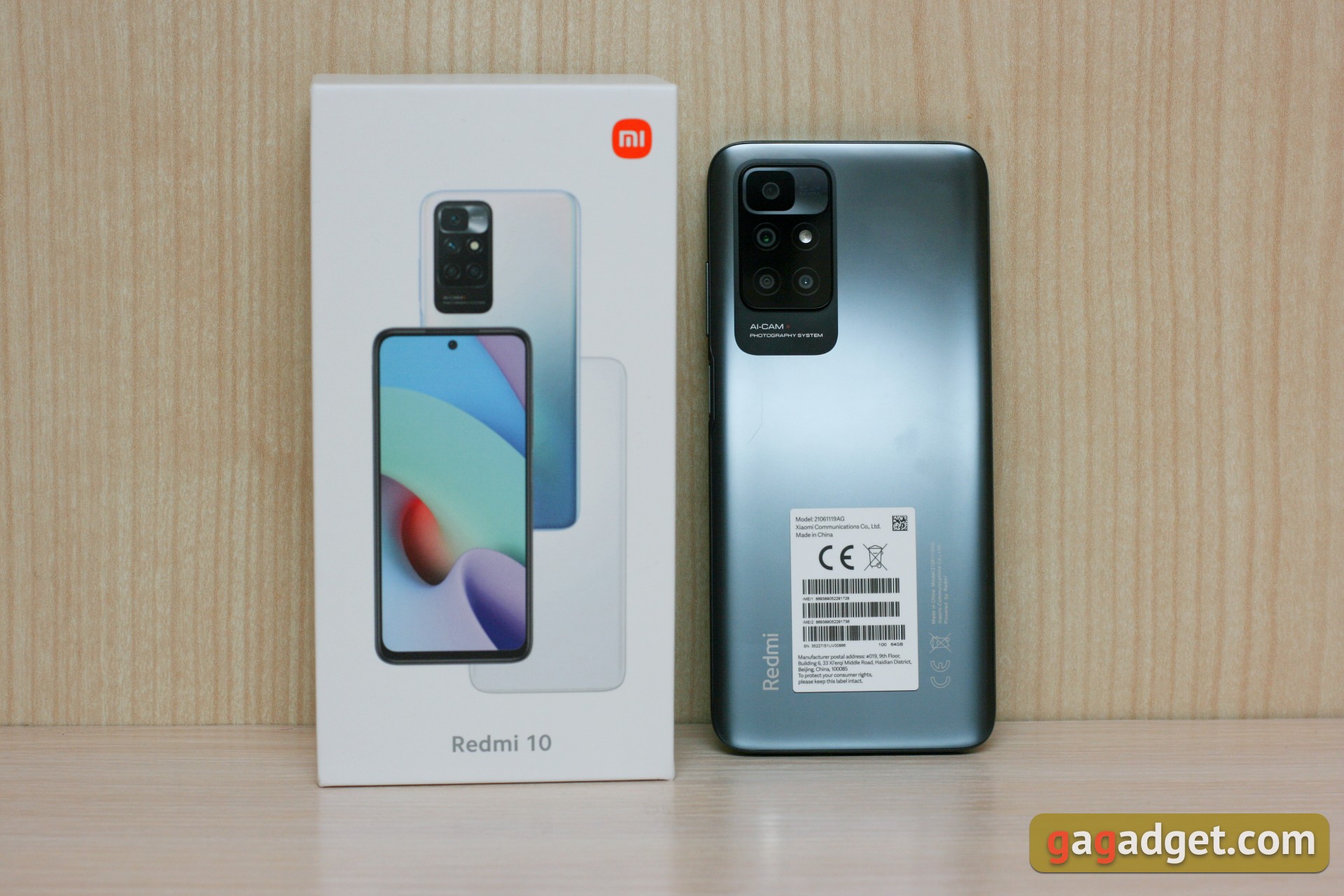
Xiaomi Redmi 10 looks a worthy continuator of the dynasty, its main difference from the previous model, perhaps, in the camera (but there are a number of other nice little things). On store shelves, the smartphone falls into tight competition. For the junior set Redmi 10 (4/64 GB) in the Ukrainian retail now ask about 5,400 UAH. In the Chinese online supermarket, the same costs $ 169, that is, falls within the range to $ 200. Who are the leaders there? It seems that Realme 6, but now it is a little more expensive. But for about the same price you can get the Redmi Note 9 in the 4/128 configuration. Yes, and the neighbor from above in the form of Redmi Note 10 is not far away. In a situation like this, you need to look closely at the specific offers from sellers (including promotional offers). They, in the presence of a good discount, in one fell swoop can mix up all our calculations outlined here. That's as far as prices go. And the Redmi 10 itself is about what the Redmi 9 was last year, with no breakthroughs or migration to another class. It's not the kind of smartphone one upgrades to from the last generation. But it would do well as a first device for the undemanding user or as a replacement for an older budget phone.
5 reasons to buy Redmi 10:
- universal, solid appearance;
- high resolution main camera and manual shooting control mode;
- separate slots for two SIM-cards and MicroSD;
- stereo speakers and a headphone jack;
- fast enough charging, low self-discharge and powerbank function.
5 reasons not to buy Redmi 10:
- low performance;
- modest video shooting capabilities;
- third-party app ads in MIUI interface;
- no NFC.
So, happy anniversary? The tenth generation of the famous budget smartphone is ready to take the market by storm. What's new, compared to the Redmi 9, and in general? First, the appearance. The back side has become more solid, the block with cameras, as by copy with other Chinese brands, moved from the center to the edge. Outwardly everything is very serious, although inside it is quite typical budgetary. Except that it is now equipped with a 50-megapixel main camera, not yet quite typical for the class, instead of the 13 MP of its predecessor. The front camera has moved from the cutout to the hole, the Mediatek platform has been slightly updated, and the second speaker has sounded. Now that's pretty much it. The update is quite in the spirit of the times. Not a bad option for those who are looking for an affordable and more or less advanced smartphone and trust the Xiaomi brand.
What's in the box?
In the box, in addition to the smartphone and charger cable, carefully put a good charger, giving up to 22.5 W and a good-looking transparent case made of very dense silicone. The manual, warranty card and a paper clip for removing the SIM tray are in a separate envelope. The display is already glued to the protective film, thin and invisible.

What does it look like?
Surprisingly austere and solid. In fact, in terms of design it makes sense to evaluate only the rear panel, and it has become much cooler and more modern than the Redmi 9. As for the front panel, we can say that the drop-shaped cutout for the front camera went out of fashion, giving way to a round hole in the display.
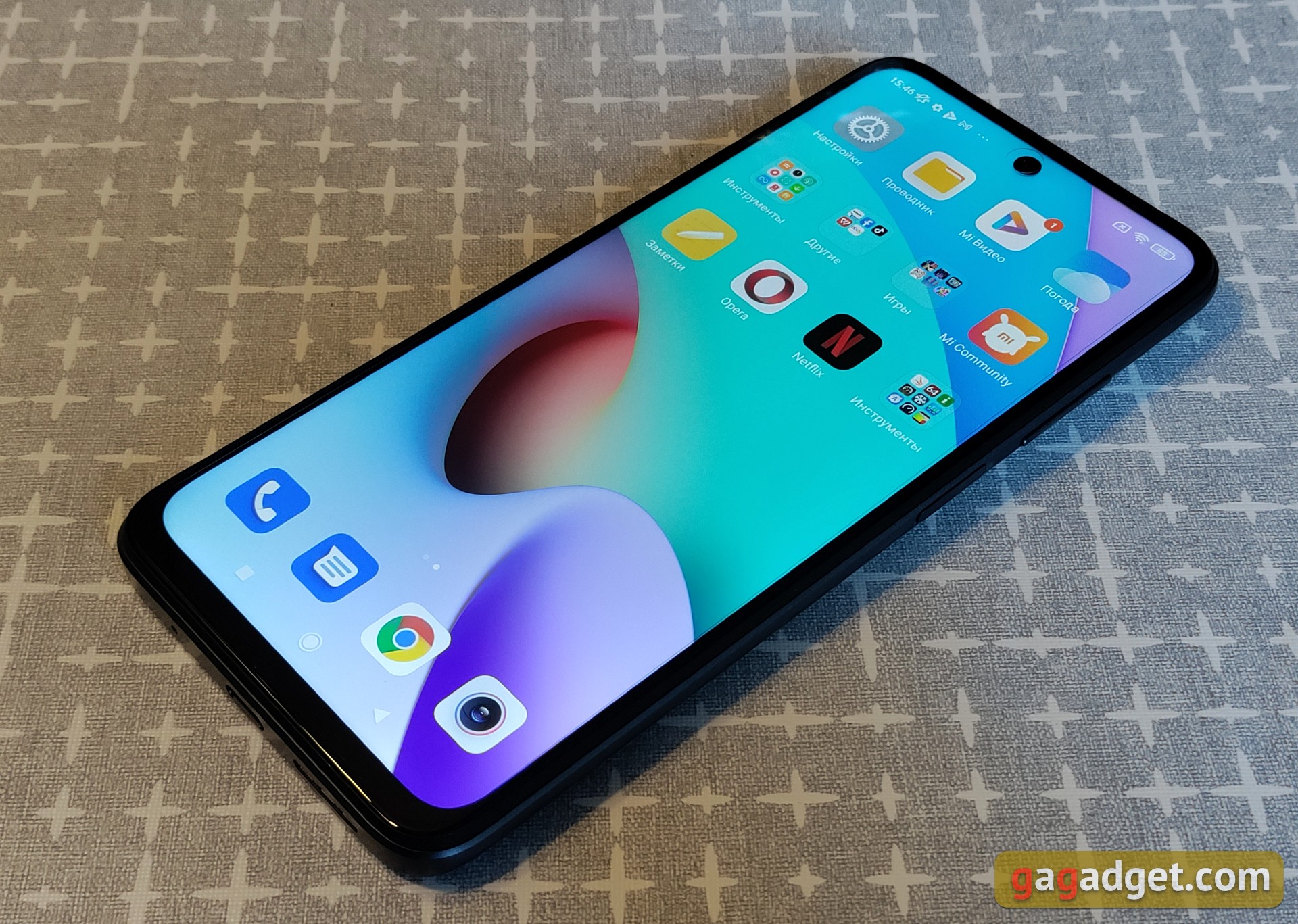
The back side is the most closely examined. Just look at this camera unit! AI-CAM Photography System is not a joke, the Chinese know how to make it look important. One of the cameras is visually outlined with a separate frame and is signed as 50-megapixel. Only physically in this place there is not it but 8-megapixel ultra-wide-angle camera, the main module is modestly hidden below. It's a funny thing, though.
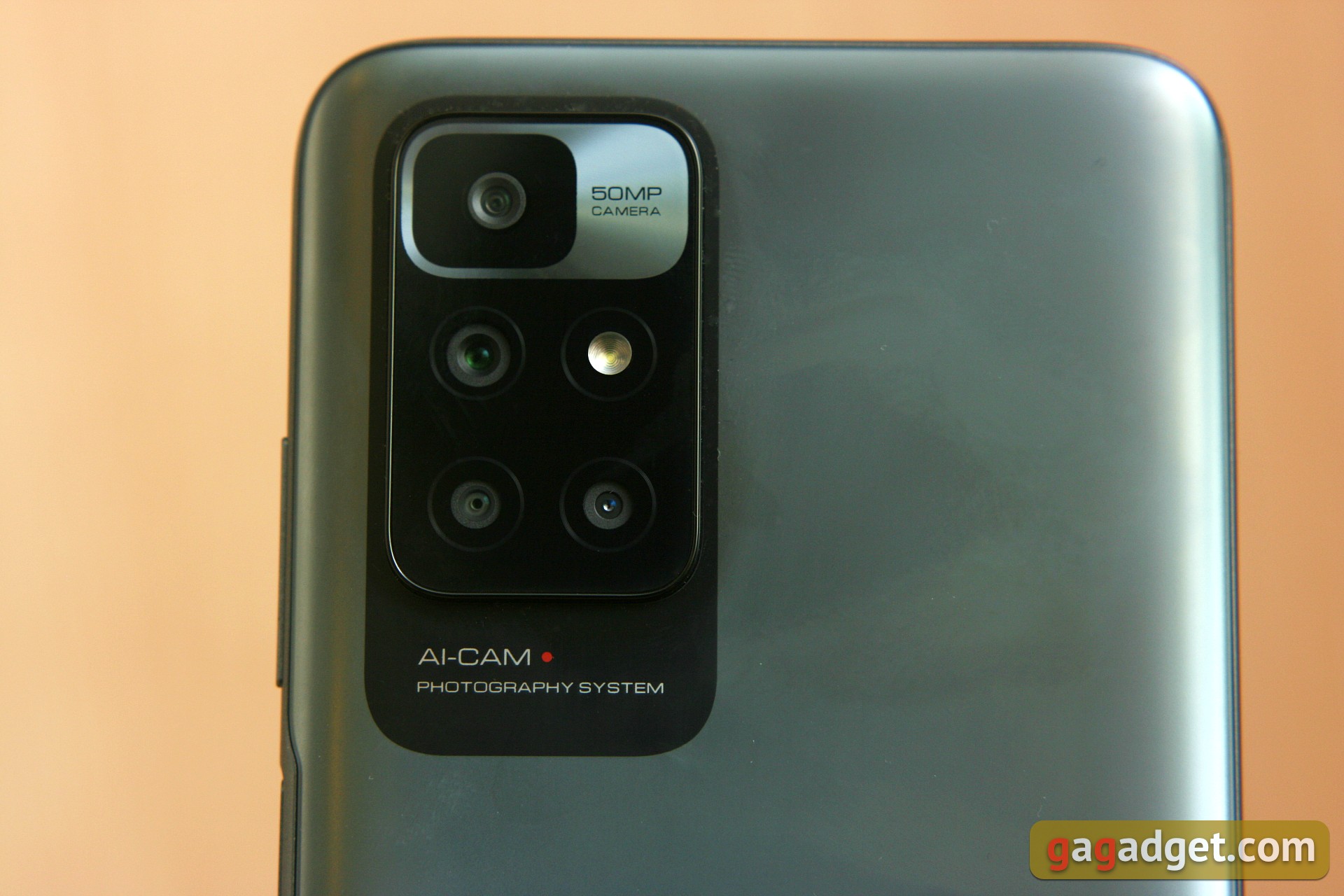
The surface of the back side is plastic, beautifully shimmering when you turn it, smooth, moderately practical. Dust sticks easily and almost no fingerprints are left behind. We got the grey variant, apart from that white and blue will also be found. Quite austere and neutral colors, no "acid".
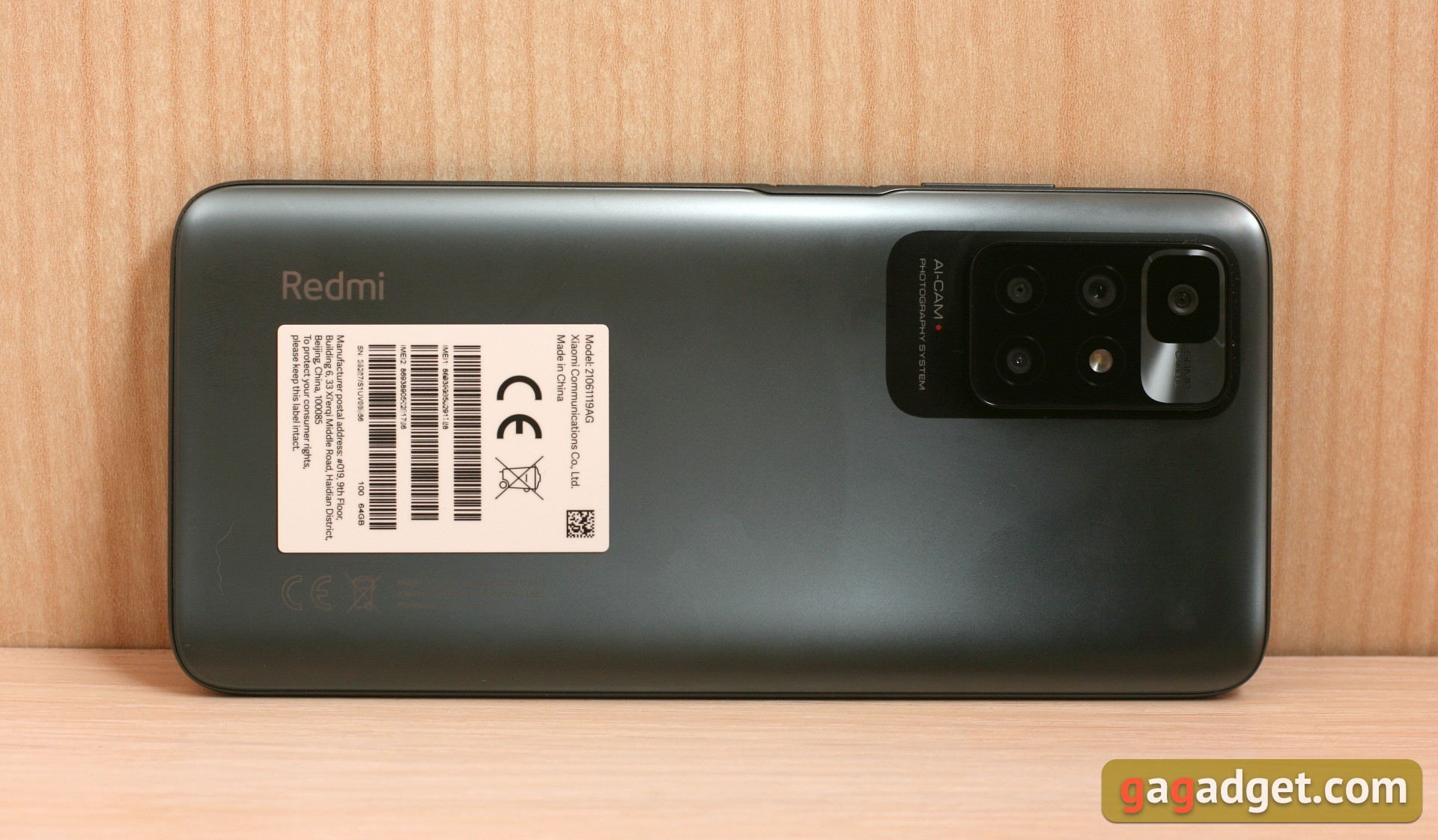
Redmi 10 has a popular nowadays chip - stereo sounding, i.e., both main and talking speakers play during audio playback. Its implementation here is unusual: on the top end there are additional holes for the speaker. The sound comes both from them, and, in fact, from the slot of the speaker itself. Next to them on the same top edge are an IR port to control the technology, a headphone jack and an additional microphone. The main microphone and the main speaker are on the opposite (i.e. lower) end, flanked by the USB-C jack. On the left edge of the frame you can find a SIM card slot, and on the right - the unchanged for several generations of Redmi design of the volume rocker and power button. The news is that the power button now has a built-in fingerprint scanner. Personally, I like this implementation much better than these newfangled sub-screen sensors of yours, we can debate in the comments.
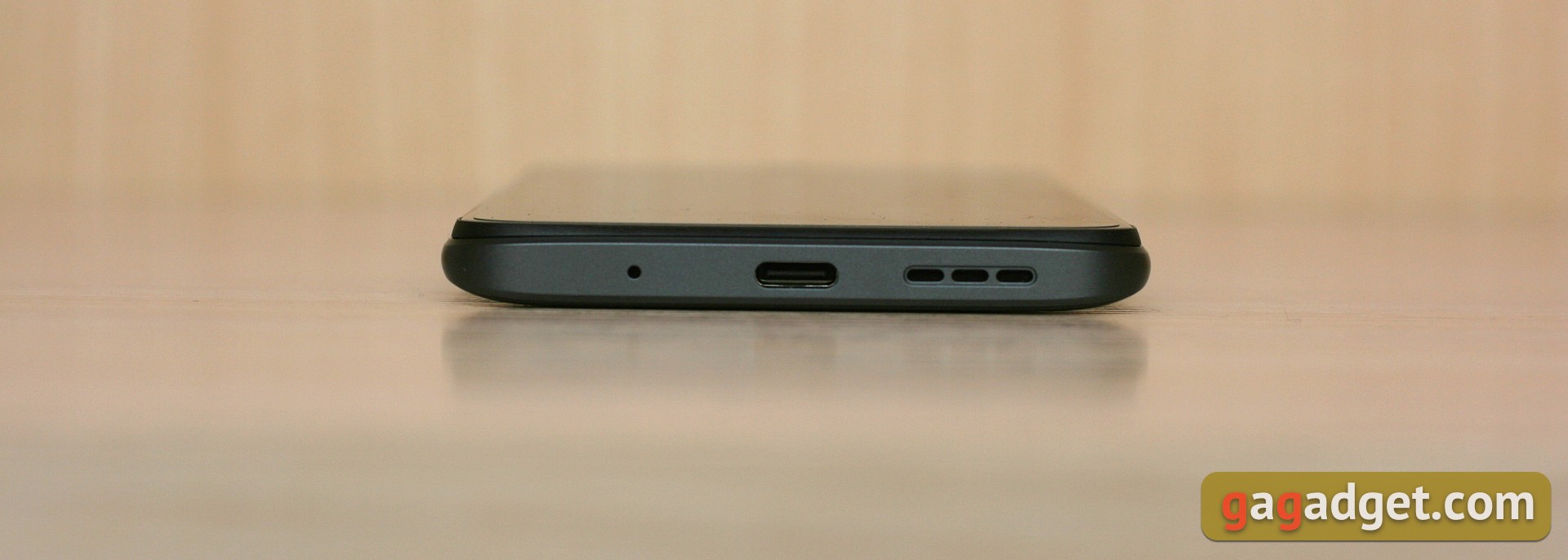
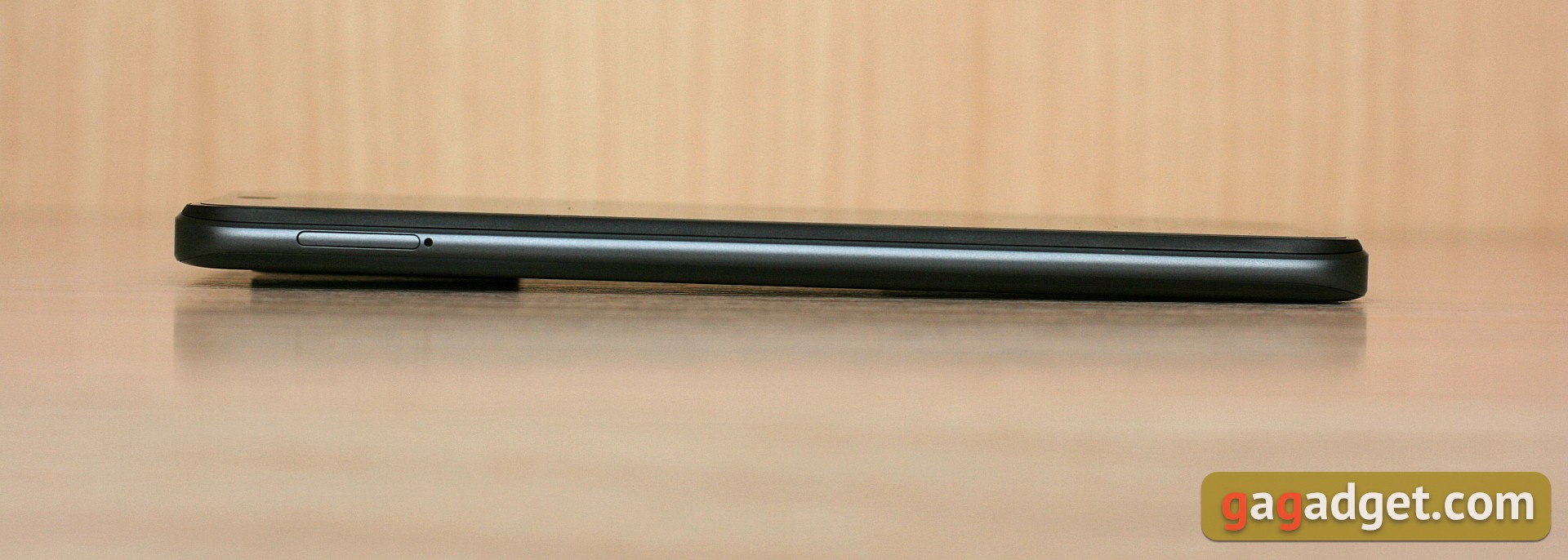
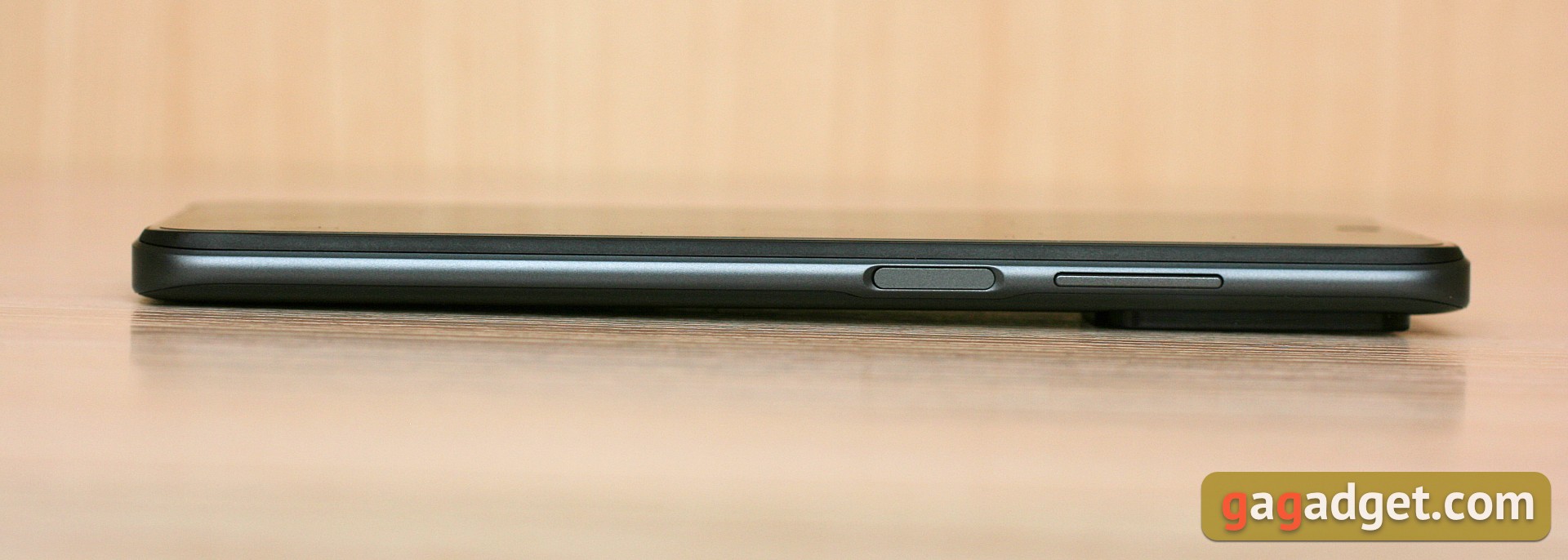
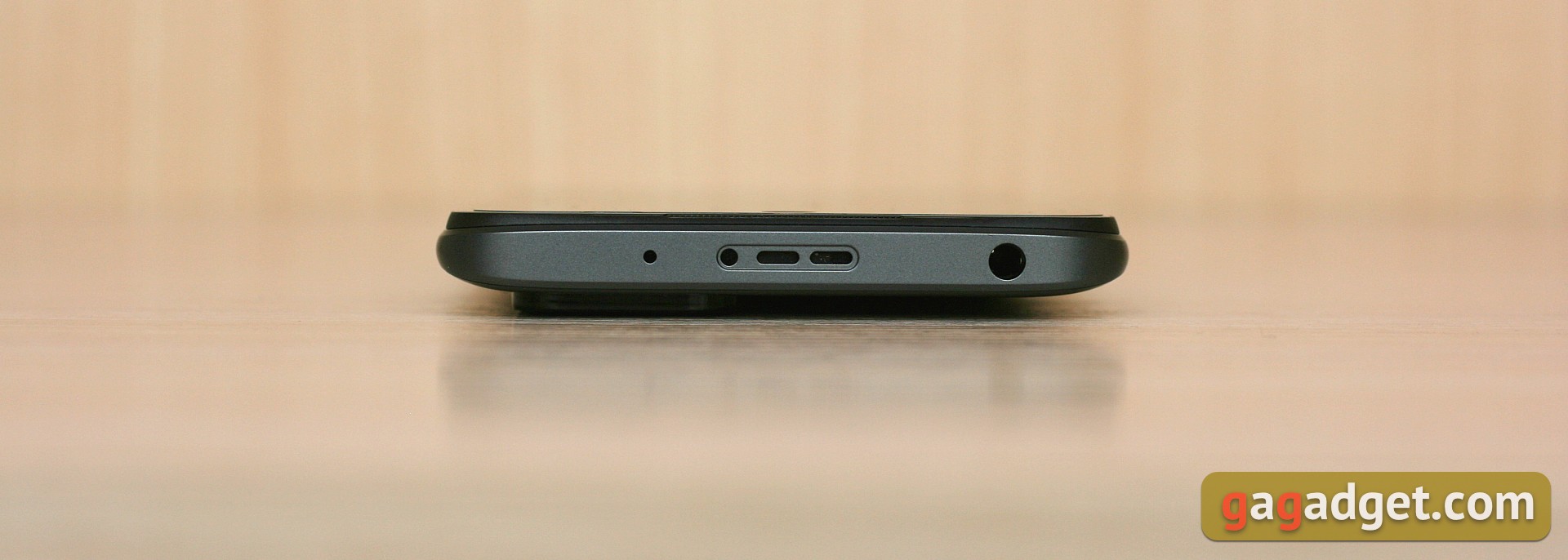


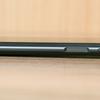

How good is the screen?
Displays with less than FullHD resolution are now only in the cheapest segment. Redmi 10 is still cooler, here the resolution is mature, 1080x2400, and the refresh rate of 90 Hz is quite in trend. If you want, you can limit it to 60 hertz in the settings to save power. There you can also adjust the color scheme, the color tone, switch on the reading mode or dark theme. Both can be activated manually or according to a schedule.






















The brightness and contrast figures look typical for displays of this type. Perhaps even brighter than the previous model, with the Redmi 10 boasting a maximum of 400 nits and the ability to turn down the backlight to a level comfortable for reading in the dark. Comparing the display to the previous version, it's worth noting the front camera that has moved into the round hole, which we've already talked about, and the slightly more elongated proportions of the screen itself.
What about performance, memory, sound and battery life?
The Redmi 10 can be classified as an "advanced entry-level class" smartphone. That is, it is powerful enough not to strain the average user with brakes. The MediaTek Helio G88 chipset has six Cortex-A55 cores running at 1.8 GHz and two more cores are more powerful, Cortex-A75 at 2 GHz. In the role of GPU is used Mali-G52 MC2. In tests the picture is predictable, the scores are low. In everyday work in the potential owner of this model will not have problems, the interface works responsibly, and in a simple toy is quite possible to play.
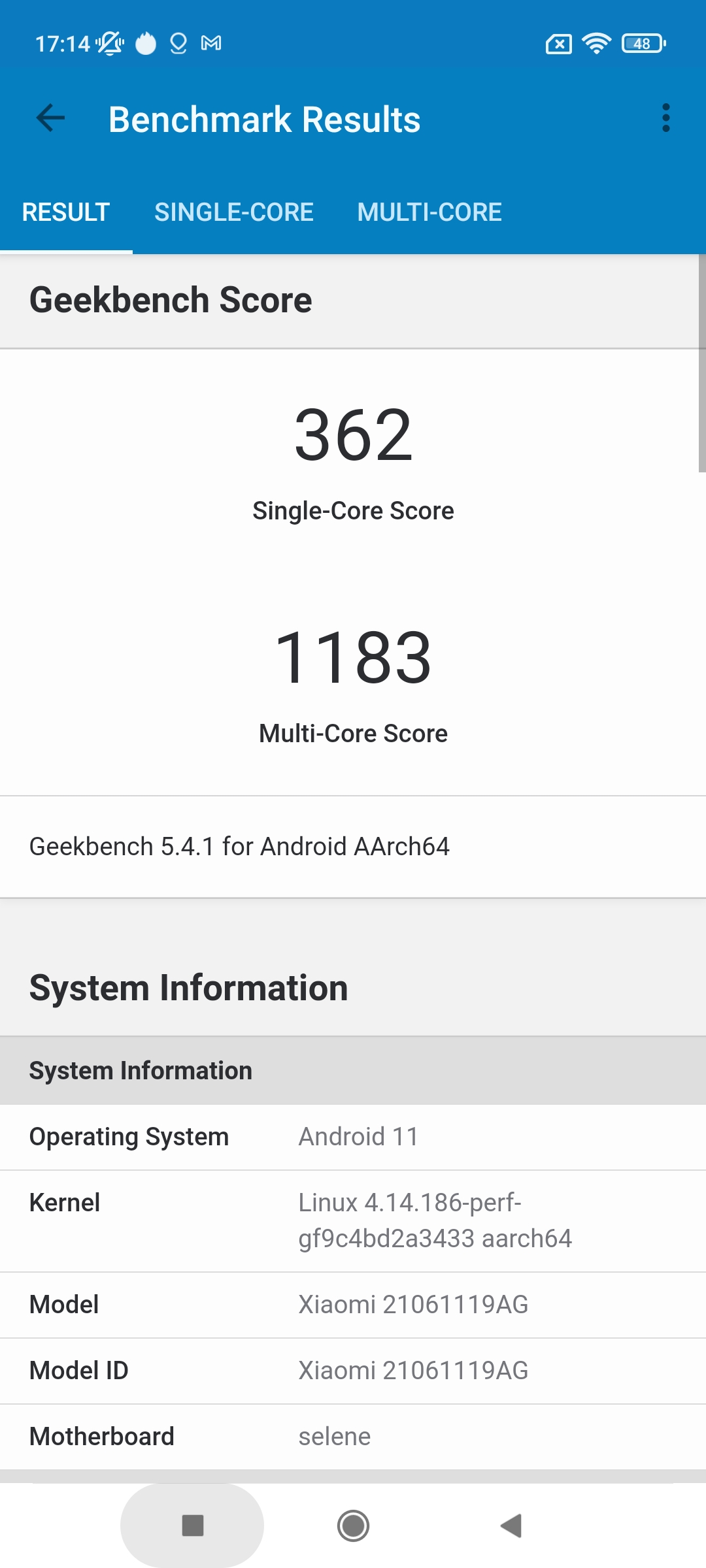
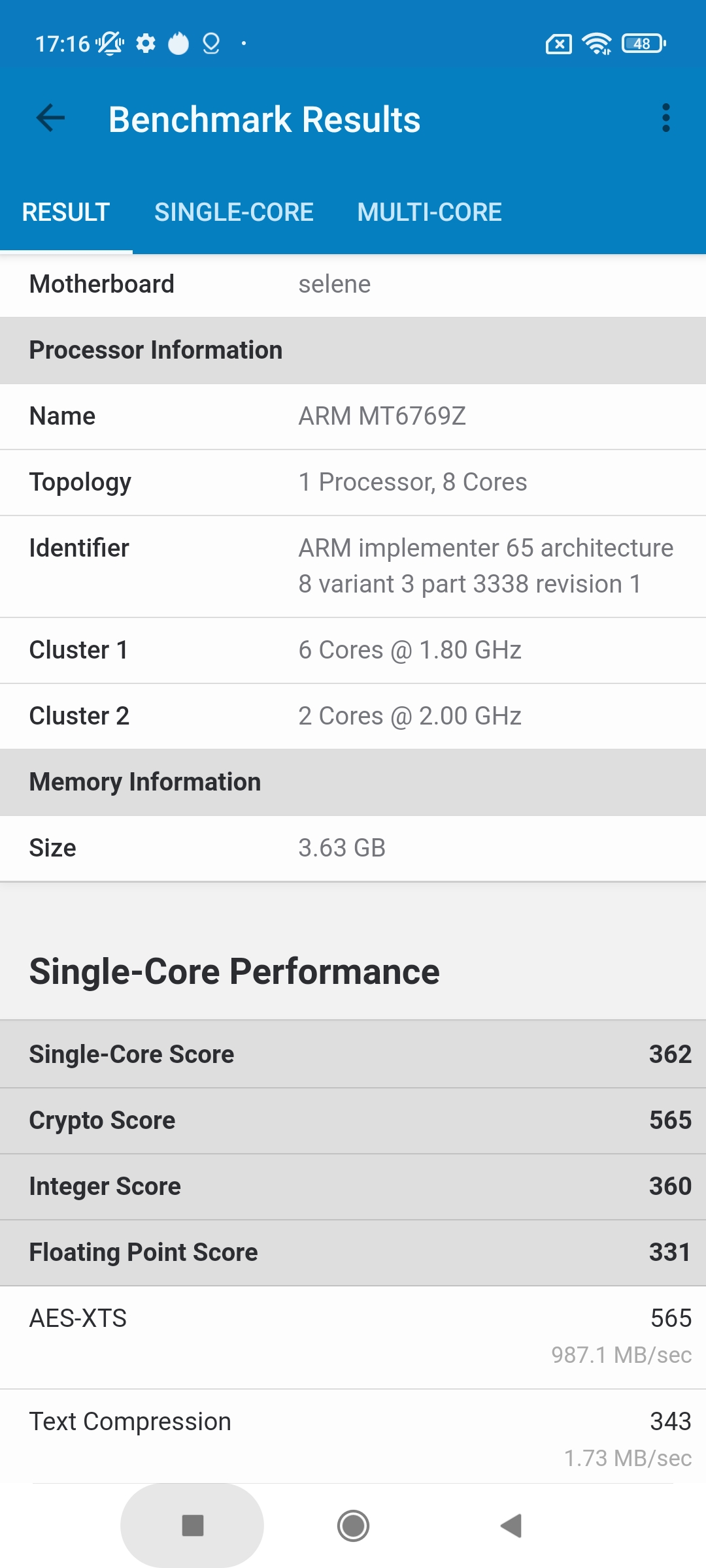
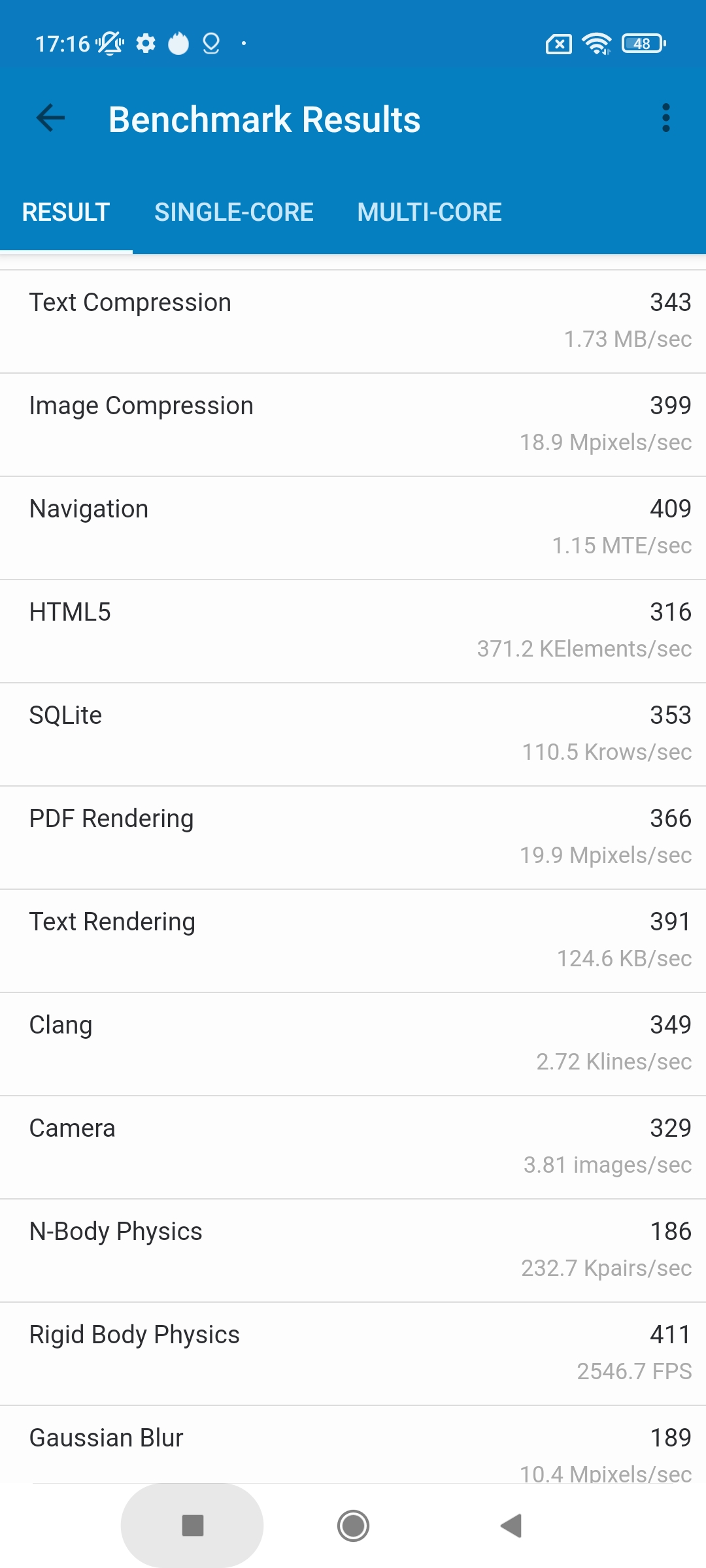
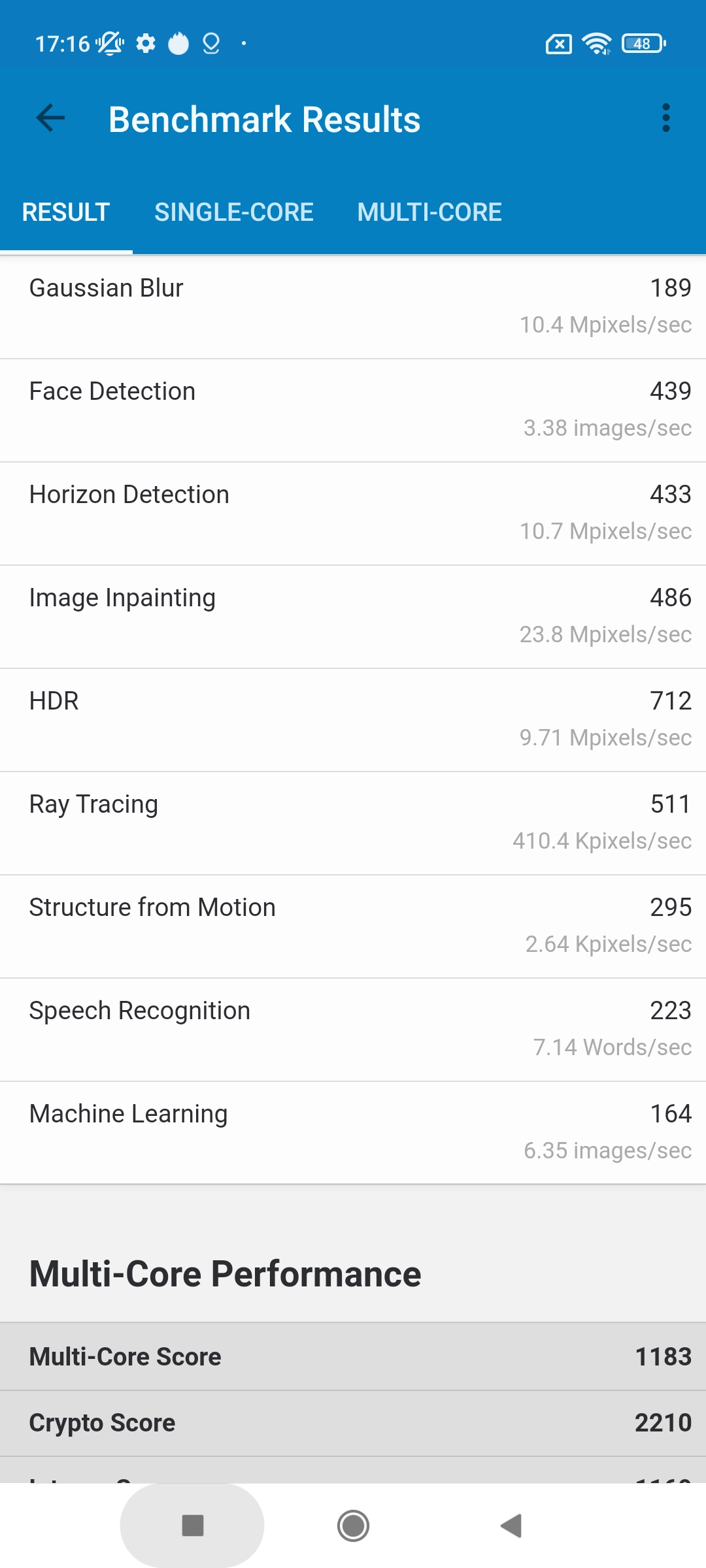

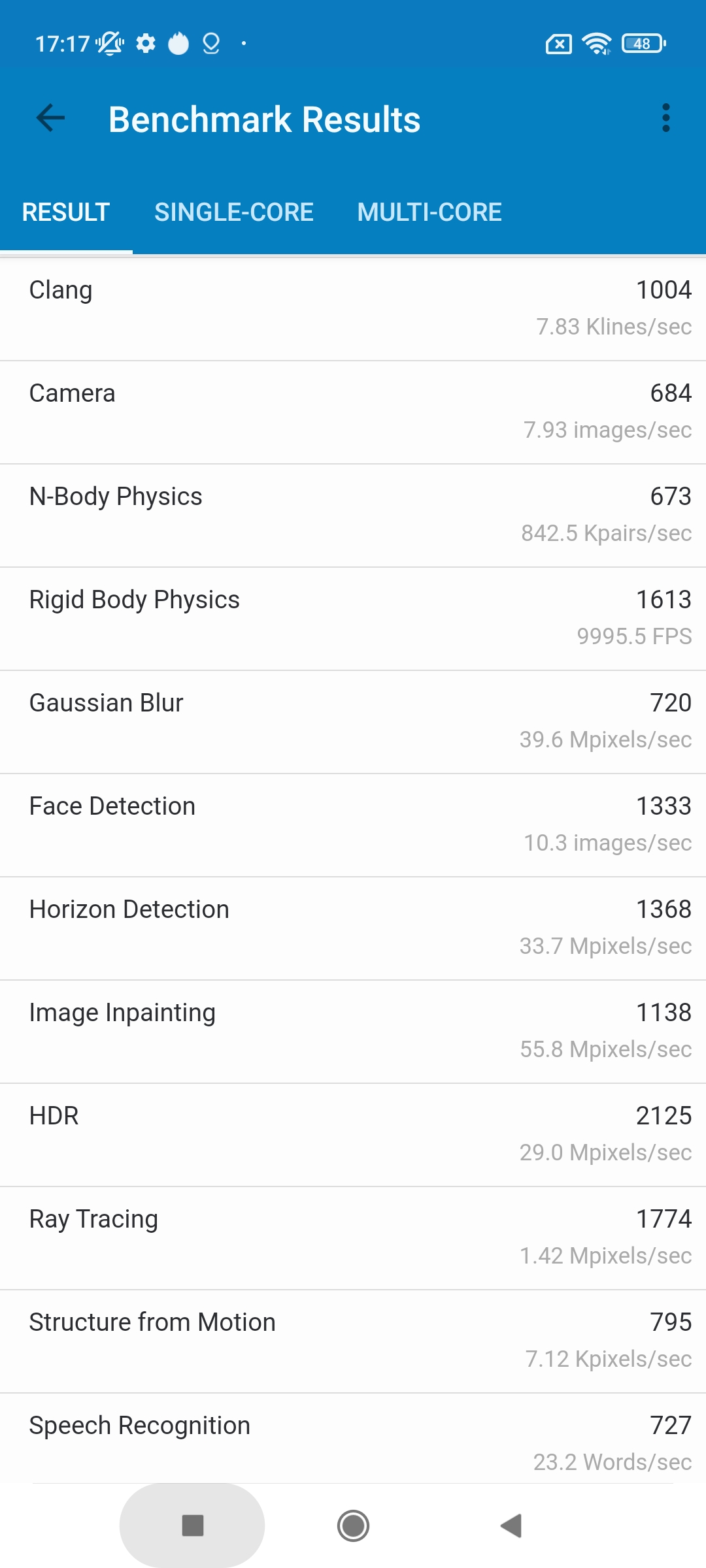
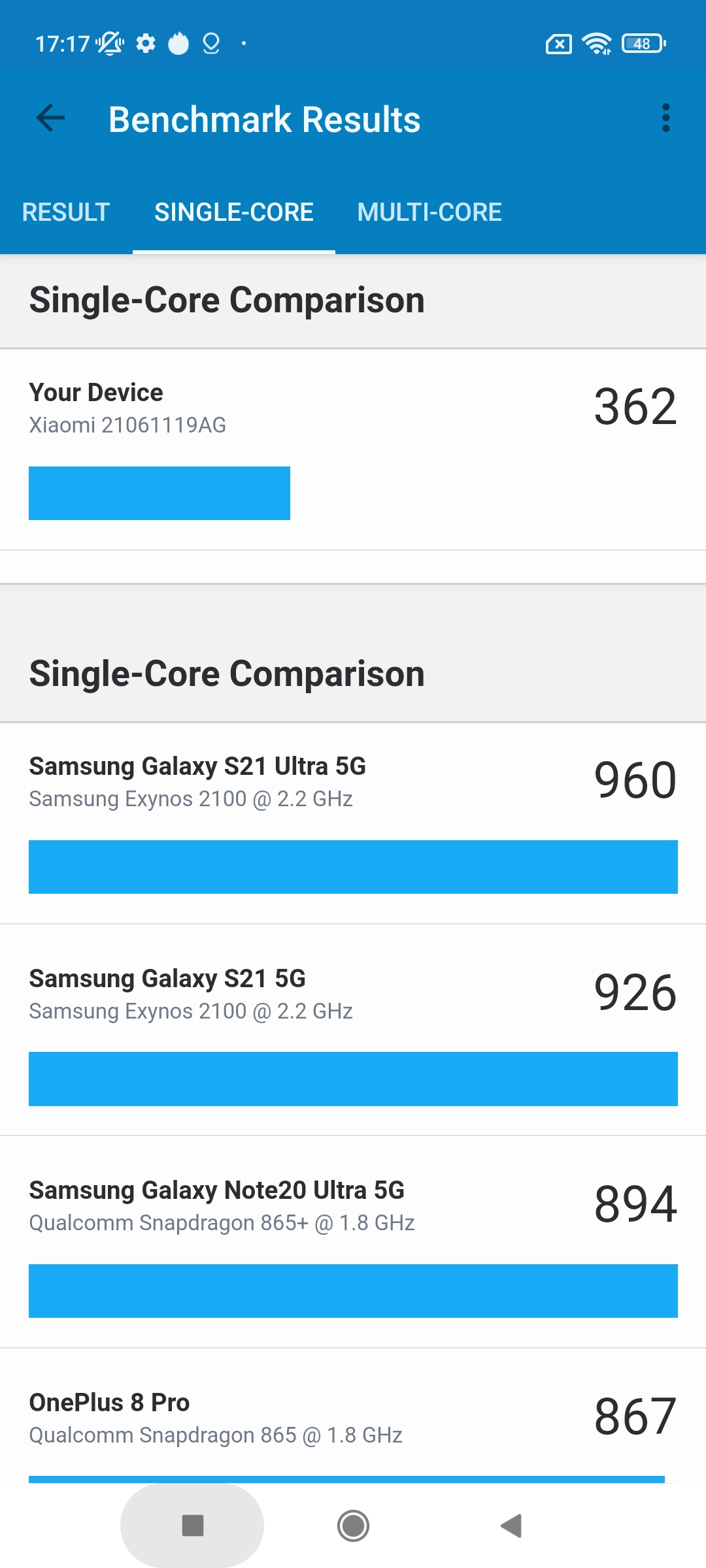
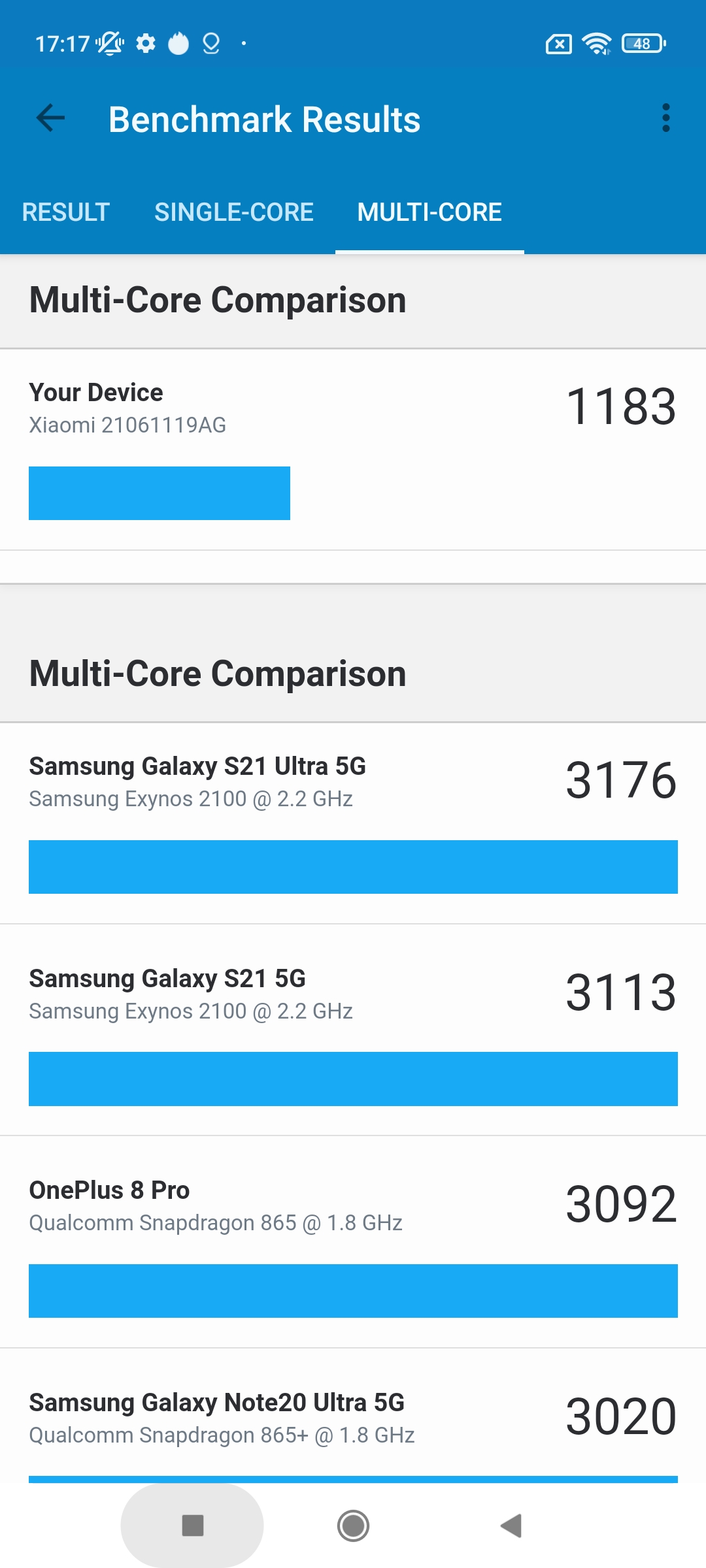
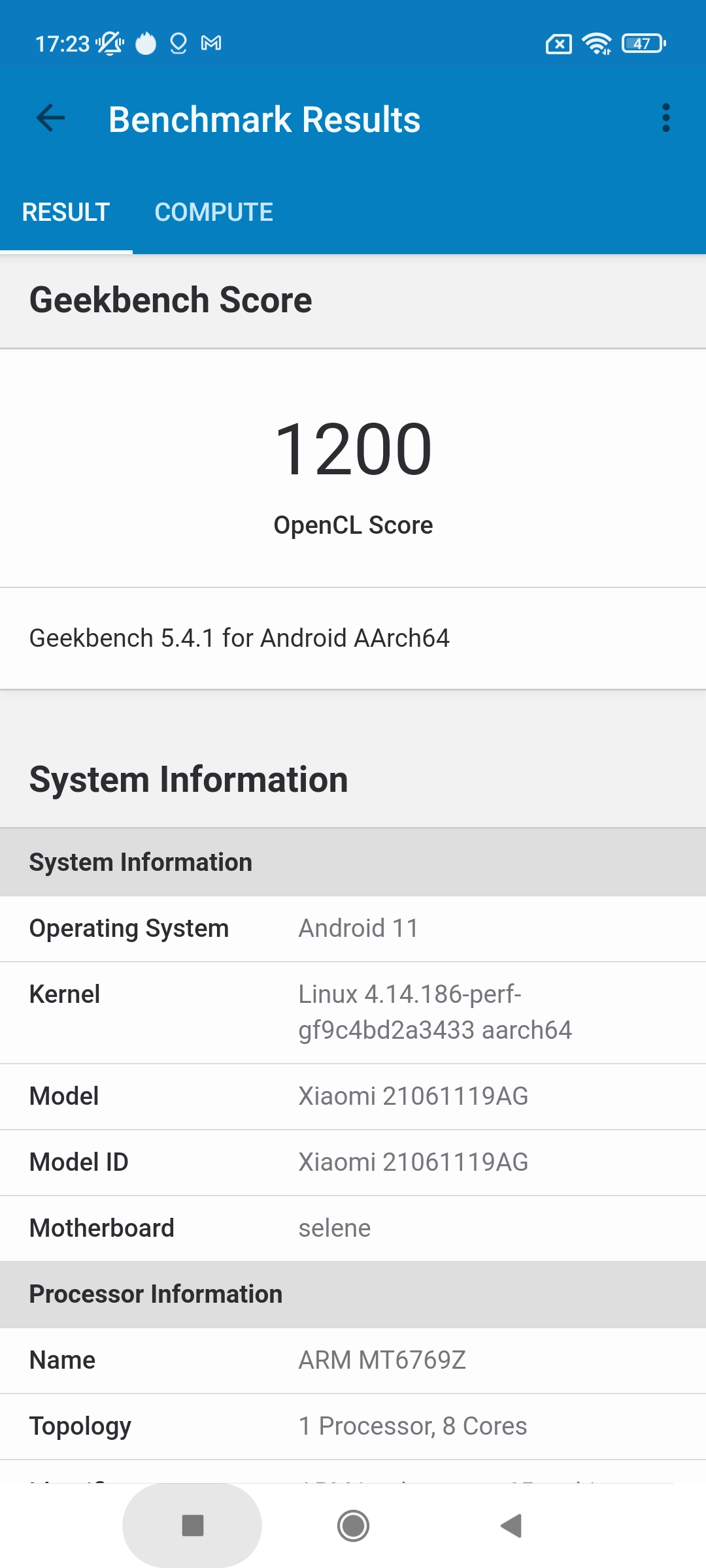

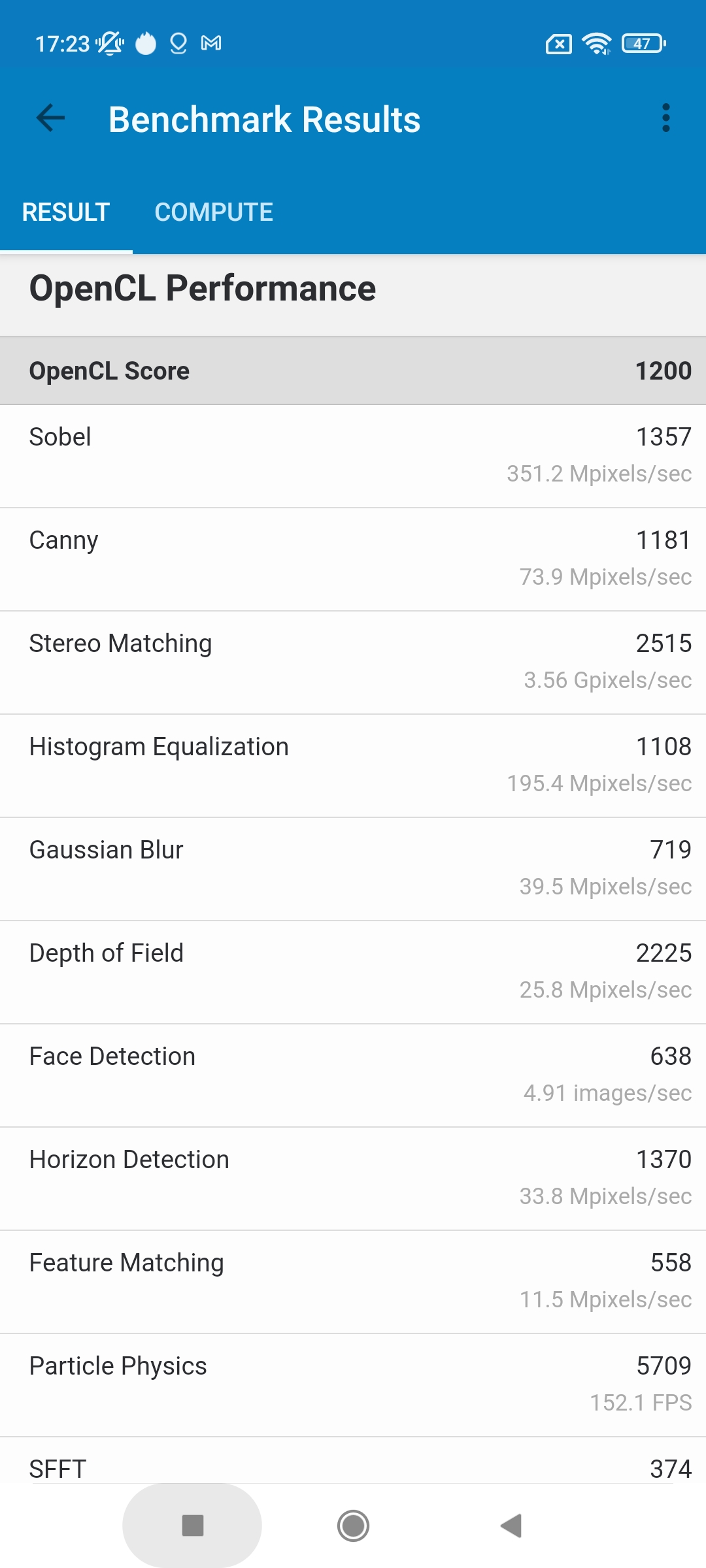
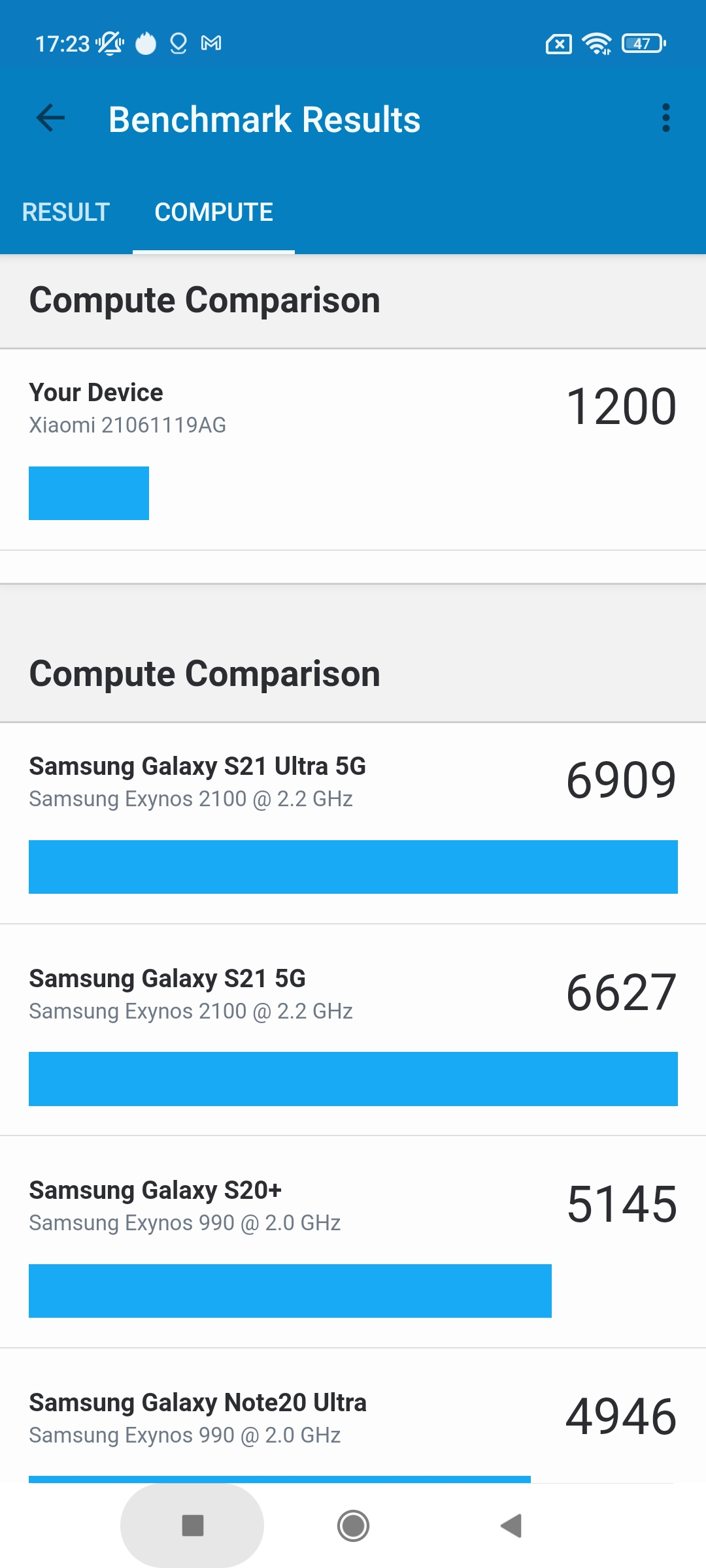

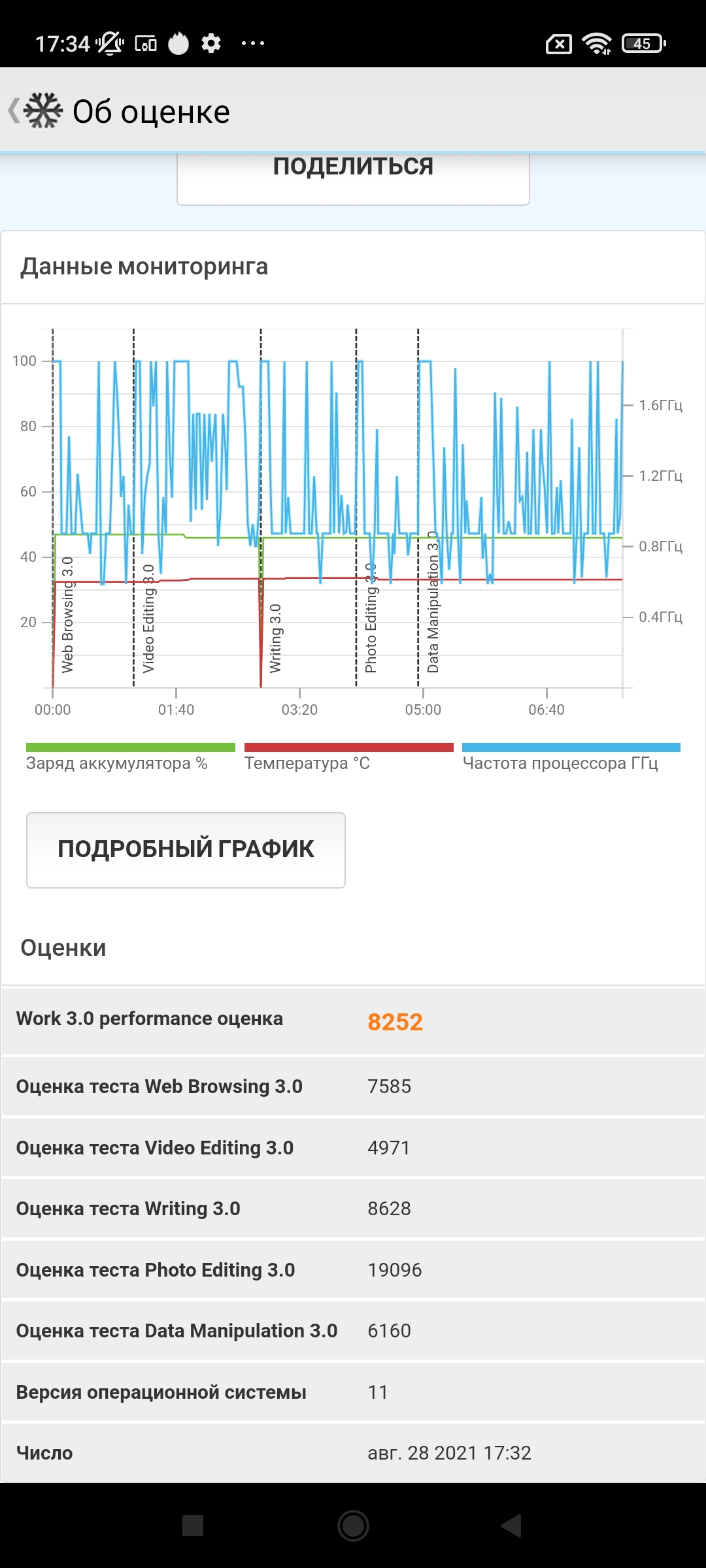
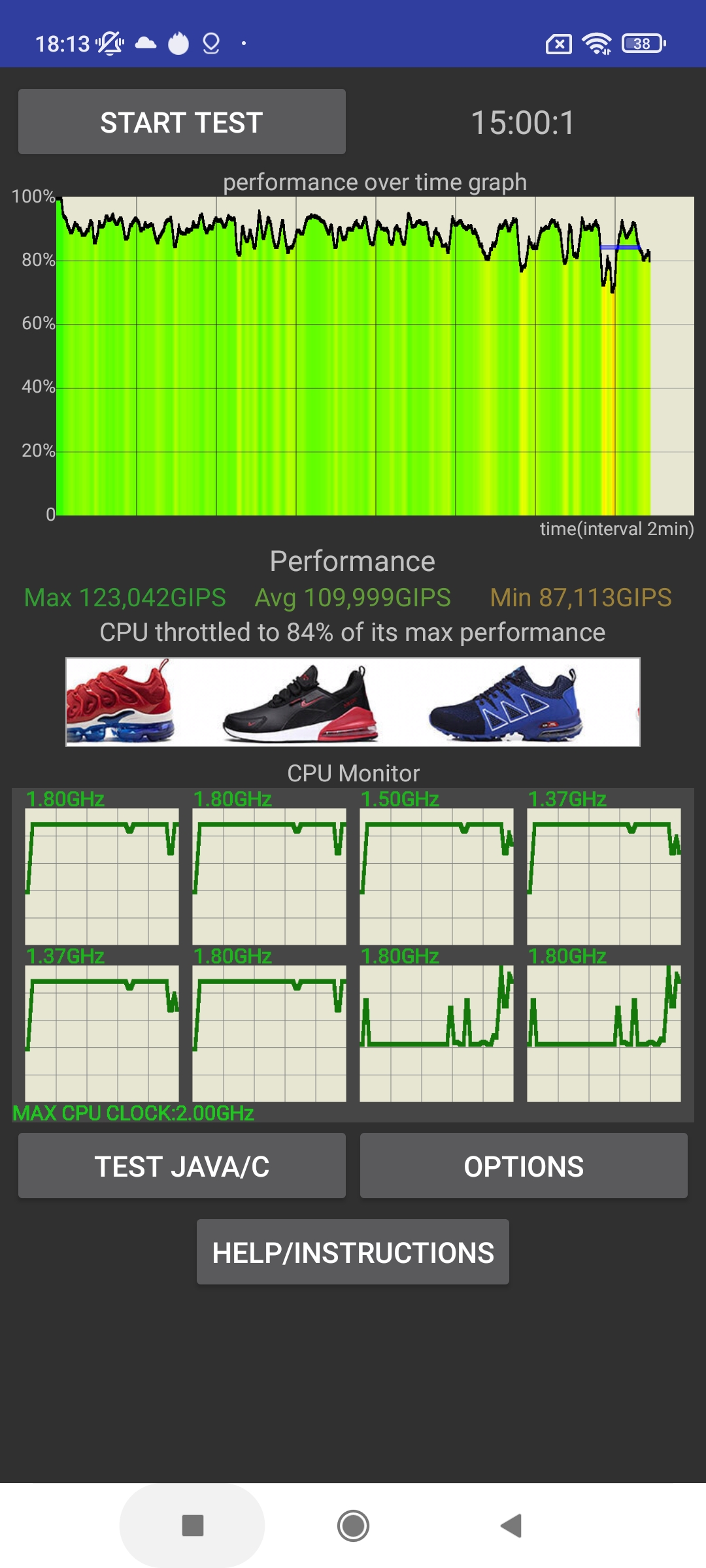
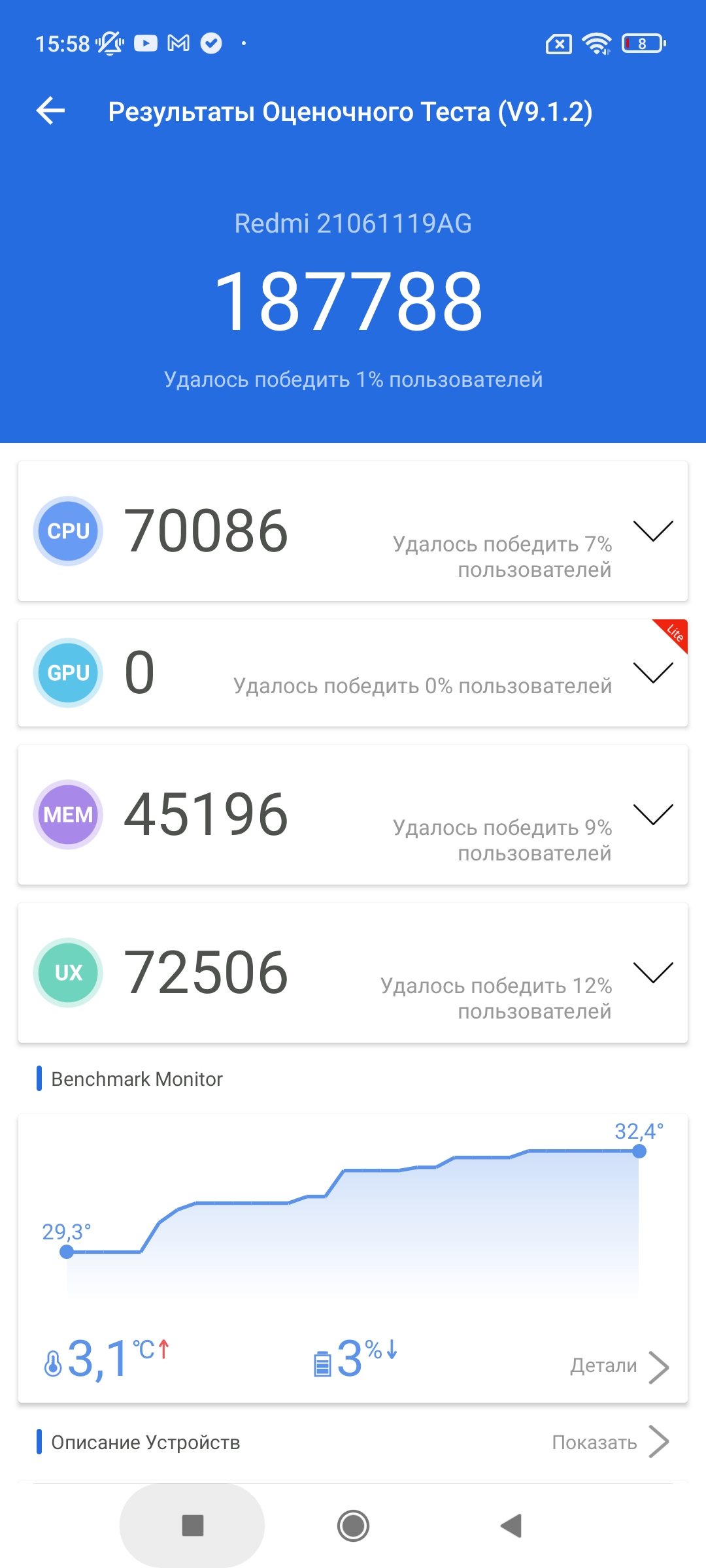

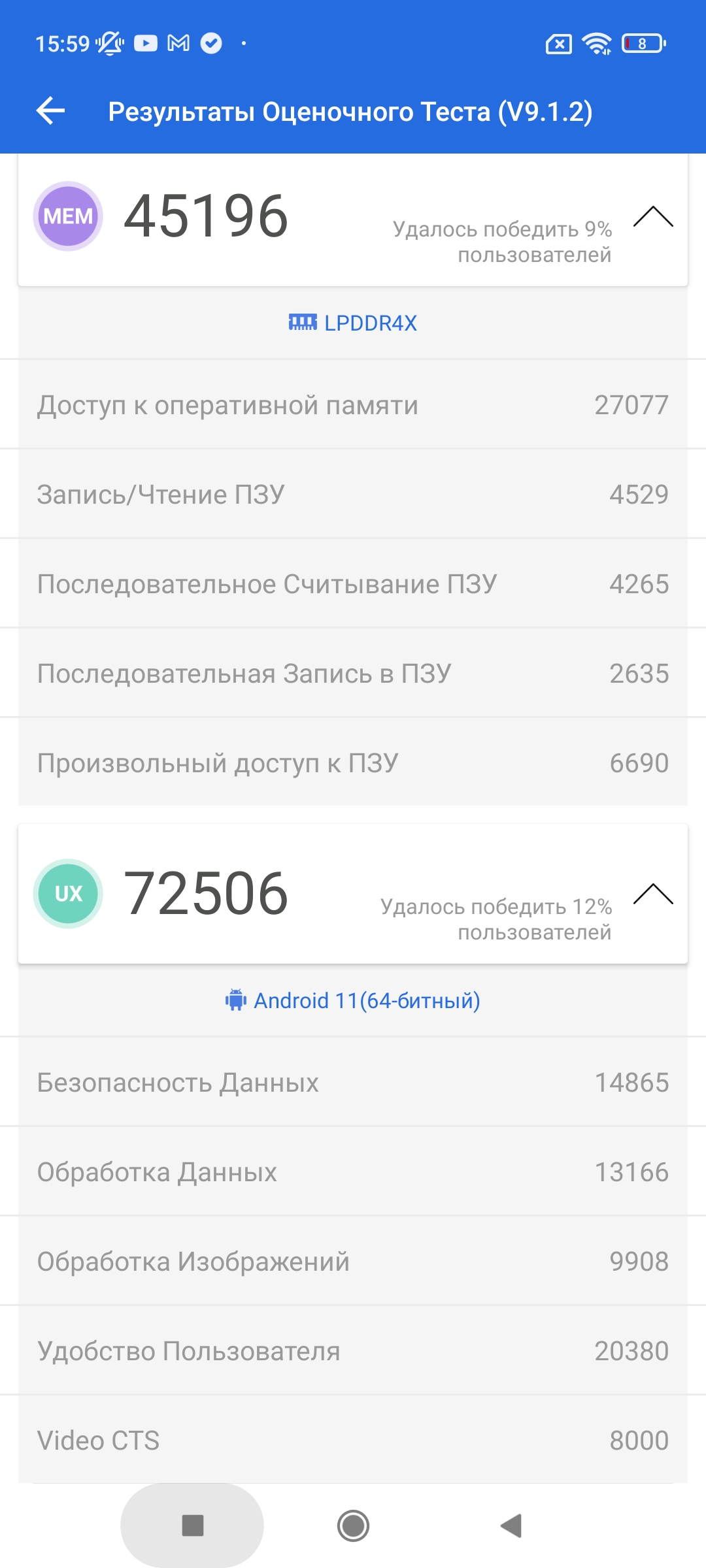
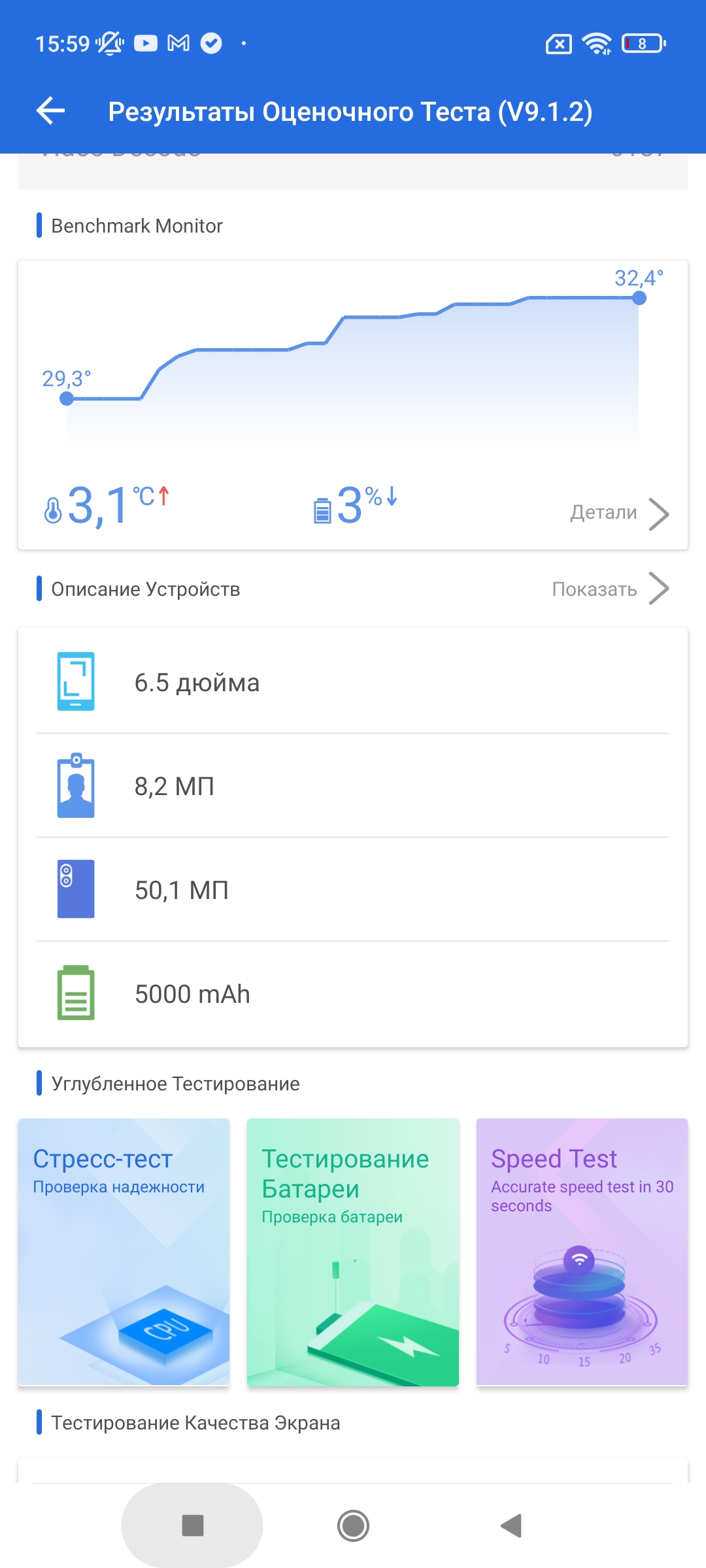



















Amount of RAM corresponds to the class of the device: 4 or 6 GB. For information storage can be available 64 or 128 GB, also depending on configuration. It is good that you can expand the memory with a microSD card, and not at the expense of the second SIM card, thankfully the smartphone is equipped with three separate slots.
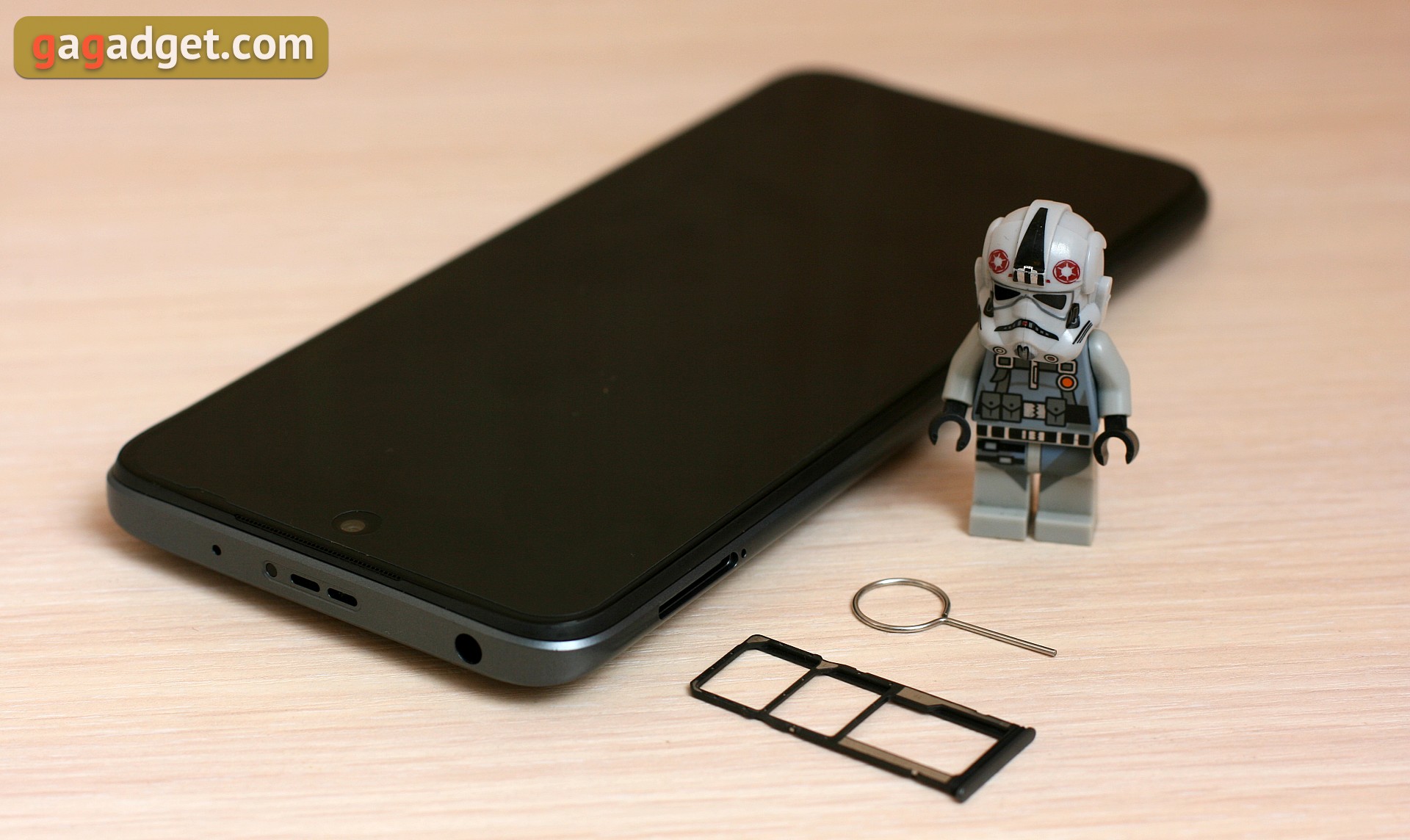
The set of communications in general gives away the budget nature of the Redmi 10. There's no support for Wi-Fi 6 and fifth-generation mobile networks, as well as NFC. The latter threatens to be a red light for some when deciding on a purchase. But fifth Wi-Fi works in two bands, there's Bluetooth 5.1, a traditional Xiaomi infrared port for controlling tech, and even an FM radio with recording function.
The sound capabilities of the smartphone are characterized by stereo speakers, which we have already mentioned above, and the presence of a headphone jack. You can see that in the absence of moisture protection, the manufacturer is not stingy with the holes in the case.
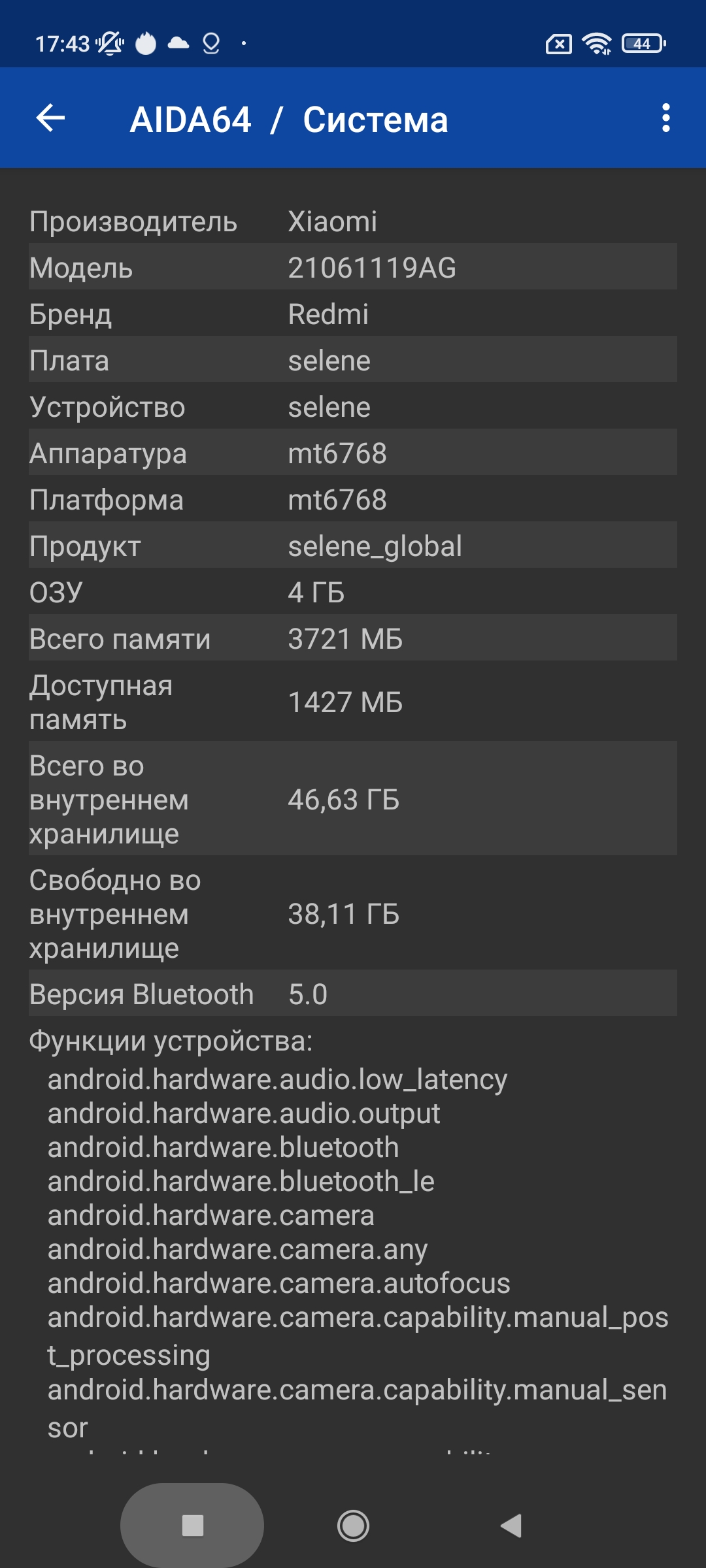
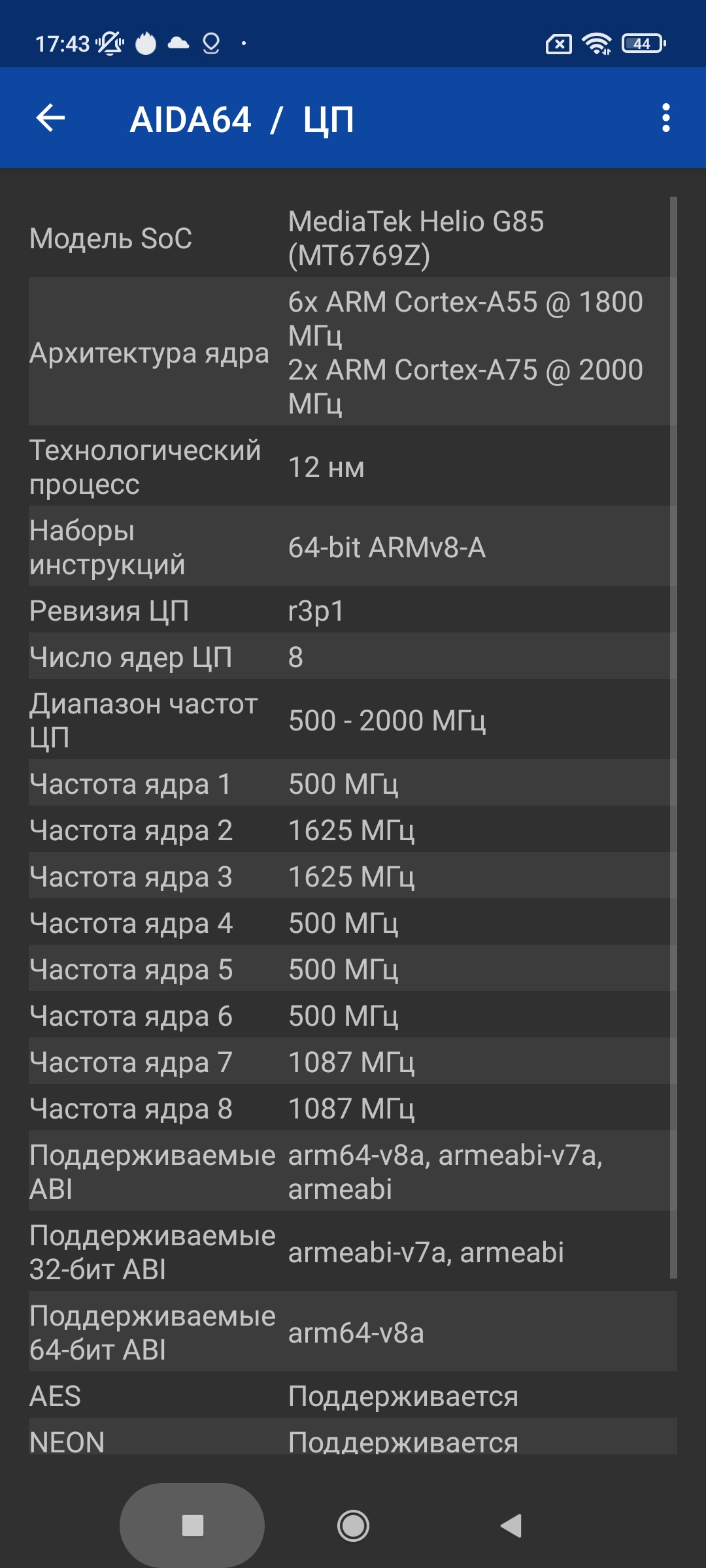
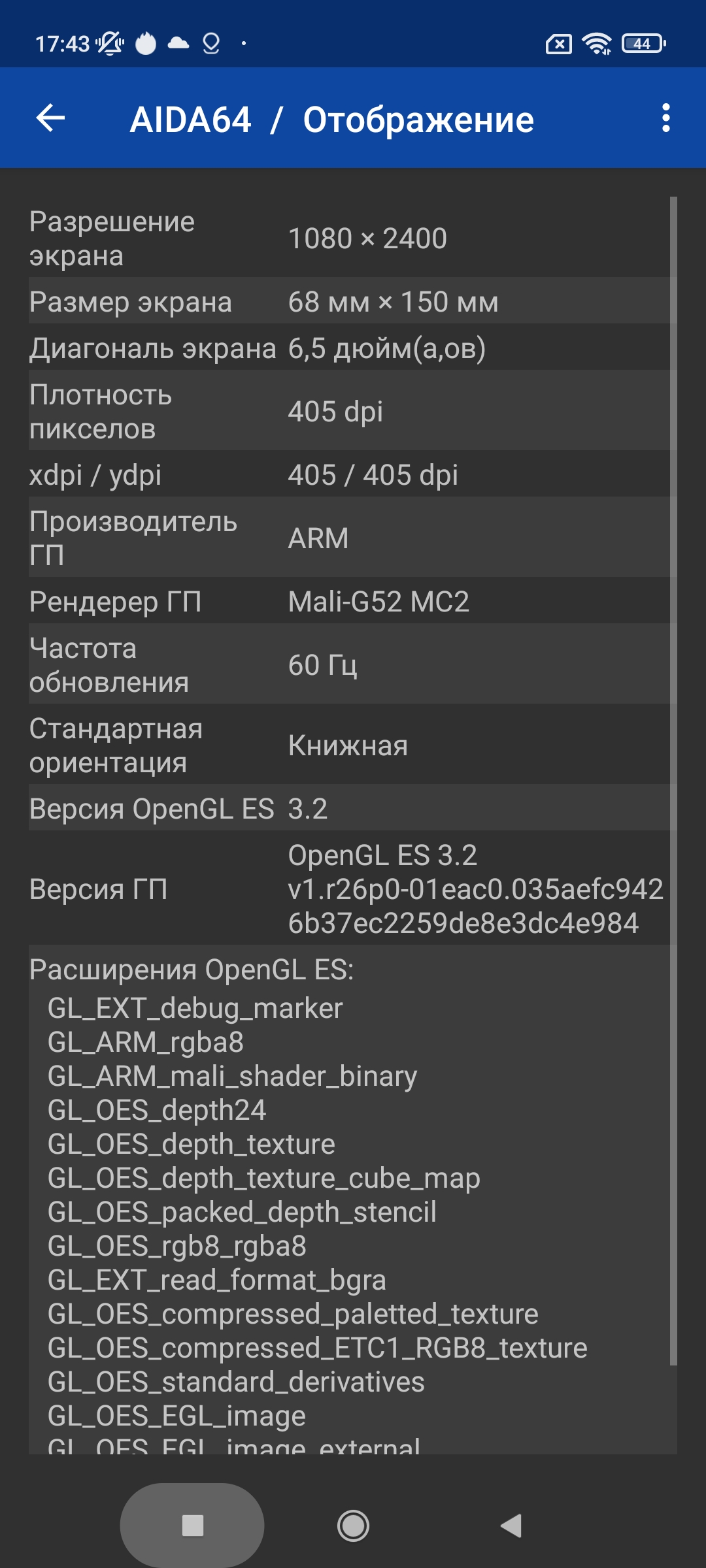
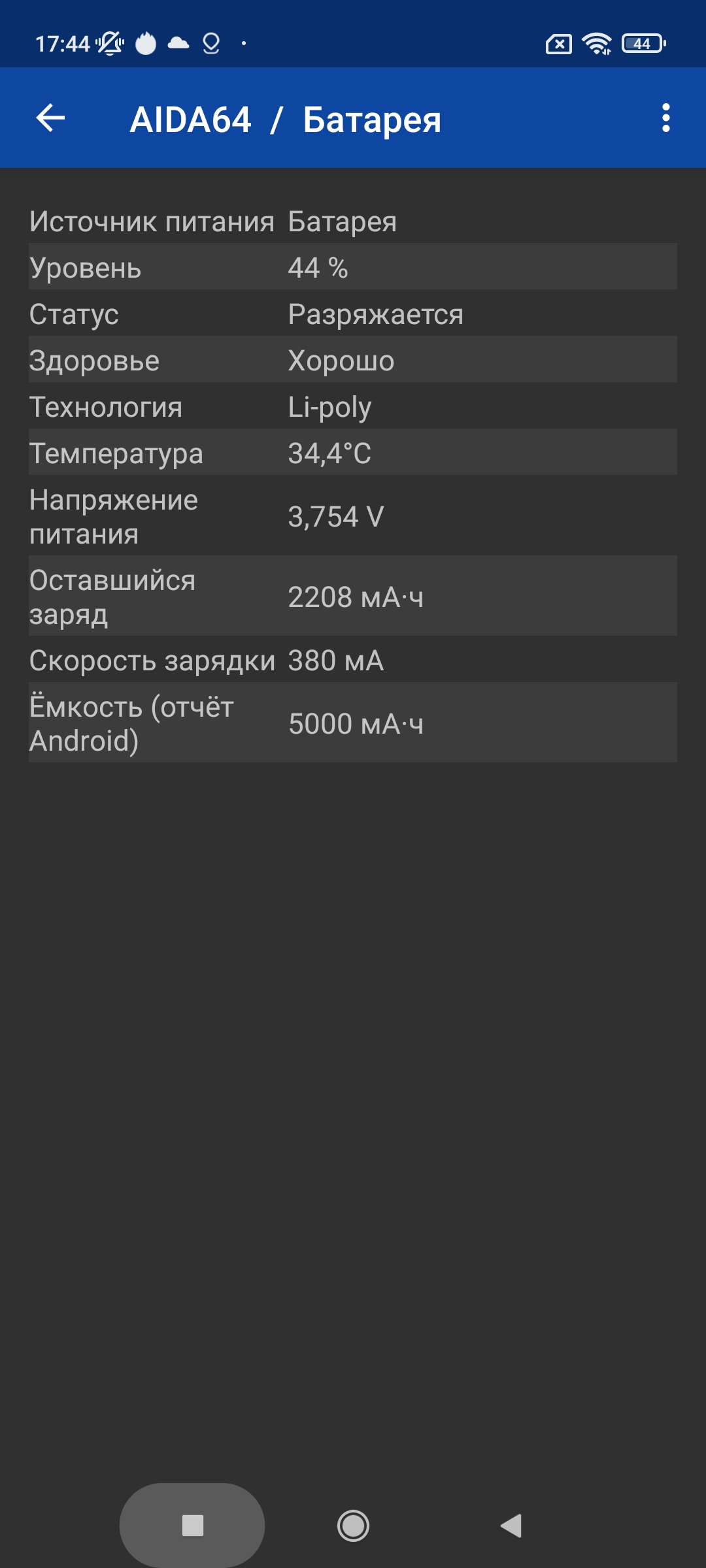

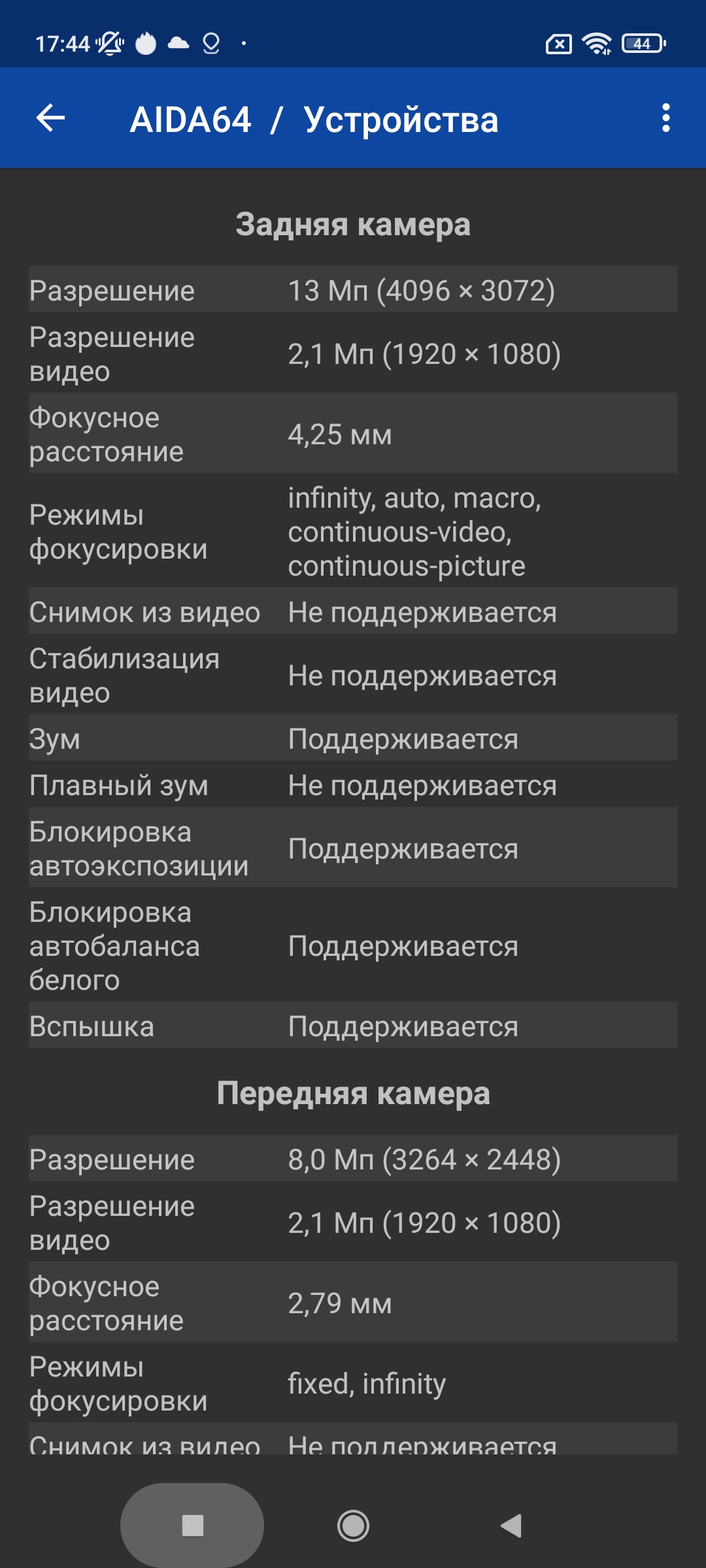
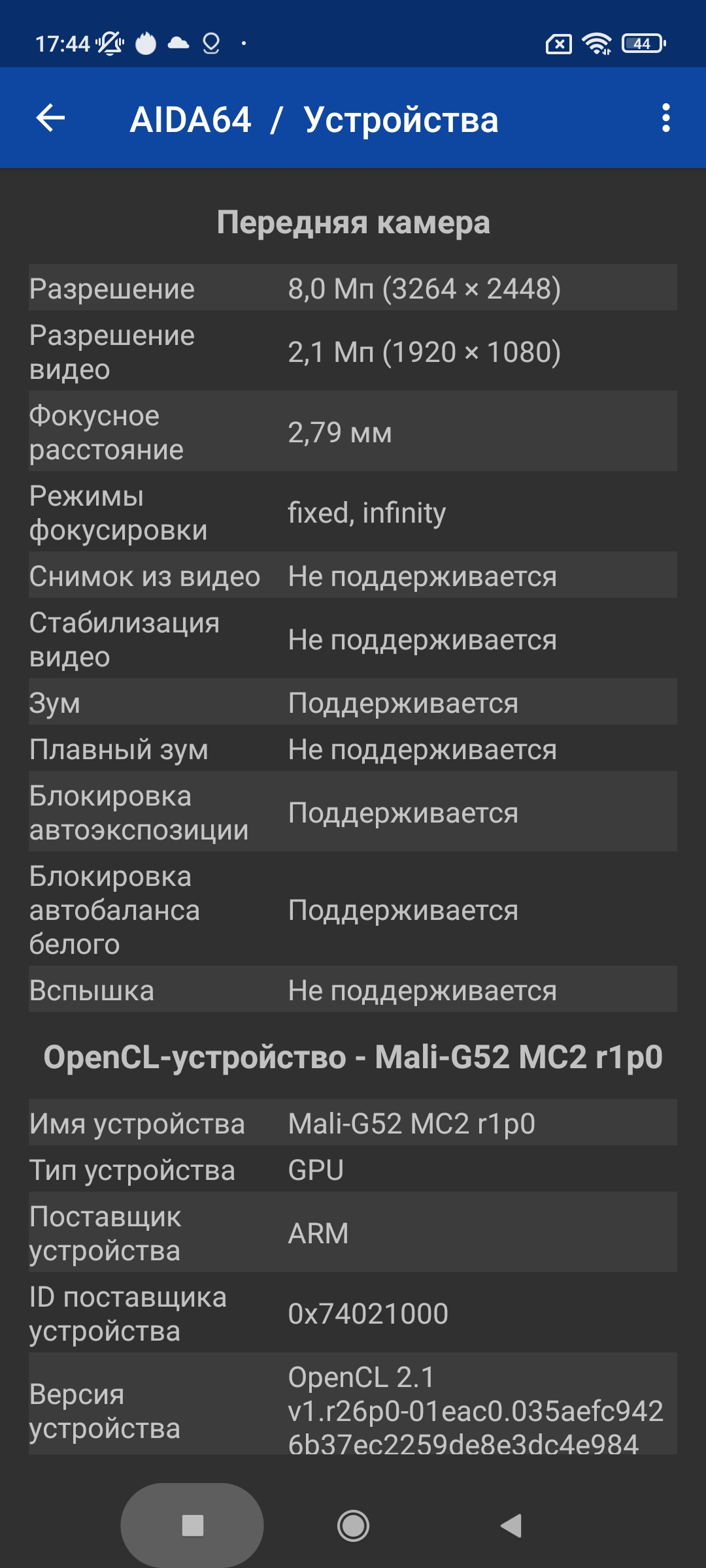
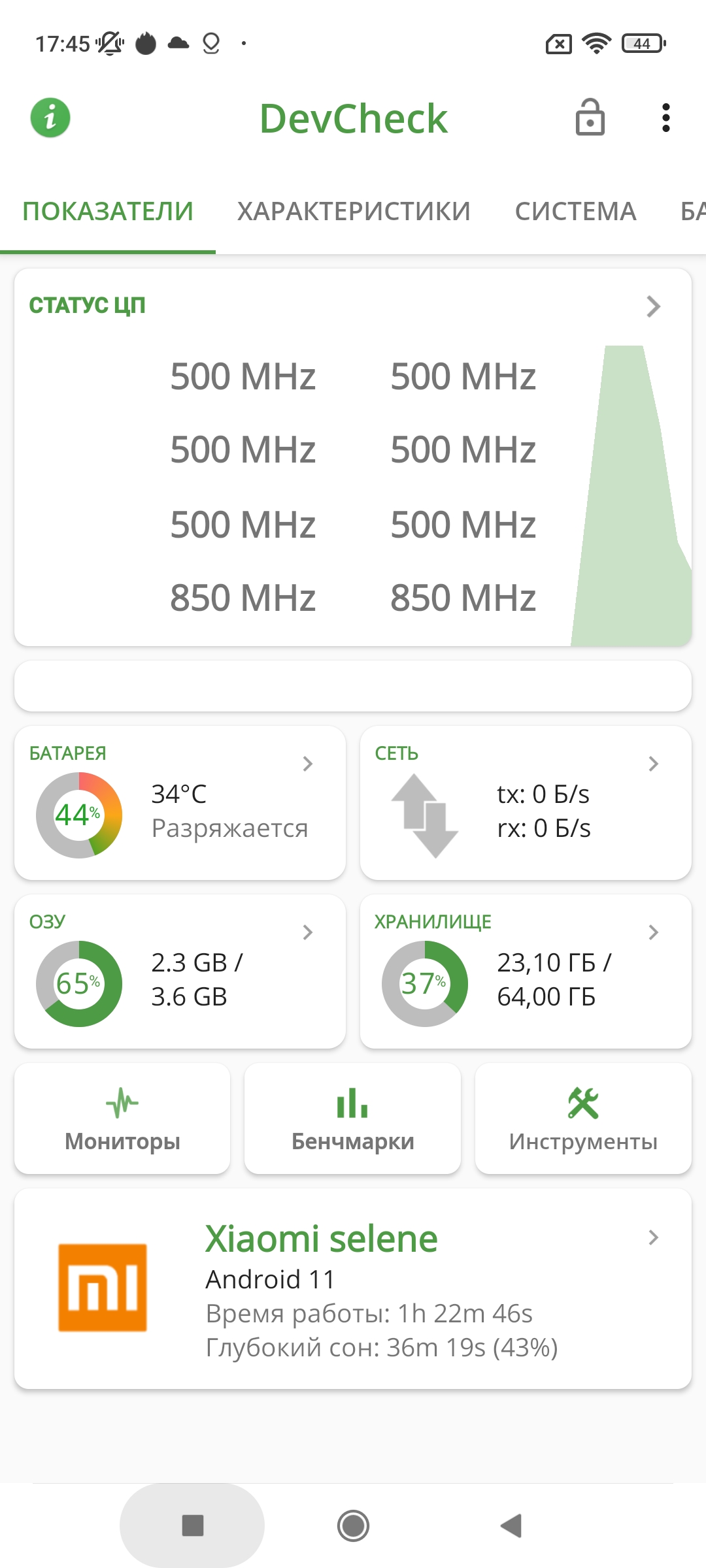
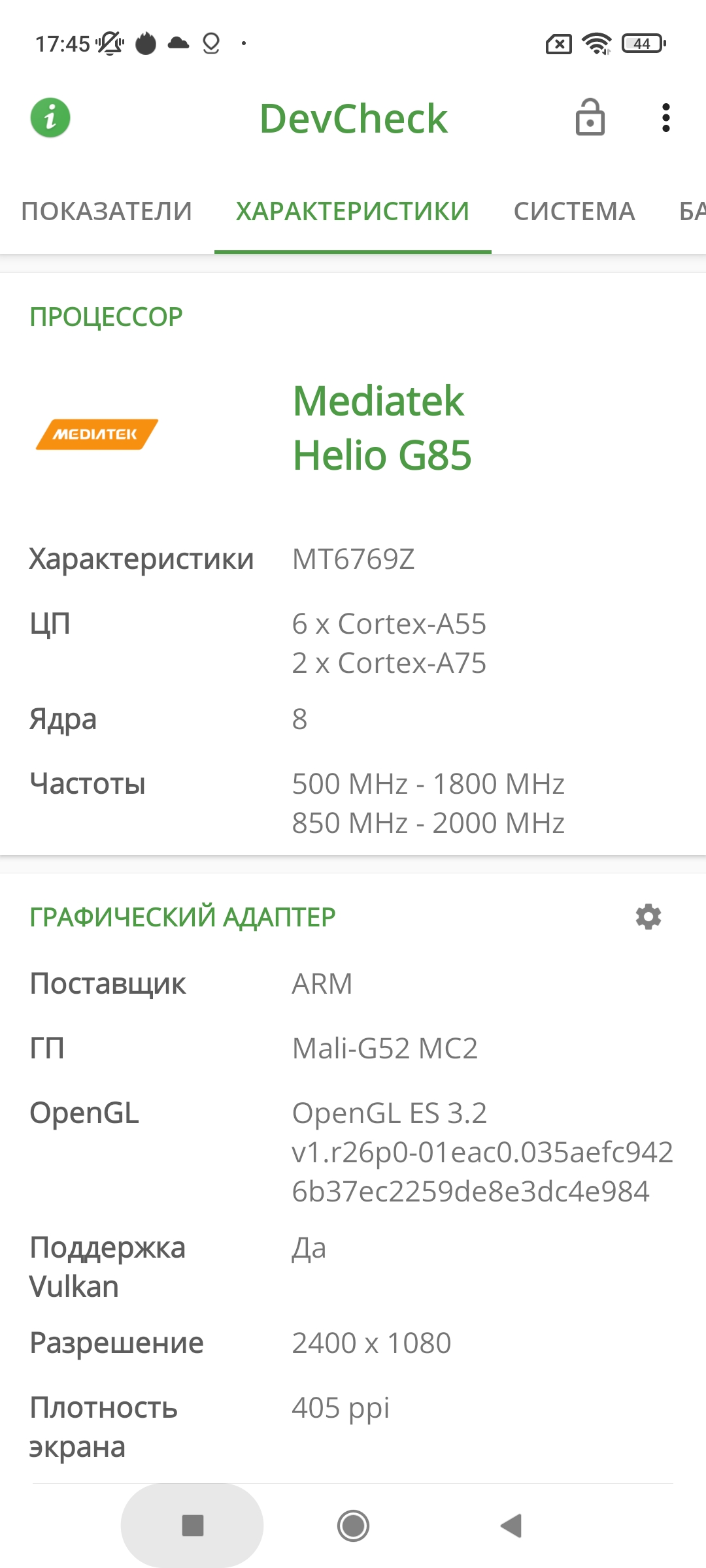

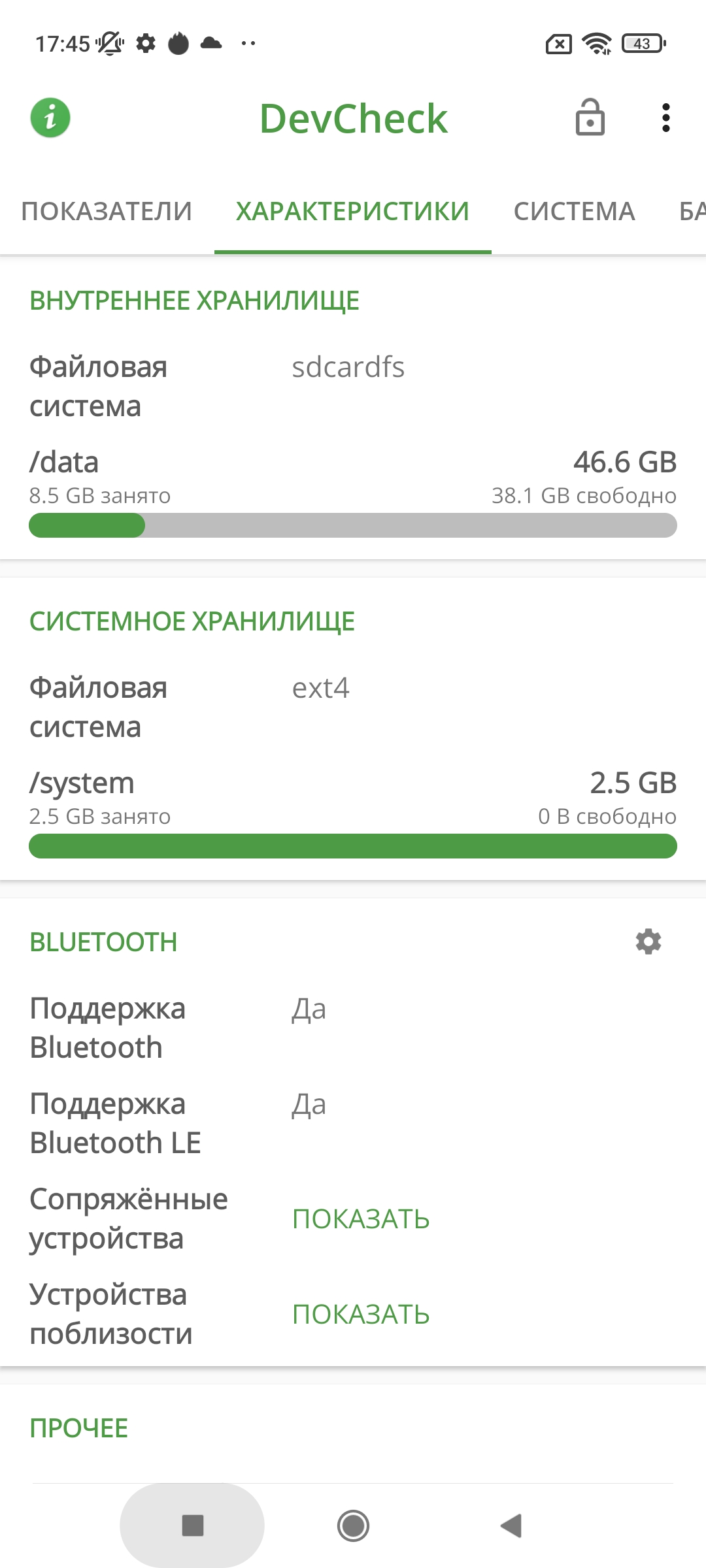
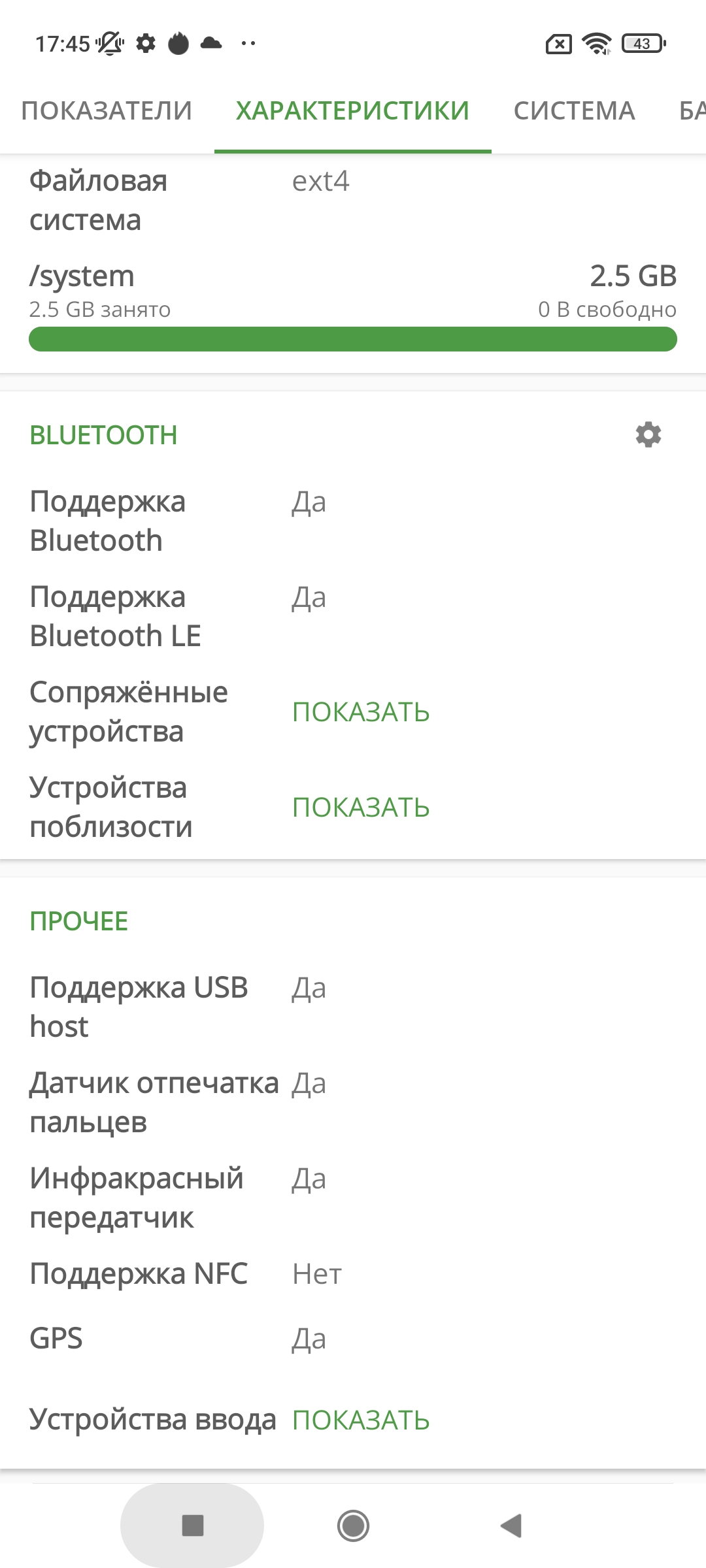
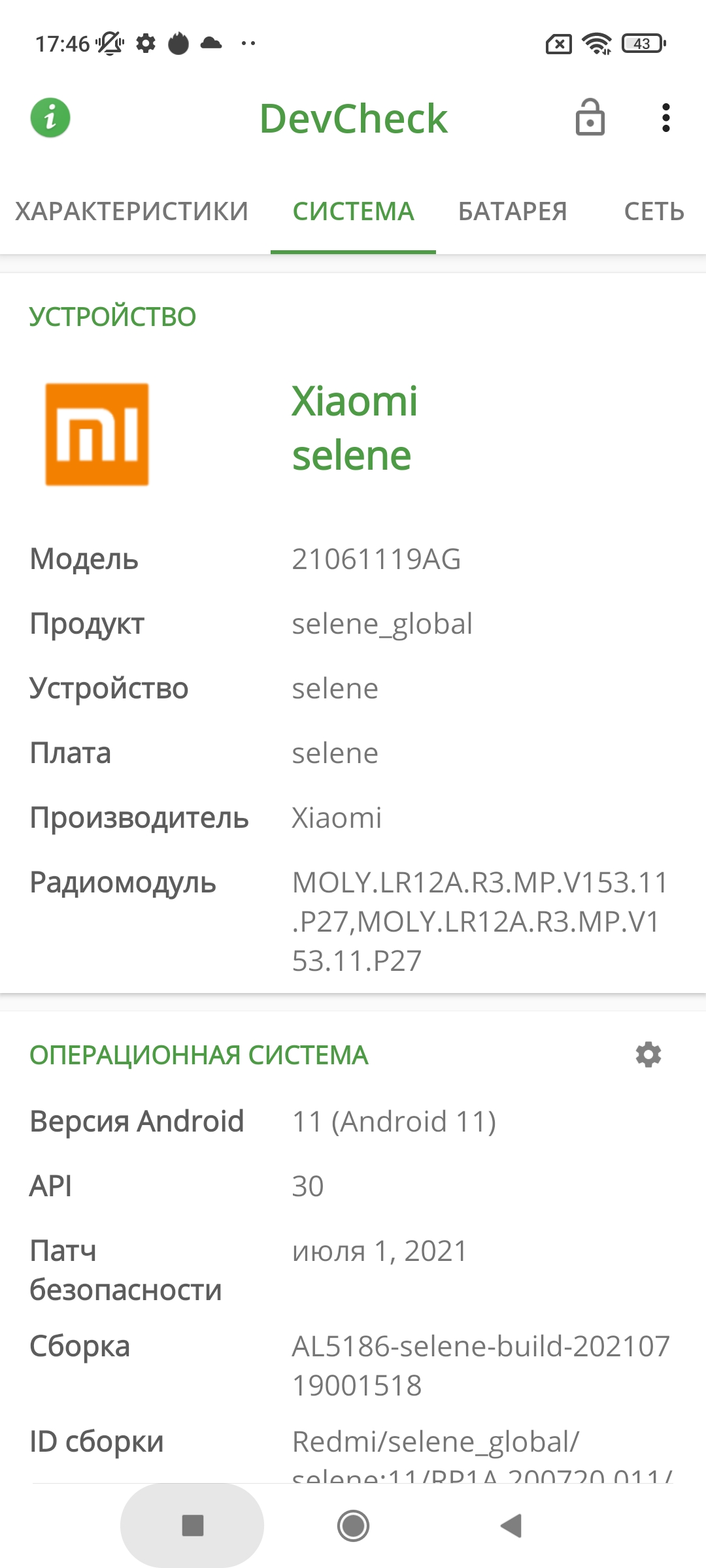
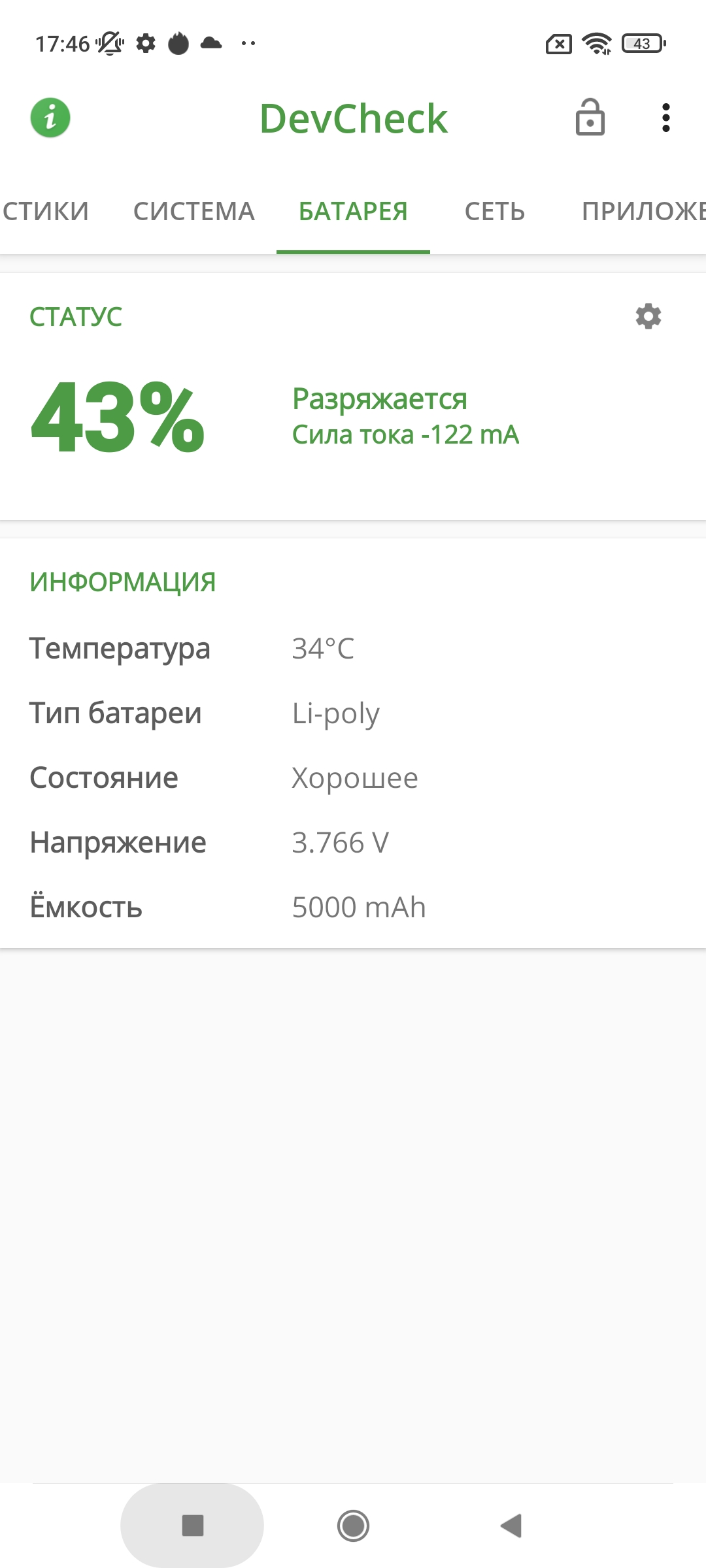
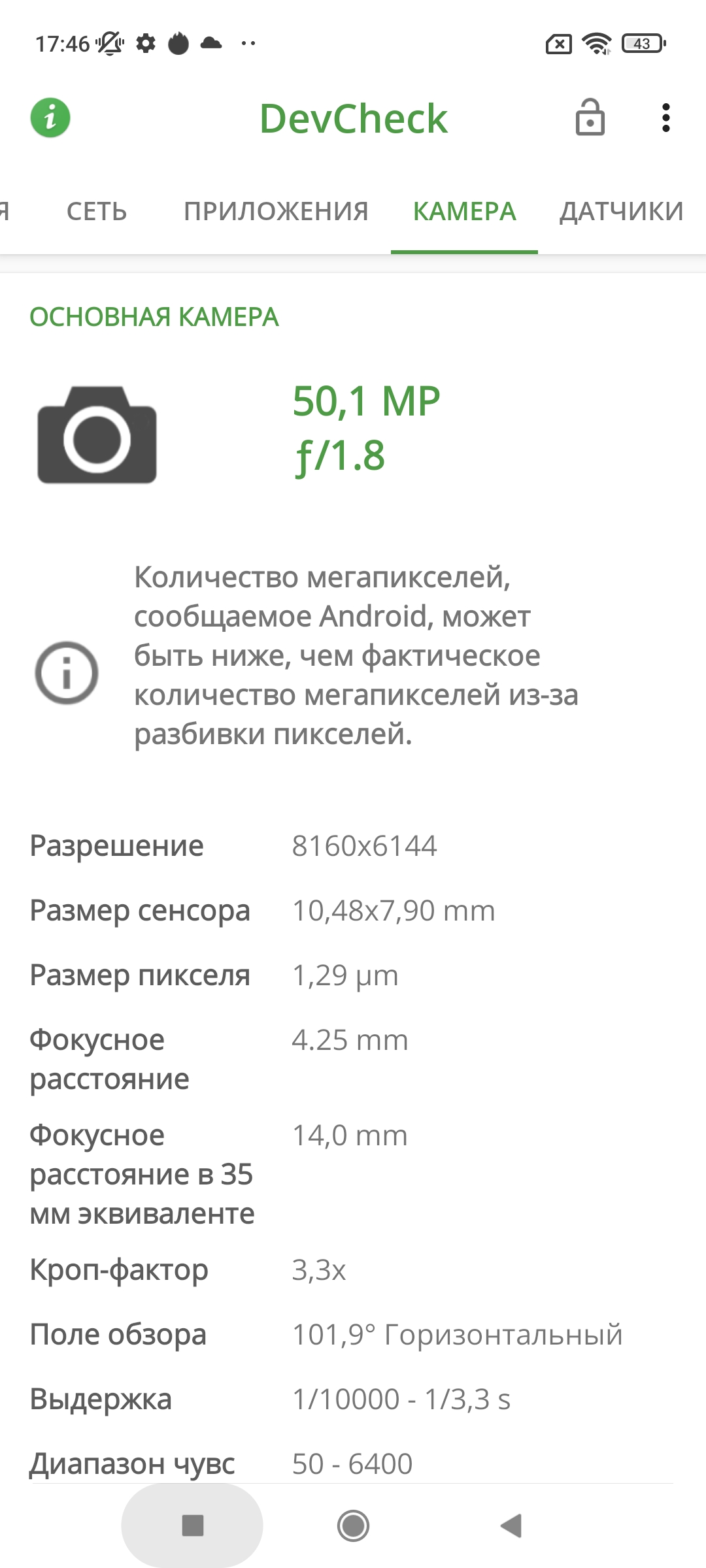
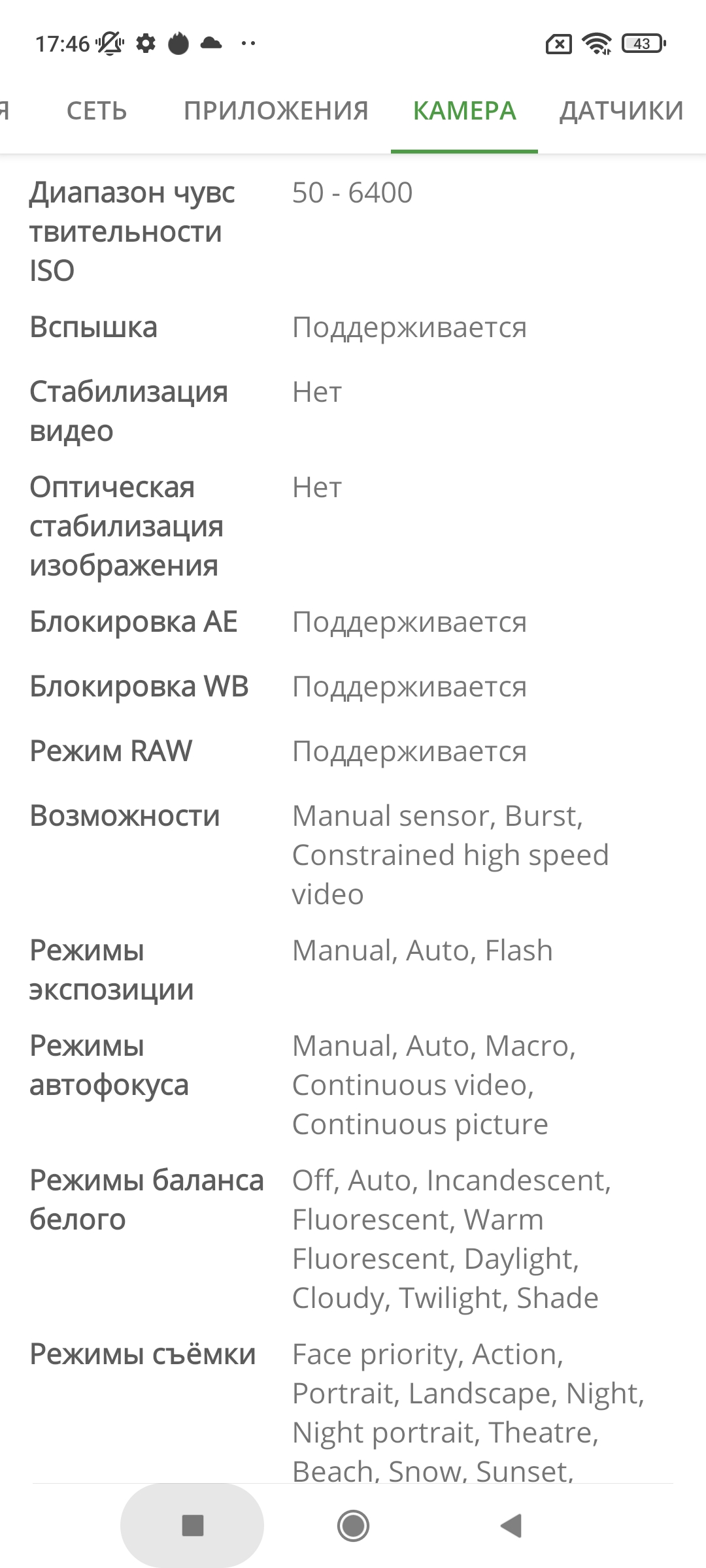
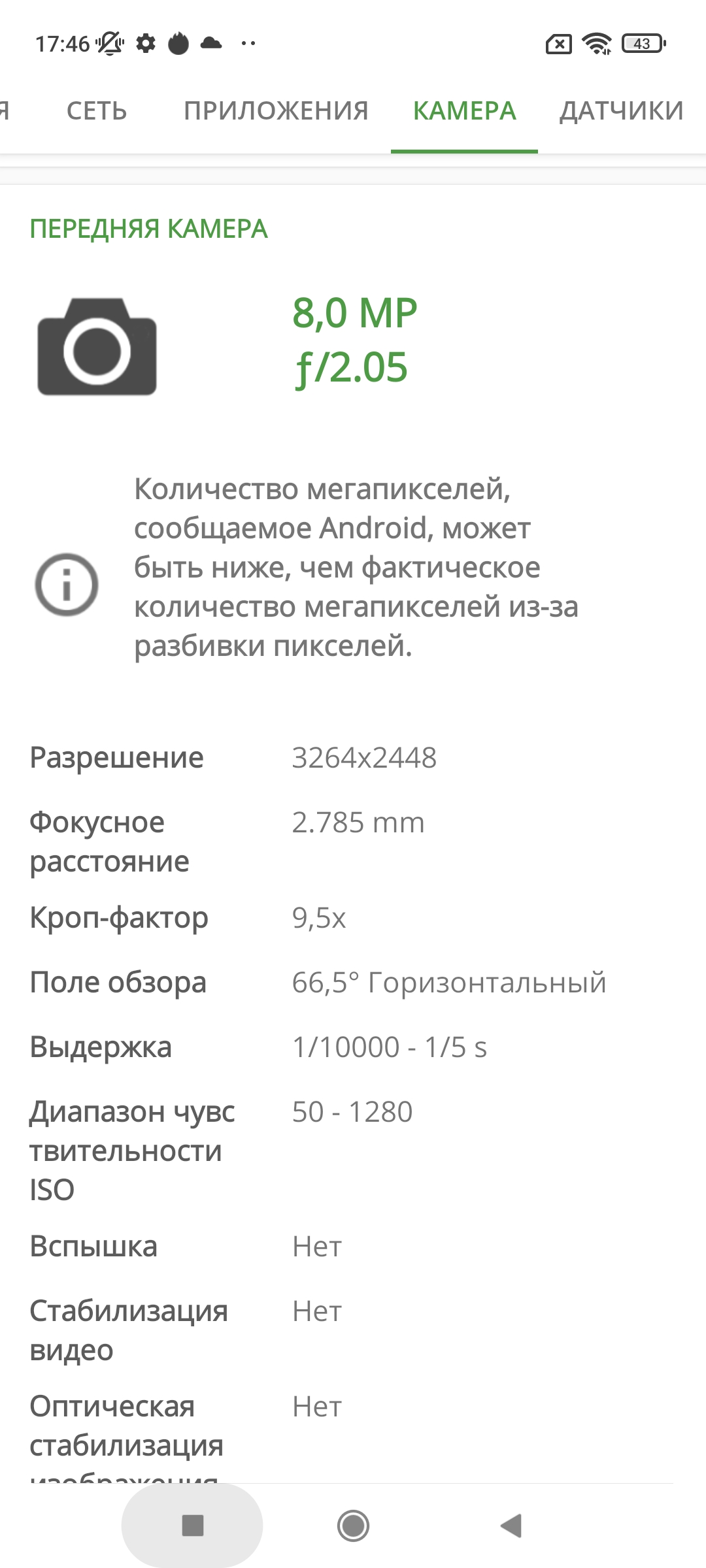
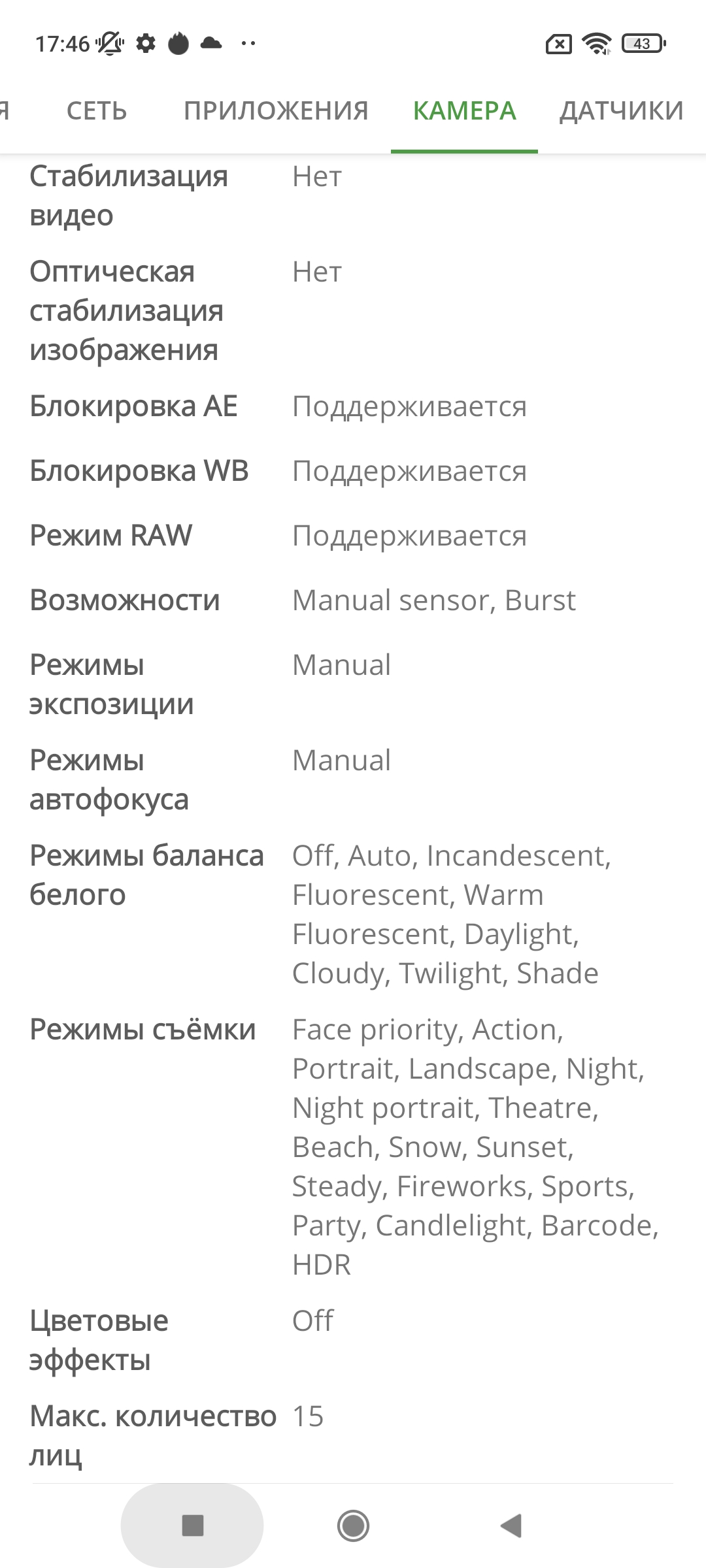



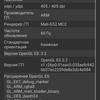
















The 5000 mAh battery supports the modest demands of the smartphone not so long: about eleven and a half hours in the PCMark test. Separately, I would like to note the extremely low standby power consumption. It so happened that the test Redmi 10 had to lie idle for a while next to several other smartphones. And the indicators of the remaining charge for a few days it has changed the least significantly. Of course, no one buys a smartphone just to have it lying on a shelf with a charged battery, but the signal itself is good.
Charging is considered fast, but by today's standards is not particularly impressive. The battery takes 50 minutes to reach 50% capacity, and it will take almost two hours to fully charge it. But there is an interesting trick here: the good Radmi 10 is ready to share energy and charge other devices. To use your smartphone as a makeshift power bank, you'll need any USB-C to USB-A adapter (not included). You can charge other Android smartphones as well as iPhones or headphones in general.
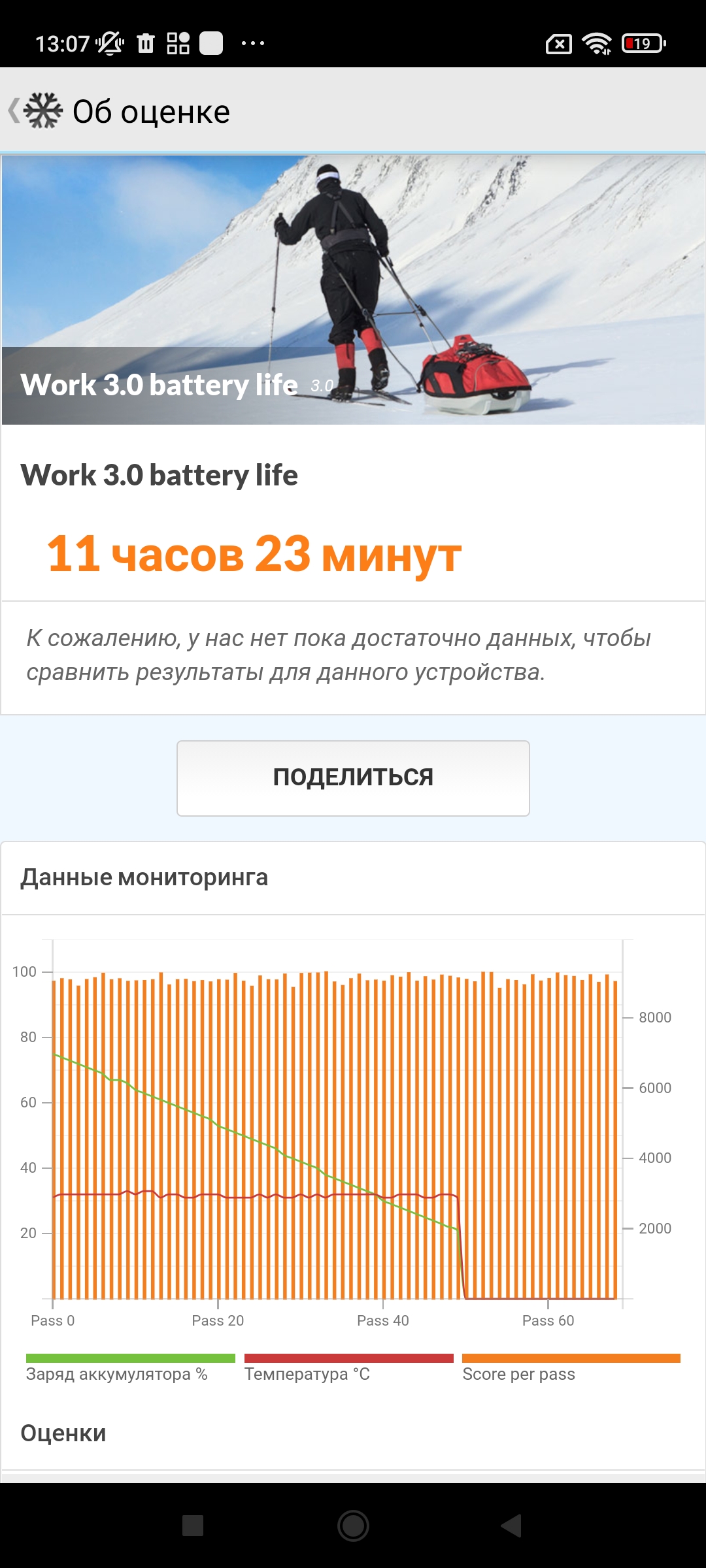
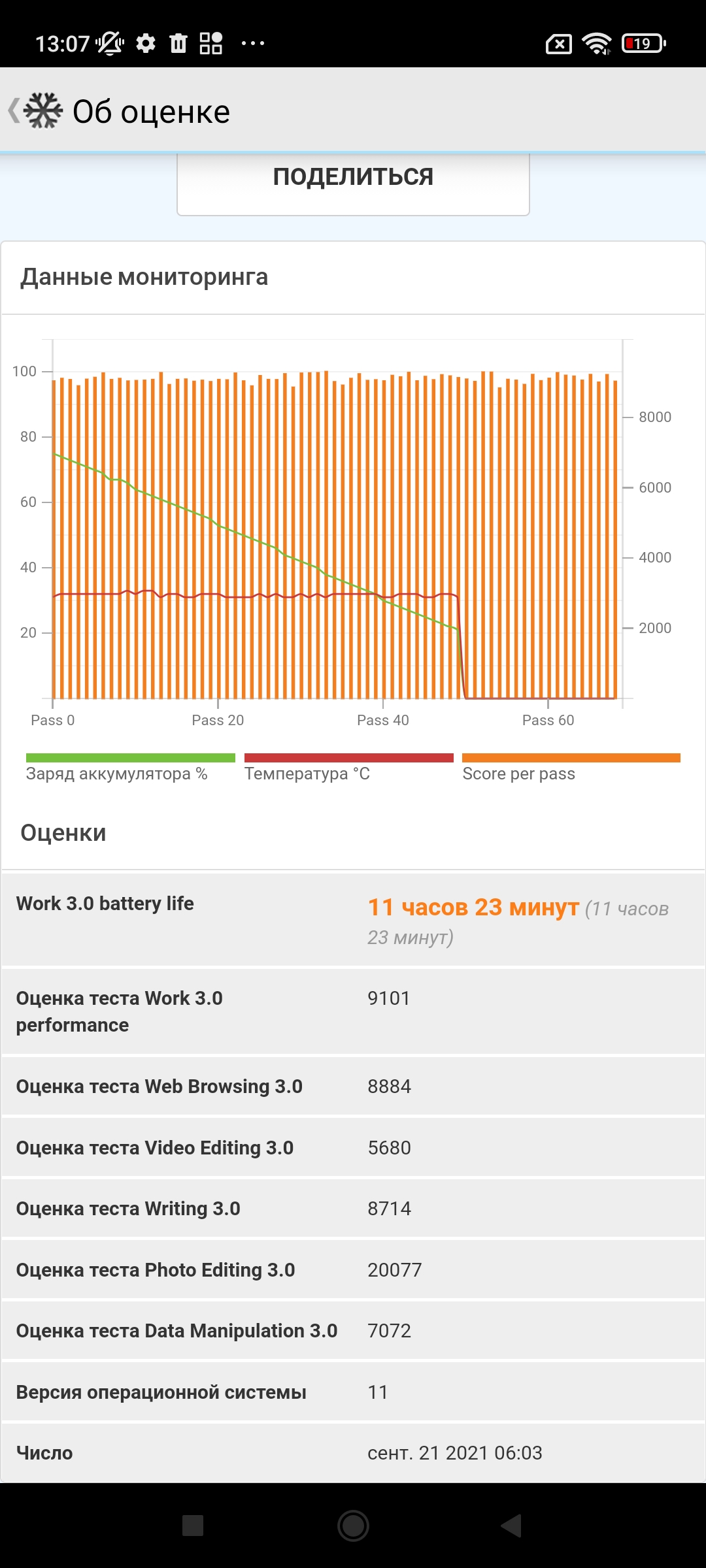
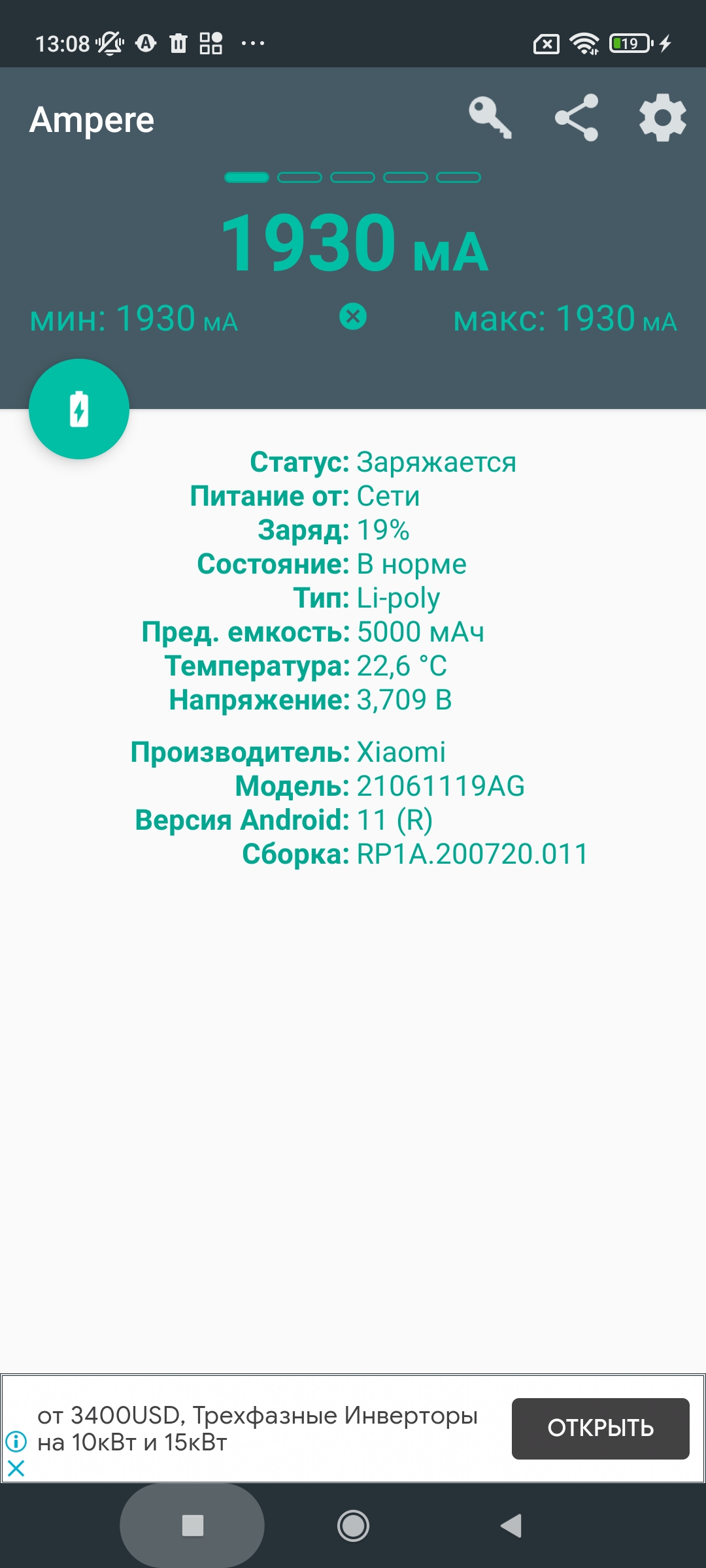

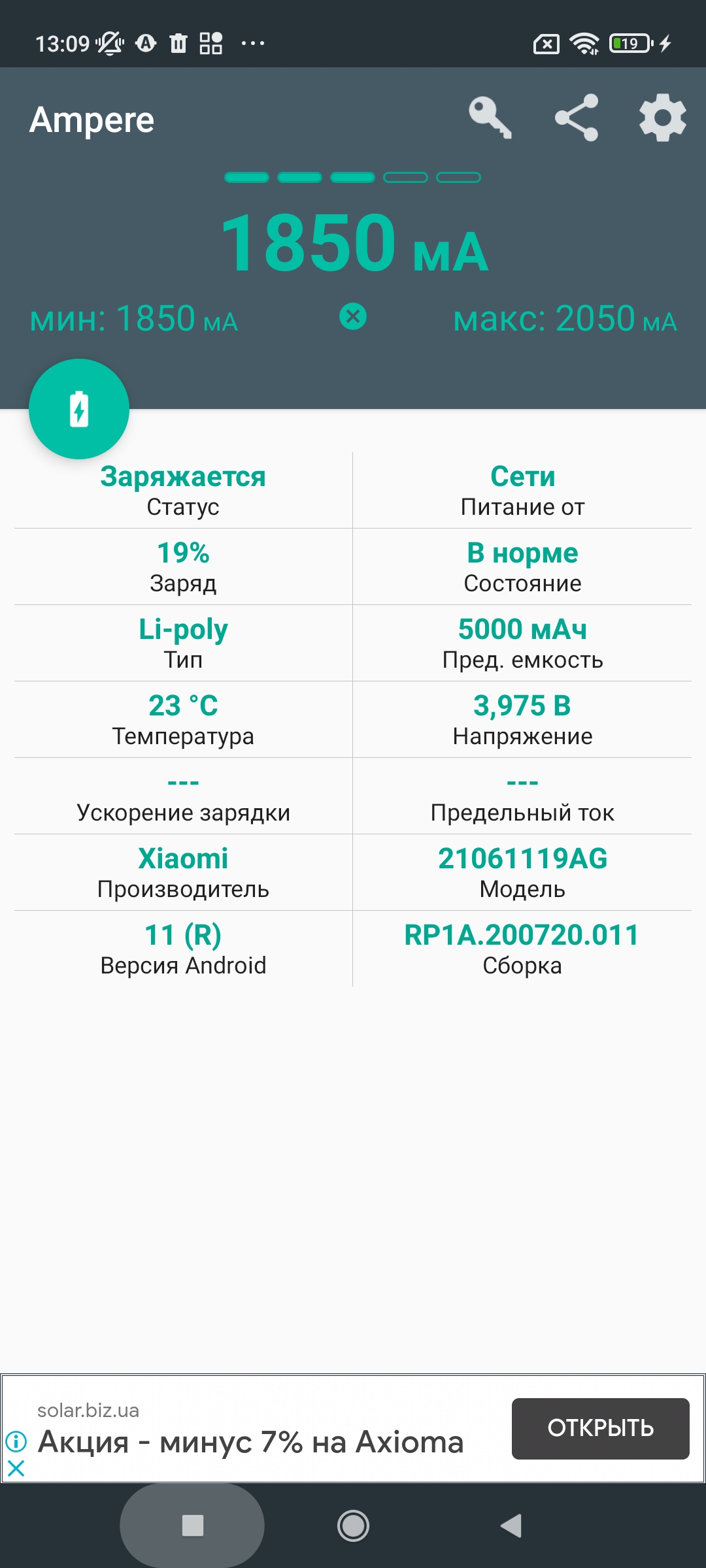

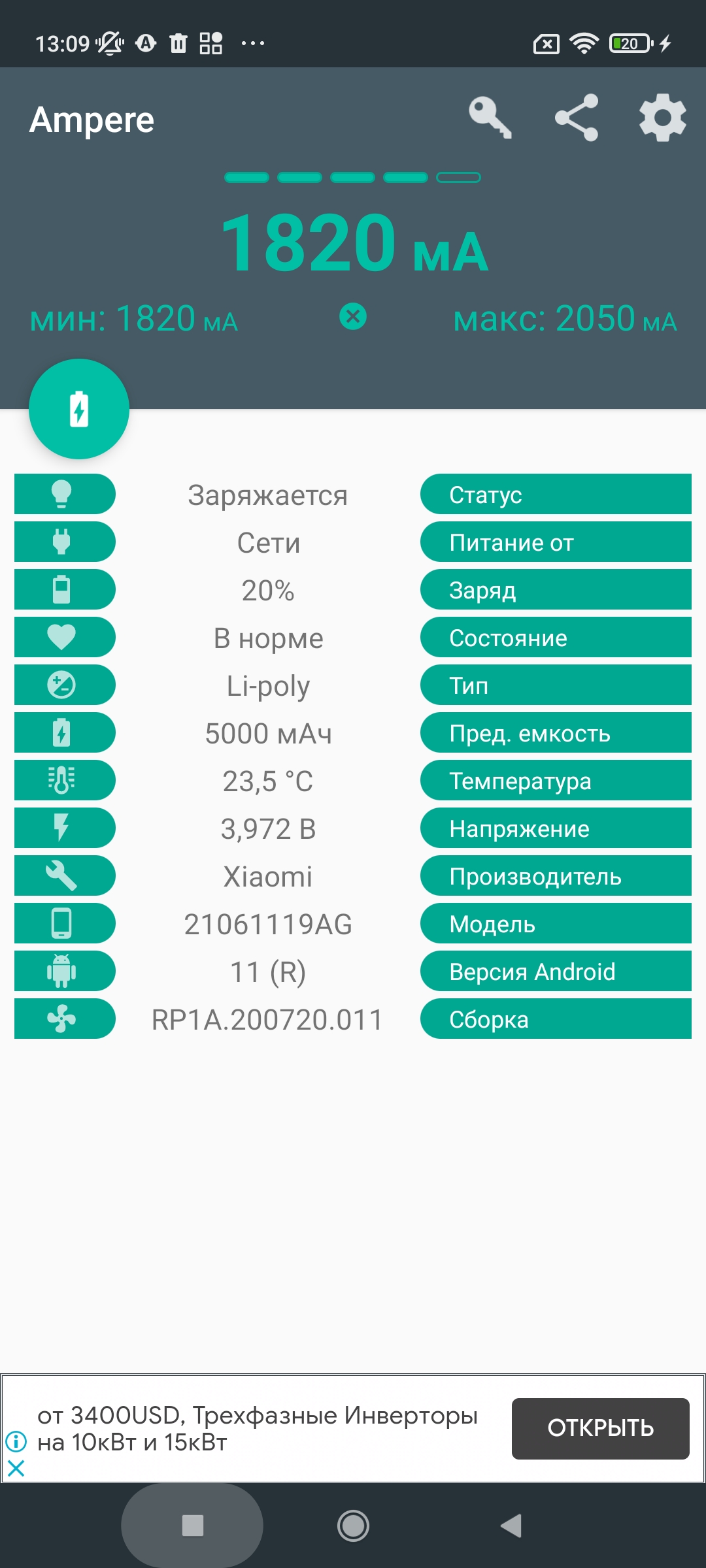
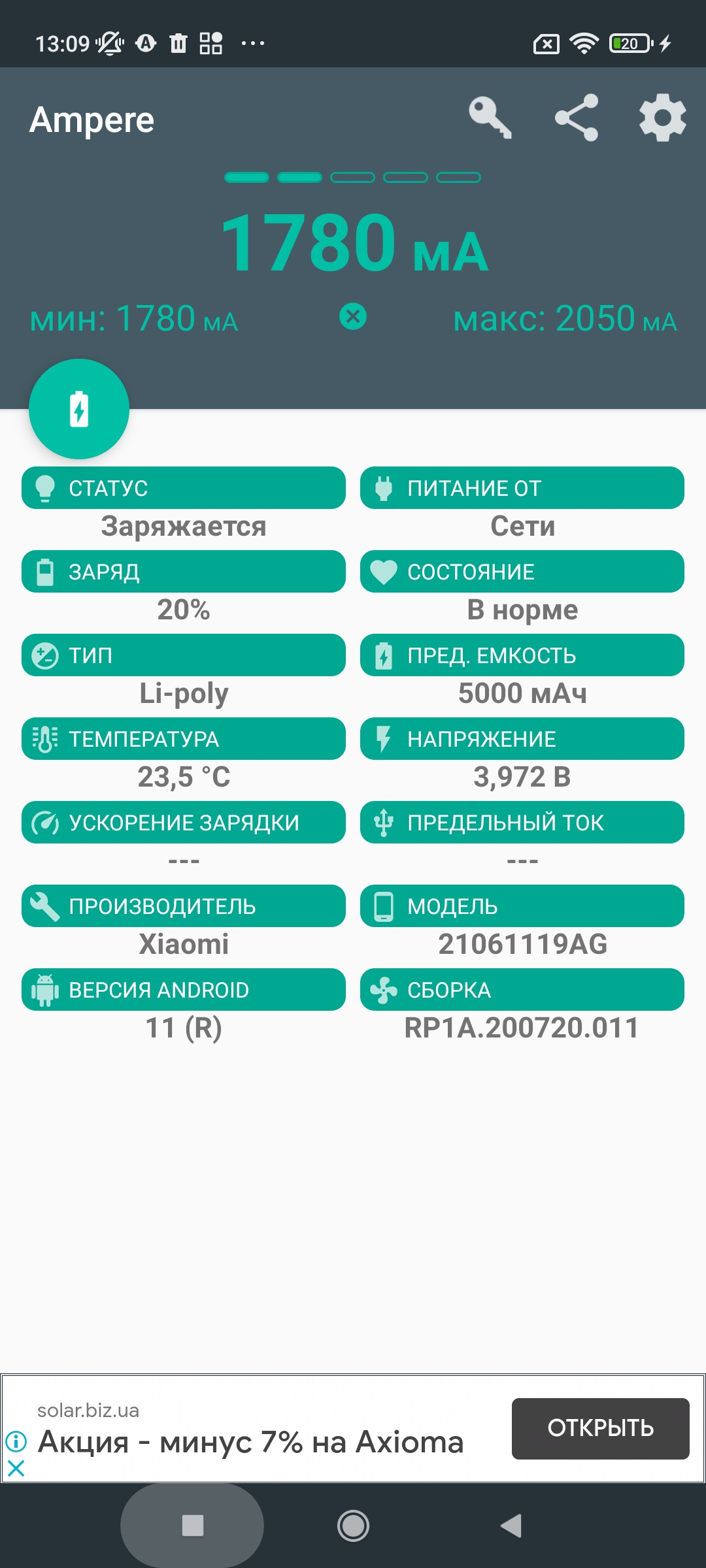








What about the firmware and interface?
Redmi 10 runs Android 11 with the MIUI 12.5 shell. The smartphone comes pre-installed, in addition to the basic, some additional apps: Netflix, Amazon, Ebay, Facebook and half a dozen toys (from quite casual to PUBG). Apps are placed on desktops and grouped into folders. The window of one app can be docked on top of the others. Traditionally for MIUI, the system is tightly integrated with garbage removal tools. But the visual garbage in the shell has not decreased. Personally, I really like this shell in many ways, it's cool, but the annoying offer to install "recommended" programs annoyed, infuriates and, apparently, will continue to infuriate in future versions. Unfortunately, there is no function of call recording, which pleased in Redmi smartphones of previous versions (about the ninth I'm not sure, but before that it was).


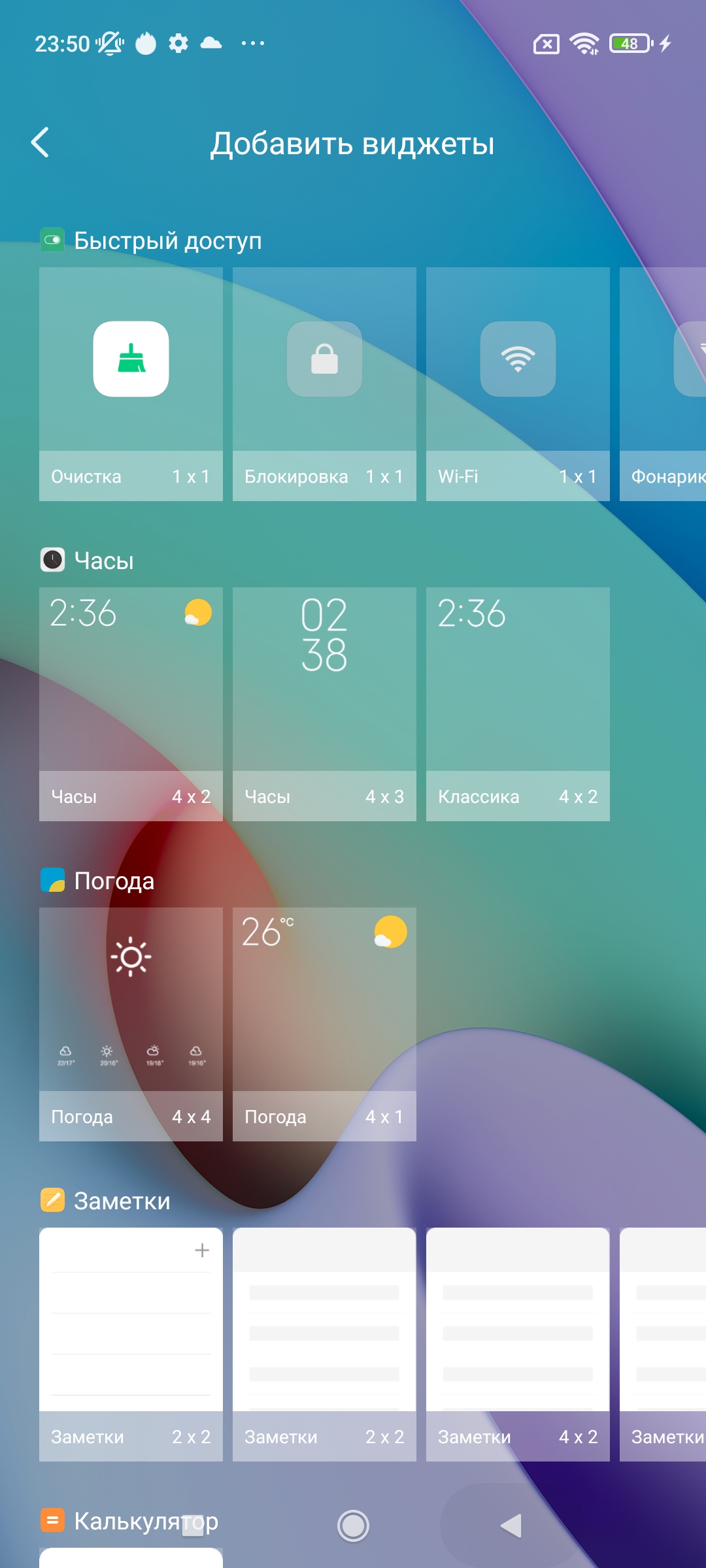




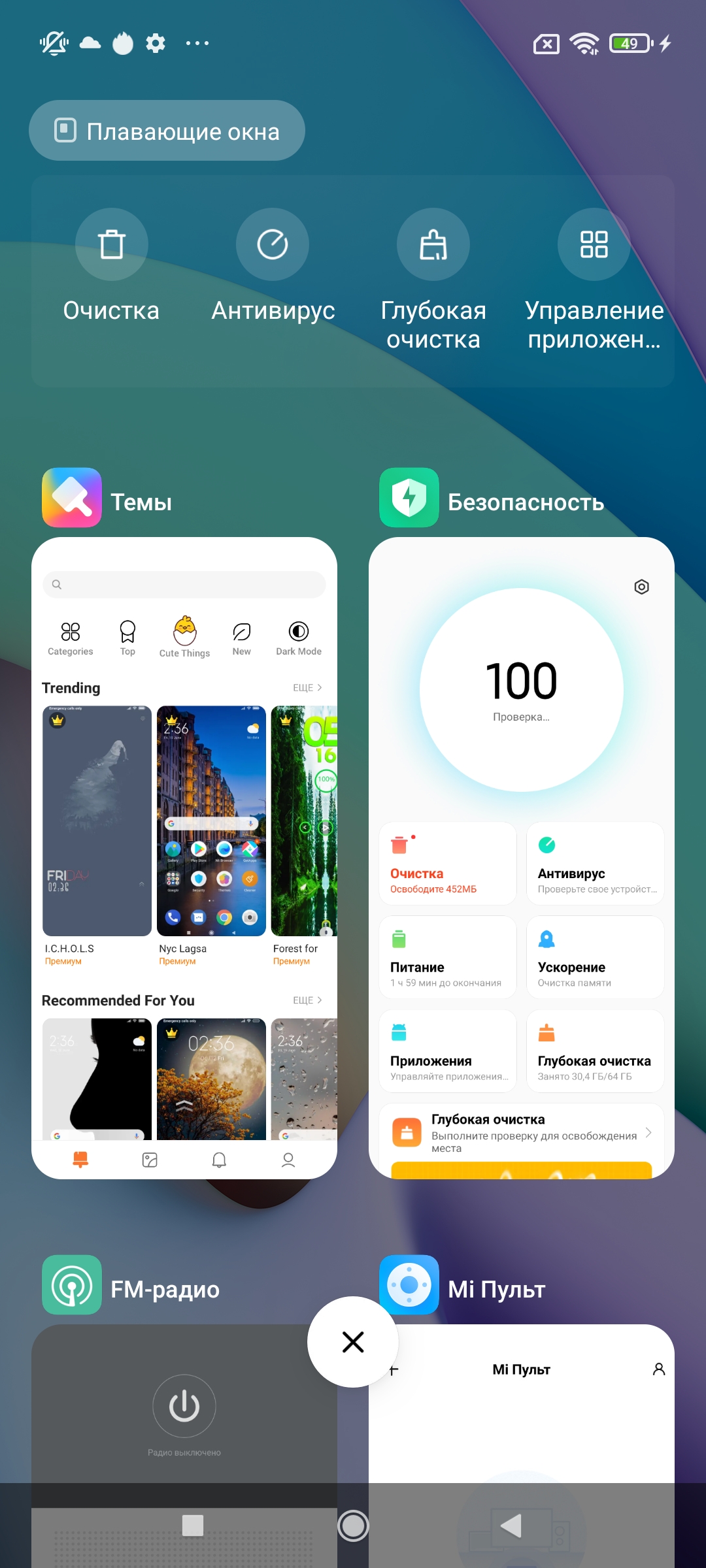










Unlike the most inexpensive line Redmi A, smartphones Redmi series are equipped with a fingerprint scanner. In the tenth version, this scanner has moved away from its usual place on the back panel and is built into the power button on the side edge. This location of the scanner is not very common in smartphones, but it is quite convenient, you can get used to it quickly. The scanner is fast and trouble-free, despite the small area, it works clearly, recognizing your finger at different angles. There is a feature to unlock the screen by facial image. It works quickly and confidently too, but it only uses camera data, so the security of this method is questionable.
















How are things with the camera?
Yes, we're impressed with the exterior, thank you. The cameras look pretty solid. Let's see what they can do. The main module has as much as 50 megapixels, f/1.8 aperture, phase autofocus and no stabilization. The second camera boasts a 120-degree angle of view, but it has only 8 megapixels. The set is complemented by a macro camera and depth-of-field sensor, 3 megapixels per brother. The place of the imaginary fifth lens is taken by the LED flash.
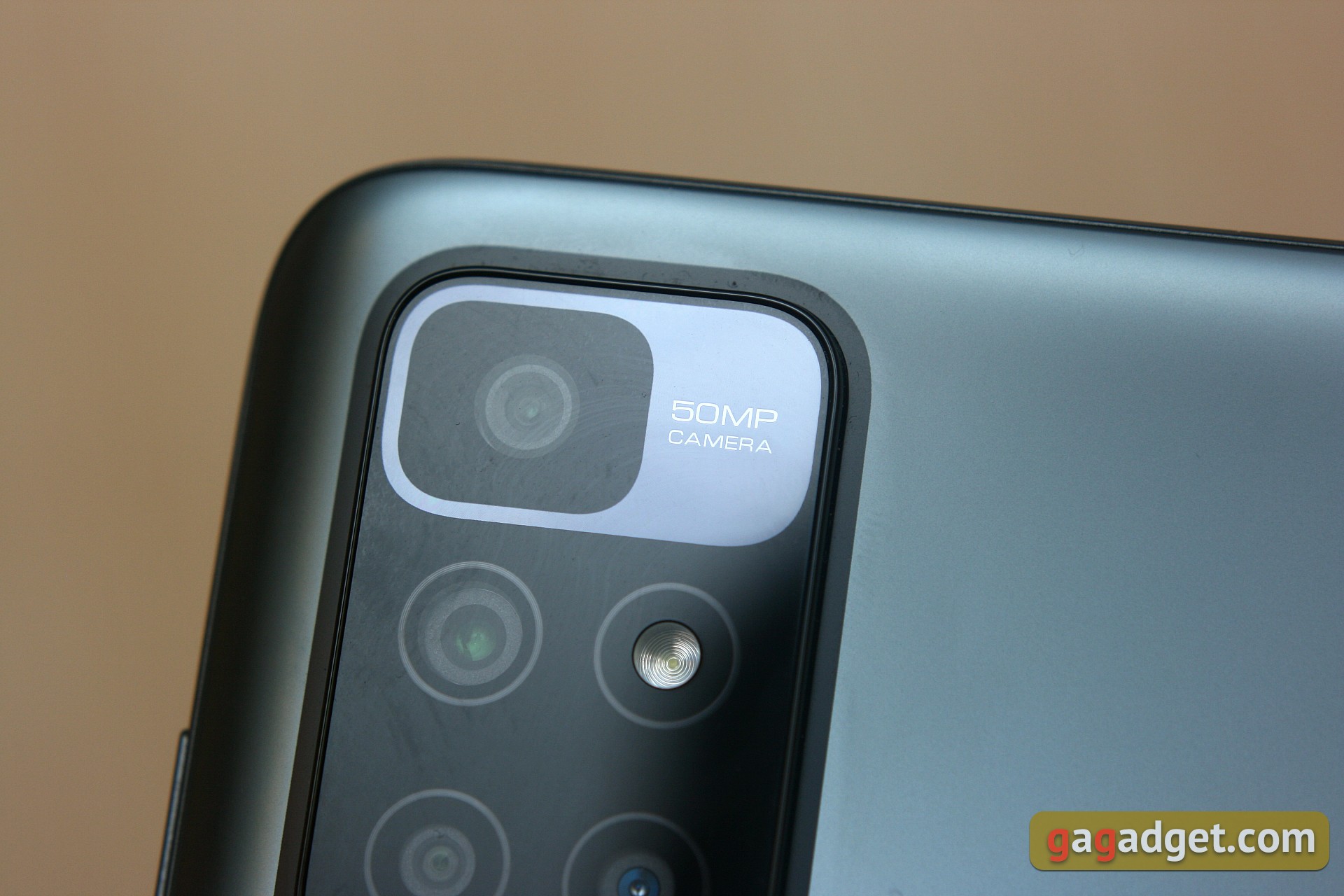
The camera interface, in addition to photo and video modes, includes "Portrait", "Pro" and "More" items in the main menu (this menu can be reconfigured if desired). The first to the pictures applied to the blur effect, the third gathered the other modes (night, slow motion, timelapse, panoramic, short videos and 50-megapixel), but the second opens up a lot of opportunities. So, "professional" interface allows you to forcibly switch to any of the three modules of the camera (including macro), adjust white balance (by presets or manually from 2000 to 8000K), adjust the shutter speed (from 1/1000 to 30s), sensitivity (50-6400 ISO units), exposure correction within ±4 steps and even manual focus. If you want to rely on automation, you can choose between average, center-weighted and spot metering modes. The Exposure Error Detection mode hatch covers overexposed areas in real time, this is useful, but I would like to see a histogram as well. The 50 megapixel mode is one-touch activated, with no pixels clustering, and the resolution grows from 3072x4080 to 6144x8160.
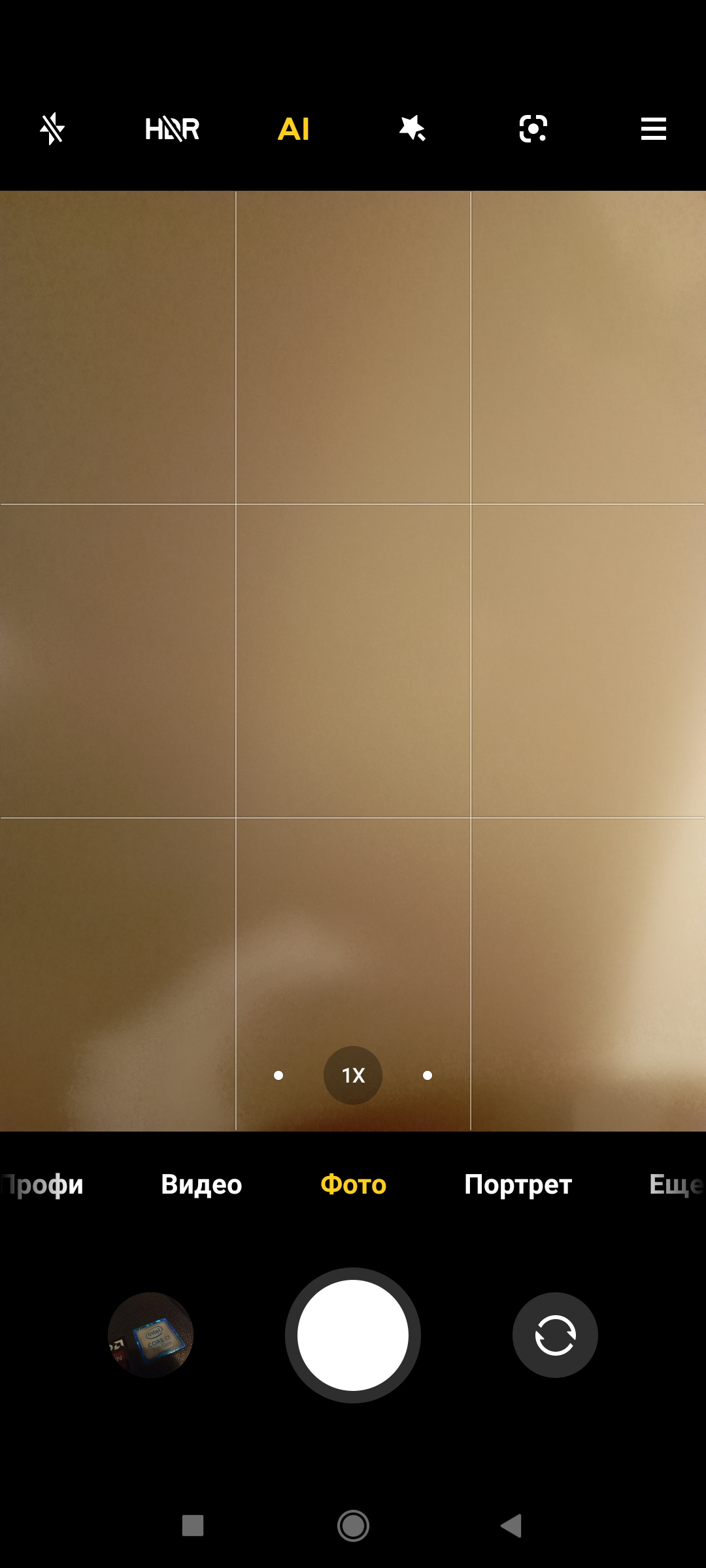
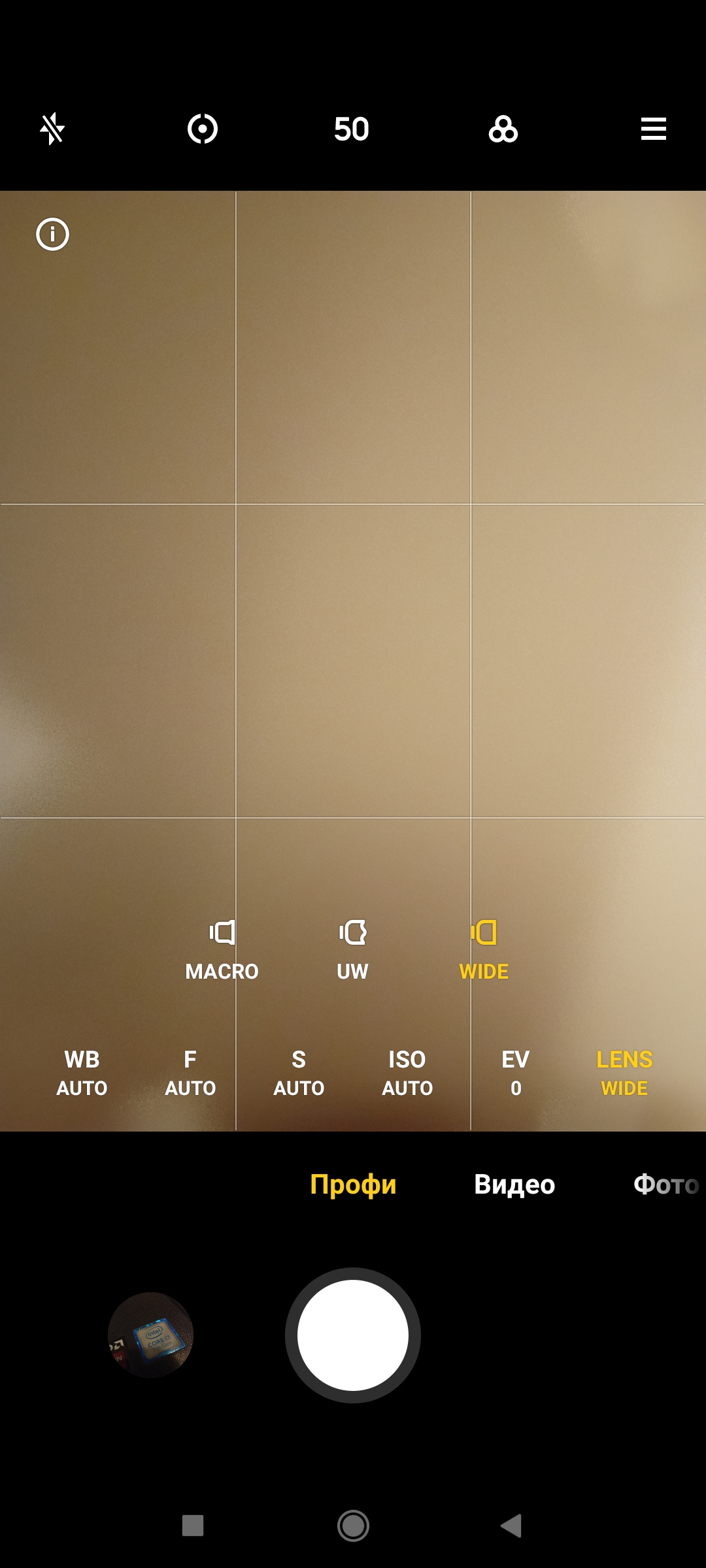
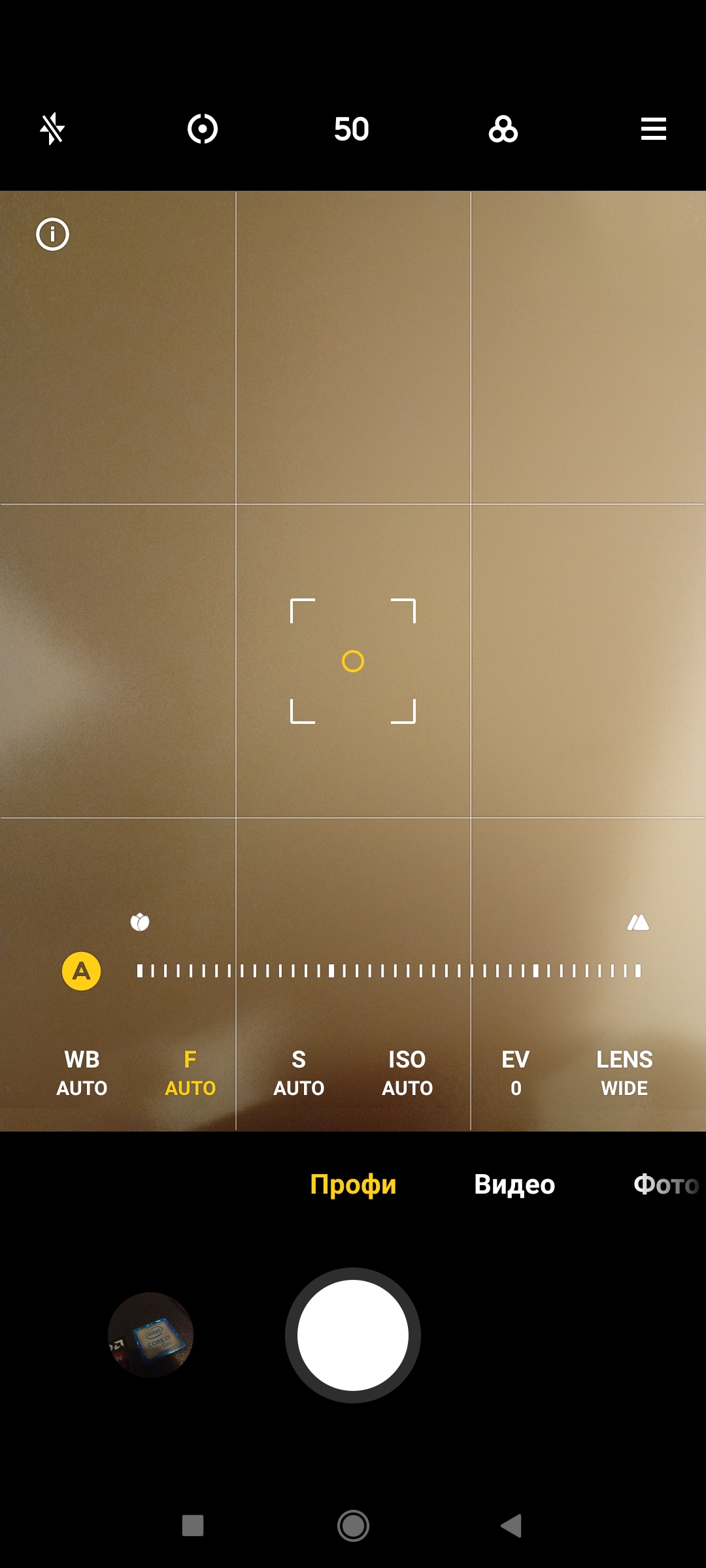
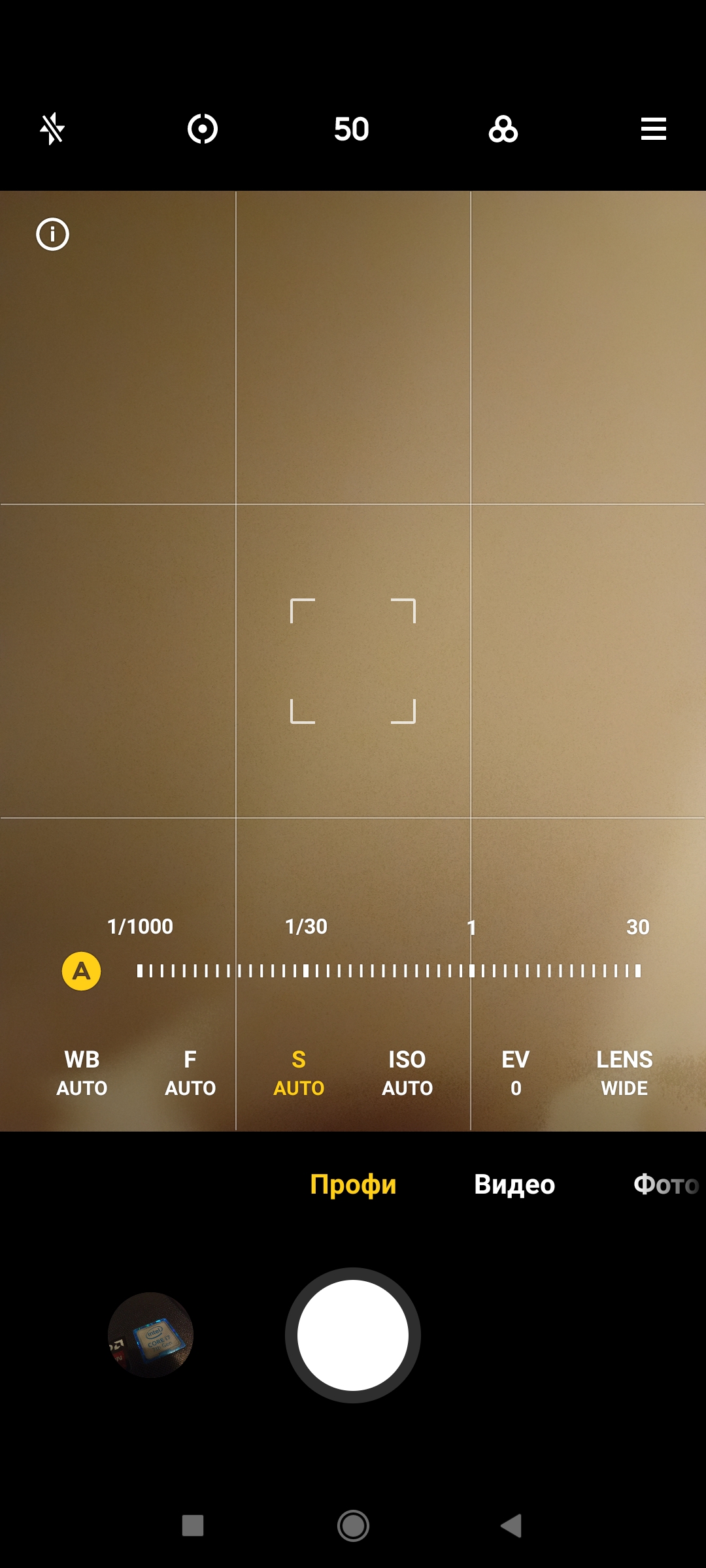
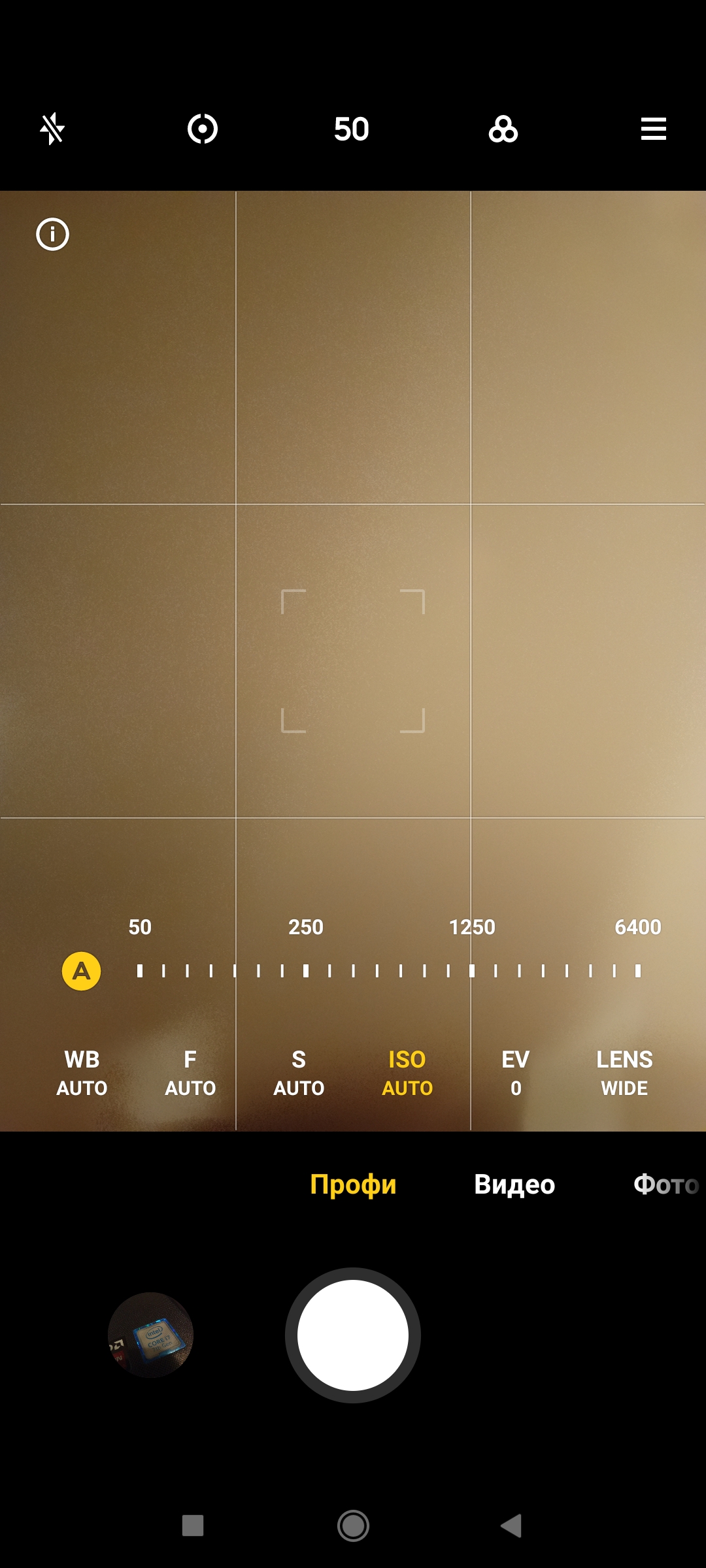
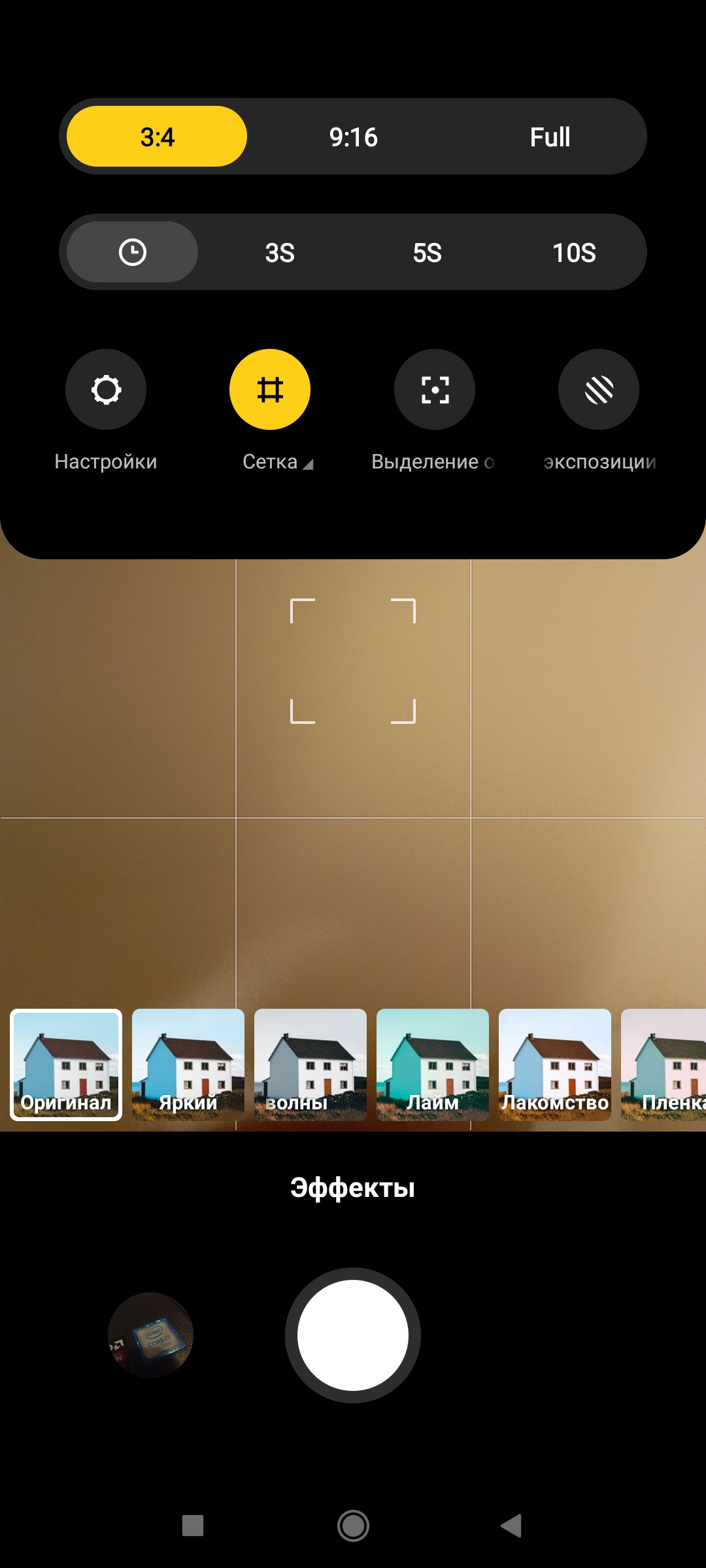
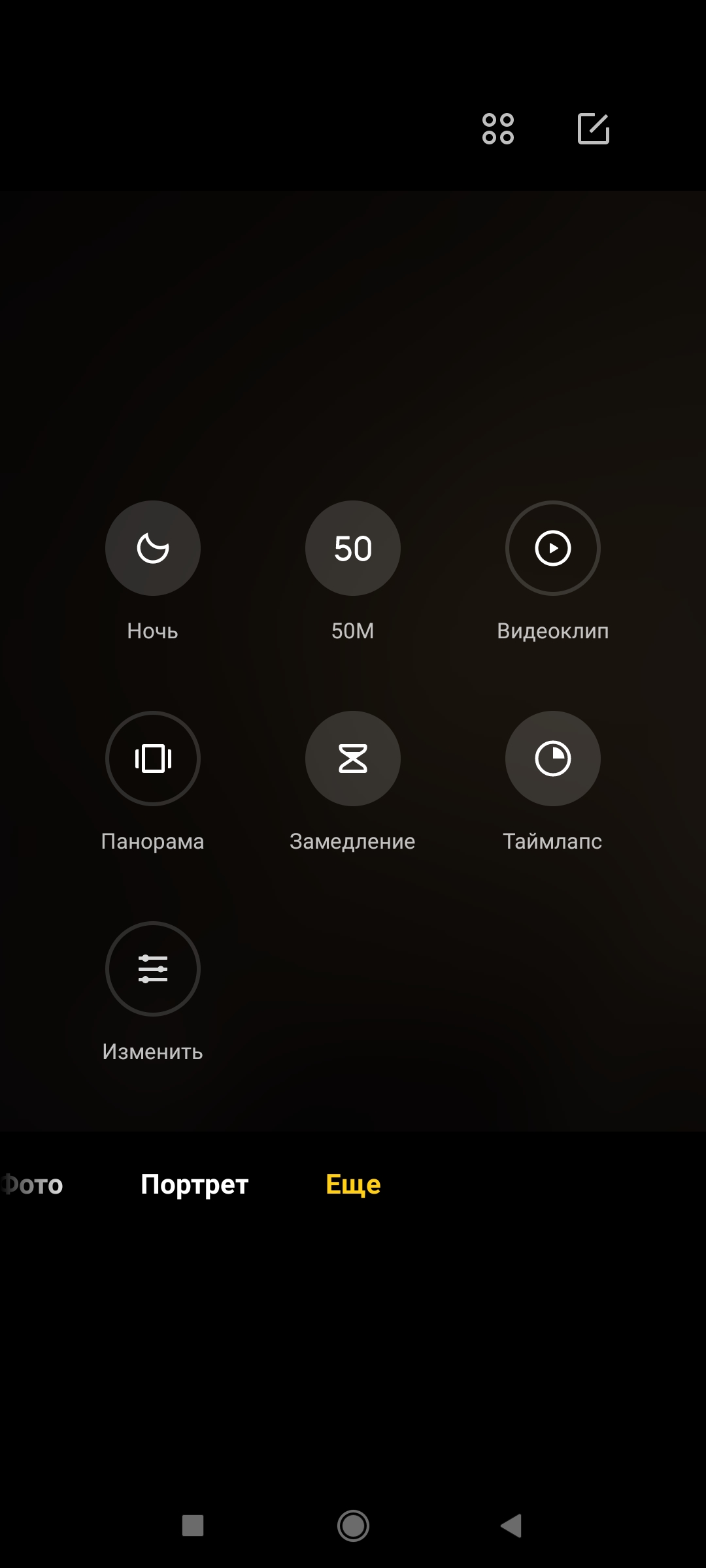

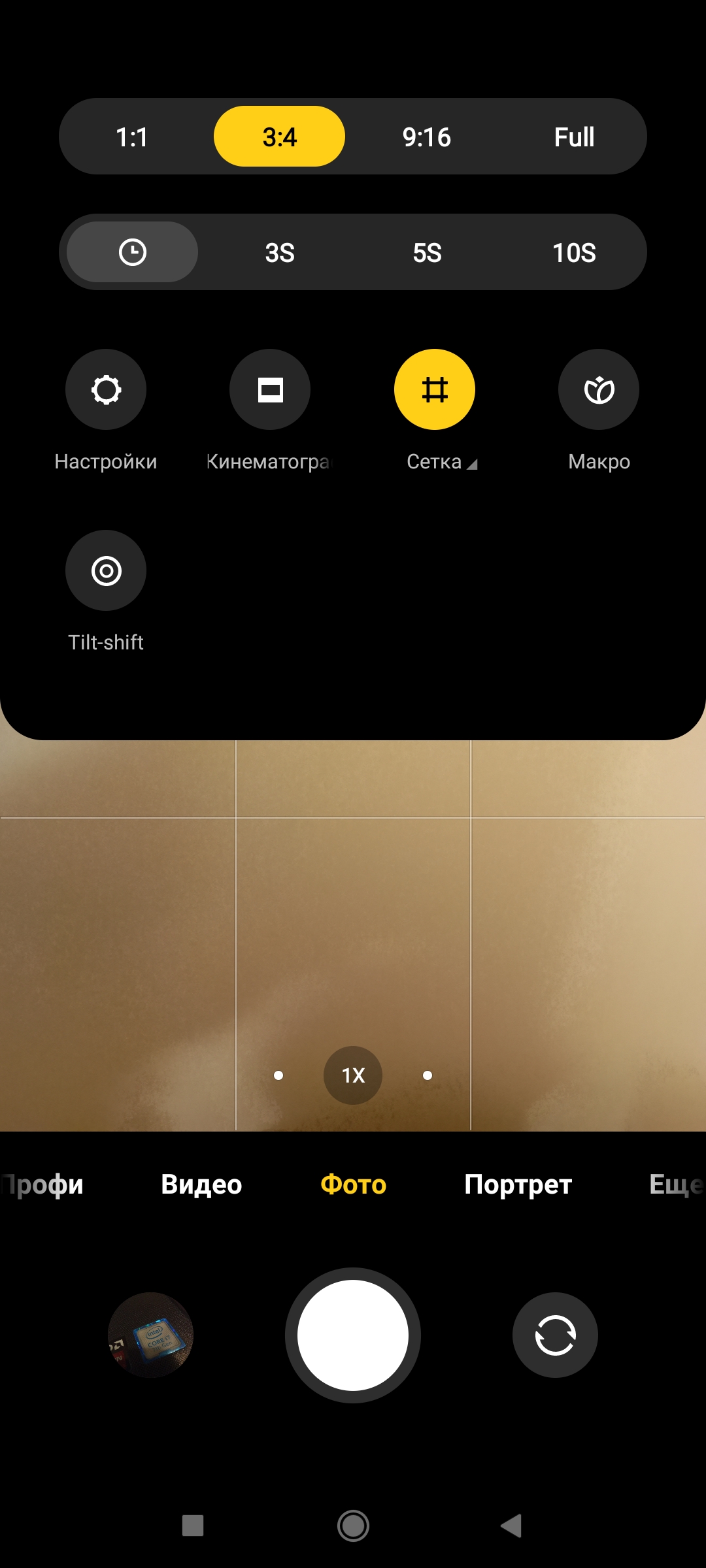
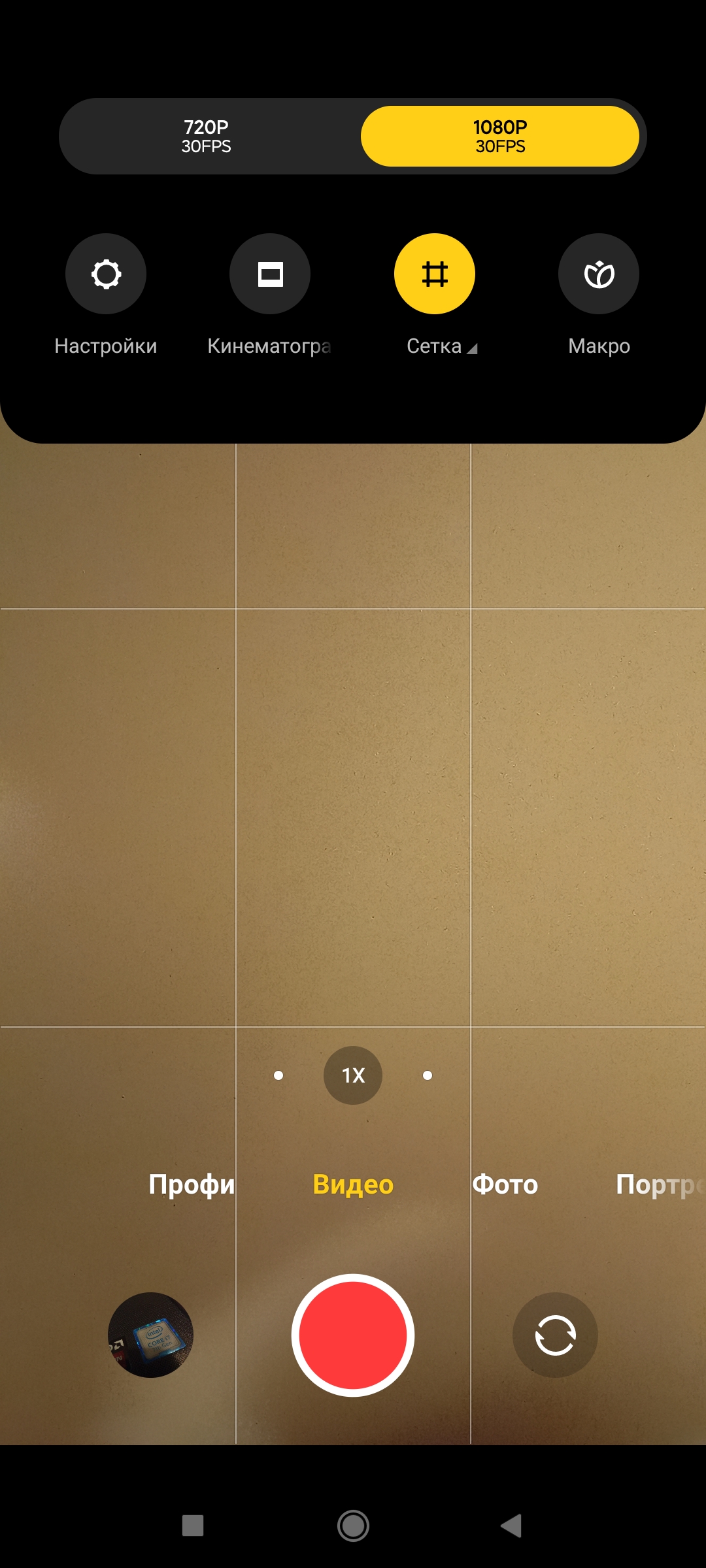














In general, 50 megapixels in the Redmi 10 is one of the most striking quantitative differences from the previous version (the "nine" had a 13-megapixel sensor and a lens with an aperture of f/2.2). But it's important to understand that the grouping of pixels goes in favor in the fight for light sensitivity, and you should only use the 50-megapixel mode when the scene is sufficiently lit. In daylight, the Redmi 10 takes quite good quality photos, though they lack sharpness in places. Chromatic aberrations on contrast transitions are almost imperceptible, this is a plus to the karma to the optics. In low light, all the ills of budgetary cameras come out. Automatics, apparently, fearing to overdo noise due to high sensitivity, increases shutter speed, and lack of stabilization leads to "shake".



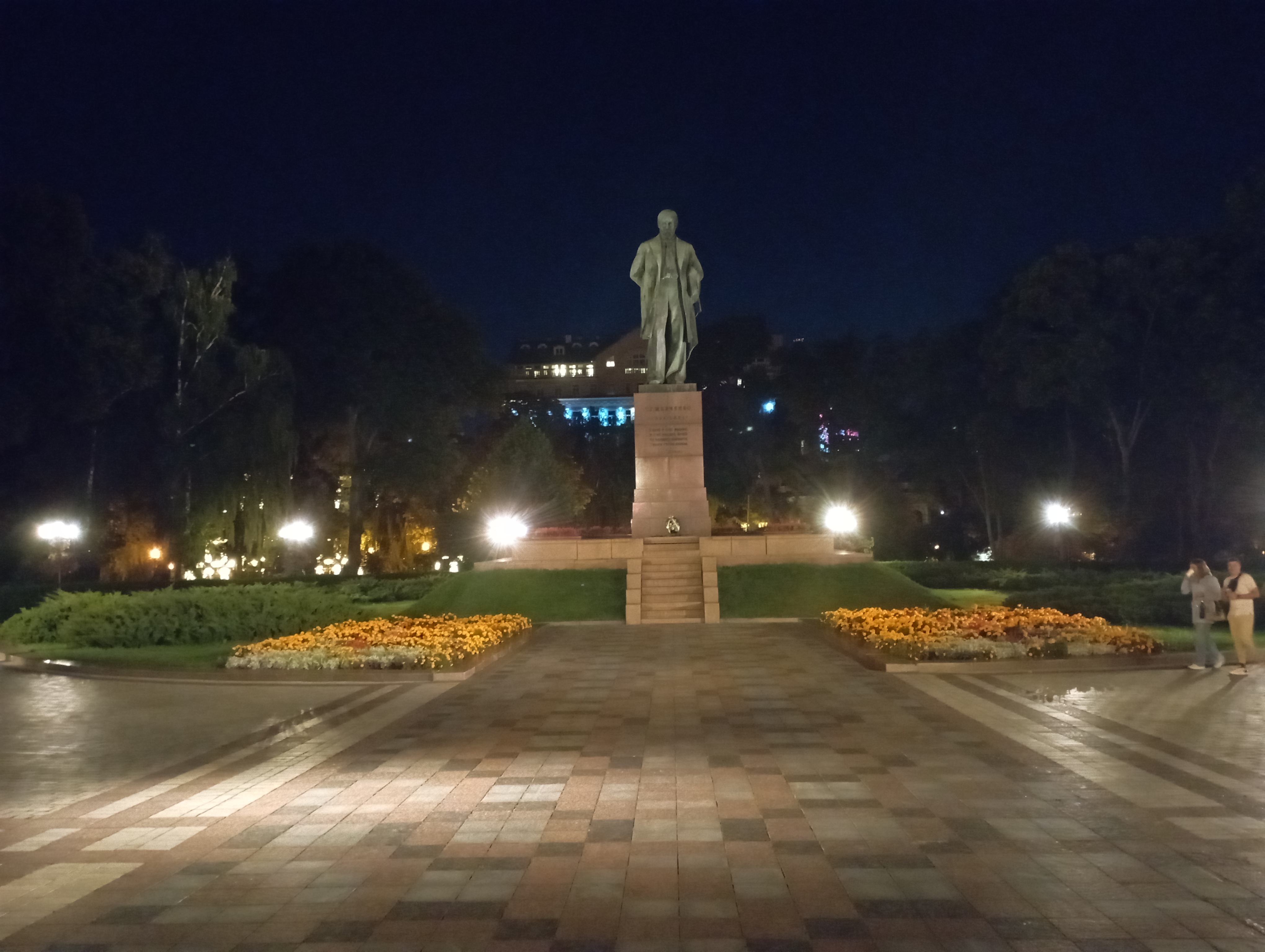




















The program zoom available up to 10x is not very convincing at long distances. Even 50 megapixels doesn't help, the picture is noisy and, without electronic stabilization, even shaky.














But the super wide angle module adds a fair 0.8x and allows you to get more interesting angles, especially when shooting large objects from a short distance. Of course, with a budget 8-megapixel sensor, it's inferior in quality and detail to the main camera.

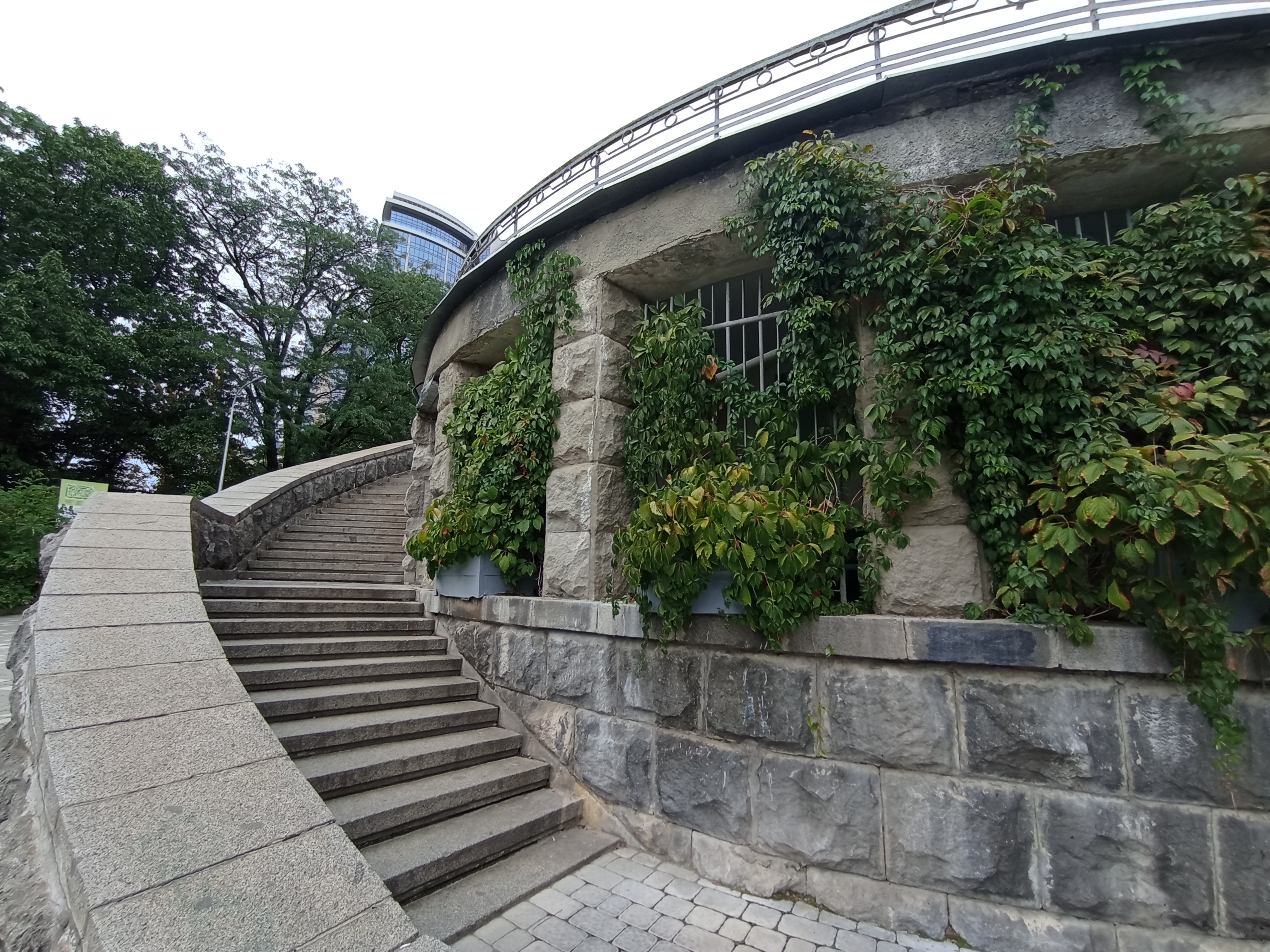




















The camera for macro photography is notable for its ability to focus from a minimum distance: literally from a couple of centimeters. I'm generally skeptical about macro cameras in inexpensive smartphones (and expensive ones usually don't have them), but in this case I have to note that it's a useful thing. Not because it's somehow particularly cool, but because the macro capabilities of the main camera are quite limited. Playing around with capturing little things is quite possible.




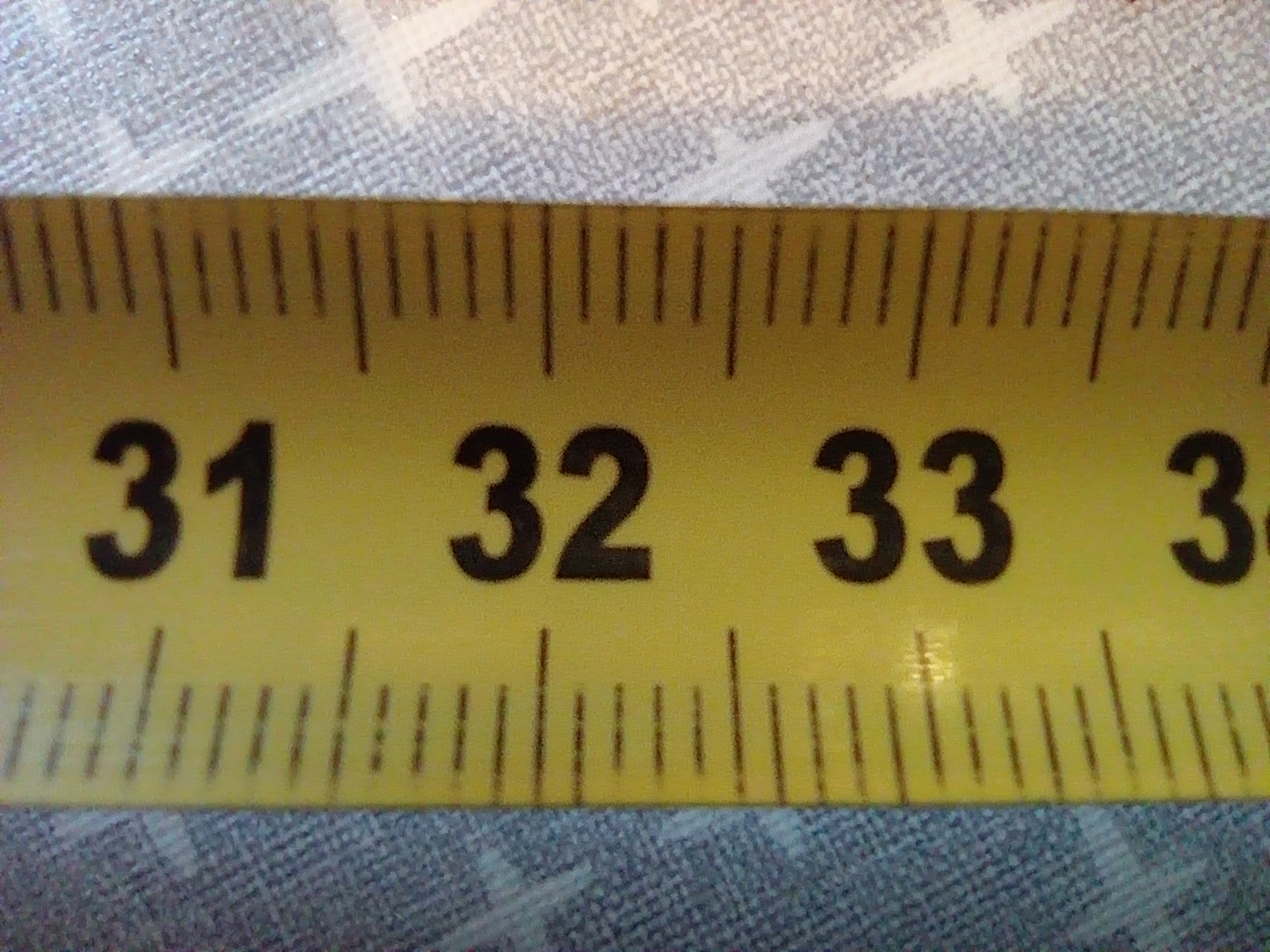
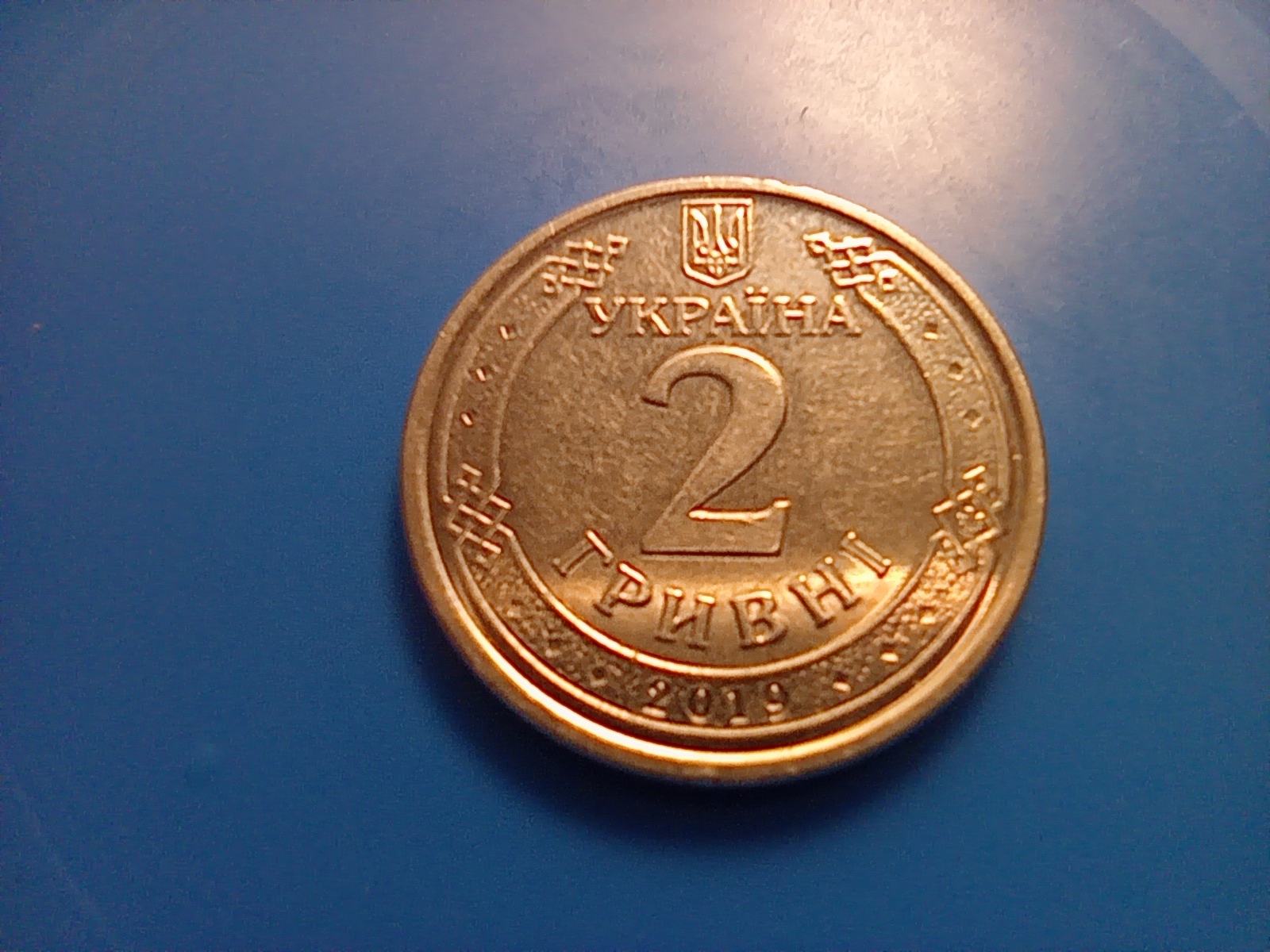






In portrait mode, you can more clearly separate the subject from the background with the software blur. It's more or less believable. Here is a comparison of the same shot with and without portrait mode.




Video can be shot at 720p or 1080p at 30fps. No progress here compared to the Redmi 9, while in the meantime a step up from the older, modern Redmi Note 10 model supports 4K. But today we're talking about the regular Redmi 10. Which doesn't have any video stabilization features, so I'll spare your vestibular apparatus and won't post a sample video shot while running. And if you don't run and don't demand too much from a $170 device, you can get an acceptable image even in the evening.
Slow motion only works in 720p resolution and only at 120 fps. After filming, you can choose which specific segment in the video will be played back in slow motion. In the example below you can see how the result looks like in low light conditions.
The front camera, paying homage to fashion, in the "ten" is placed in a circular hole, not in the cutout, as in the previous model. But on its own, it doesn't seem to have changed, still the same 8 MP and f/2.0 aperture optics.
Three things to know about the Redmi 10
- it's an "advanced budget" smartphone with a 6.5-inch LCD display;
- runs on a lean but not fast Mediatek Helio G88 platform;
- boasts a 50-megapixel primary camera, but lacks NFC.
| Xiaomi Redmi 10 Specifications | |
|---|---|
| Display | LCD, 6.5 inches, 1080x2400 (aspect ratio 20:9), 405 ppi, refresh rate up to 90 Hz |
| Body | dimensions: 162x75.5x8.9 mm, weight: 181 g |
| Processor | 64-bit 12-nm MediaTek Helio G88, 2x2.0 GHz Cortex-A75 + 6x1.8 GHz Cortex-A55, Mali-G52 MC2 graphics |
| RAM | 4 or 6GB |
| Memory | 64 or 128GB + MicroSD (separate slot) |
| Camera |
Main: 50MP, f/1.8, PDAF, 1080p@30 video, 720p@30; |
| Wireless technologies | Wi-Fi 802.11 b/g/n/ac (2.4 and 5 GHz), Bluetooth 5.1 LE, IR port, FM radio. |
| Security | Fingerprint scanner embedded in the power button. |
| GPS | GPS, A-GPS, GLONASS, Galileo, BDS |
| Battery | 5000 mAh, non-removable; fast charging 18W, reverse charging 9W |
| Operating system | Android 11 + MIUI 12 |
| SIM card | 2xNanoSIM |
For those who want to know more
- 1111
